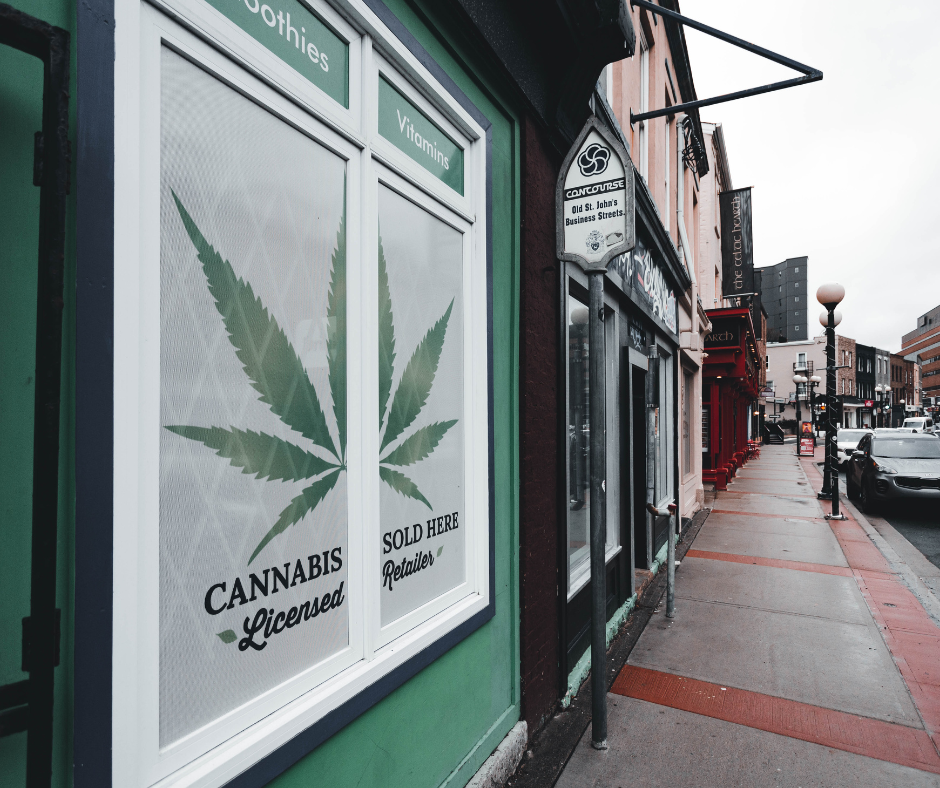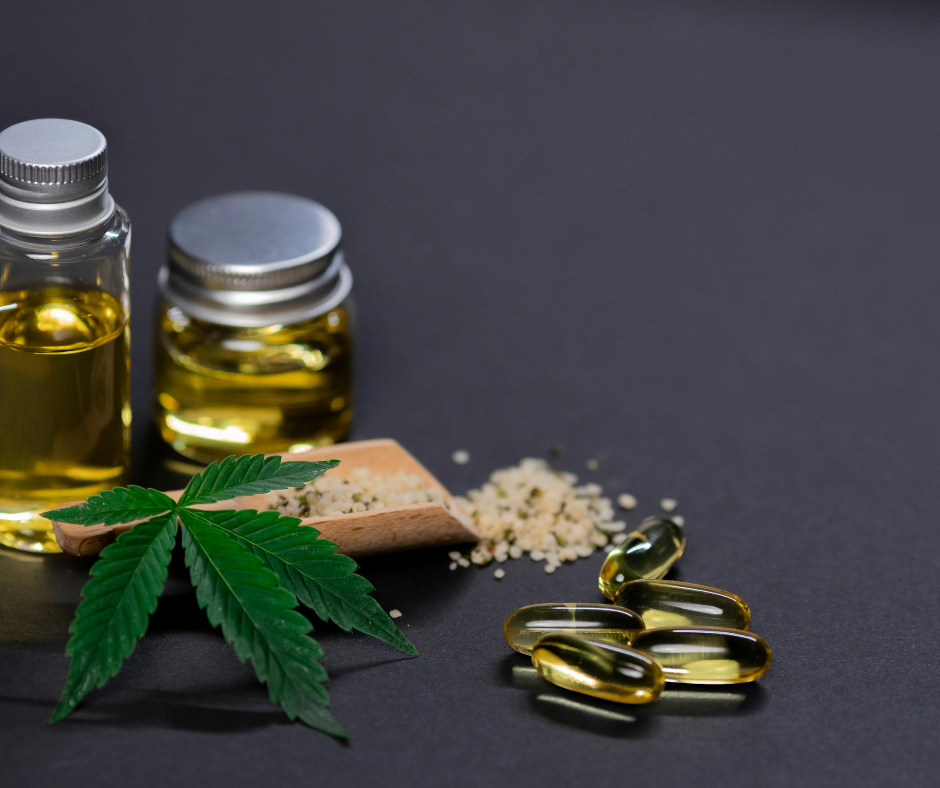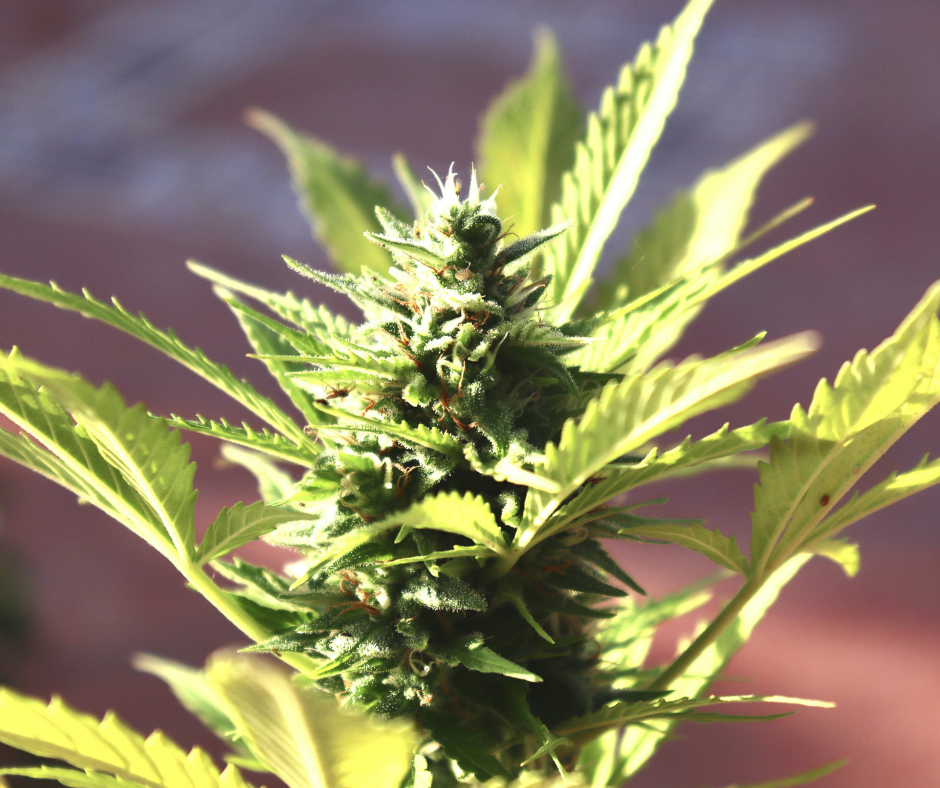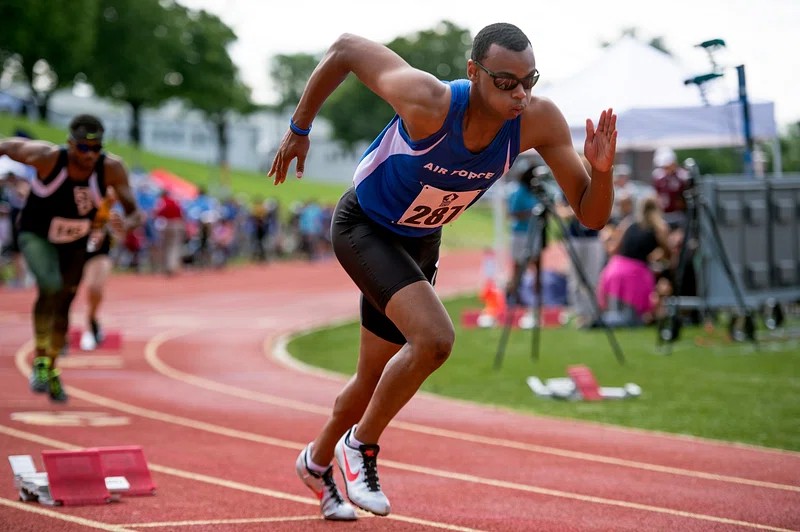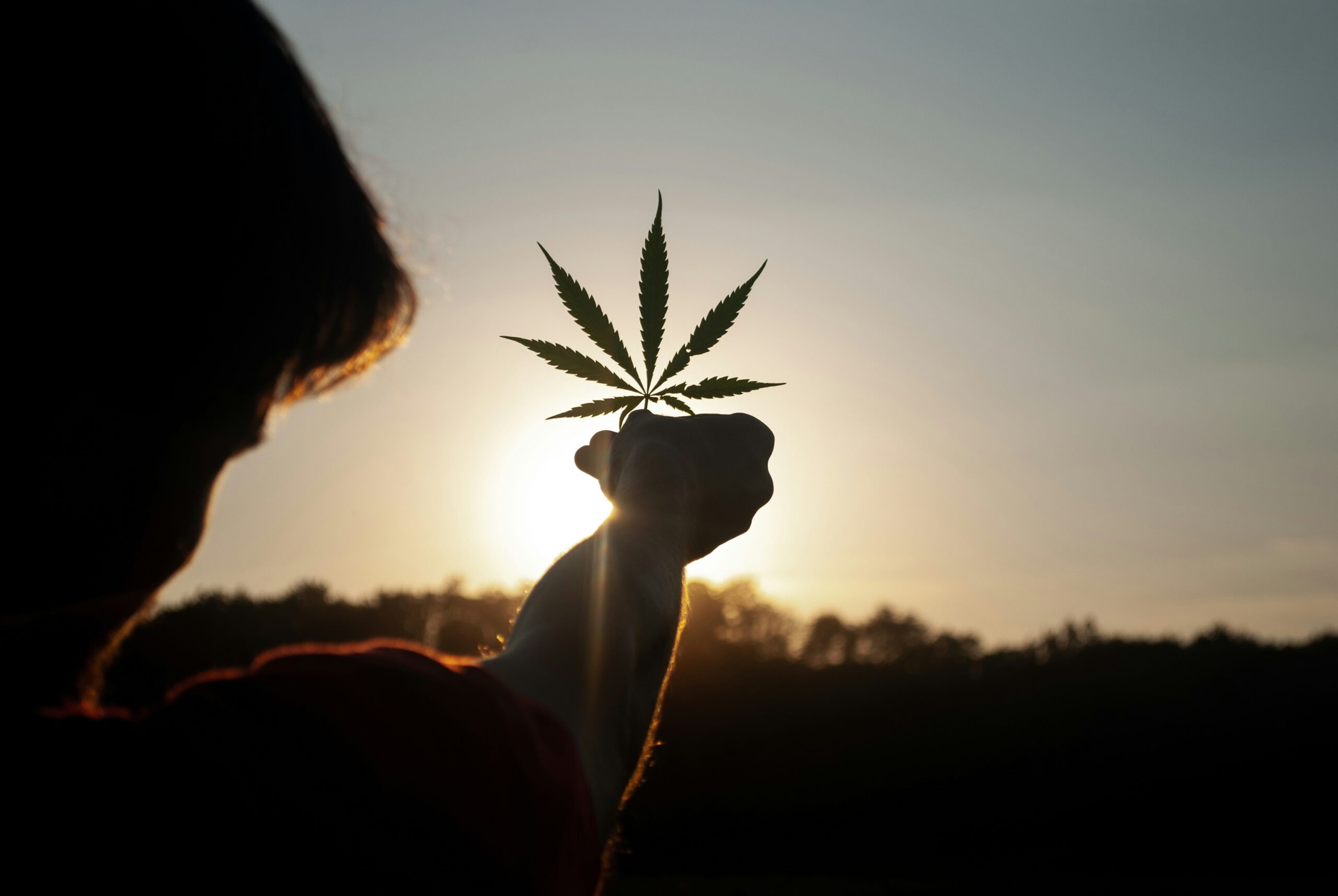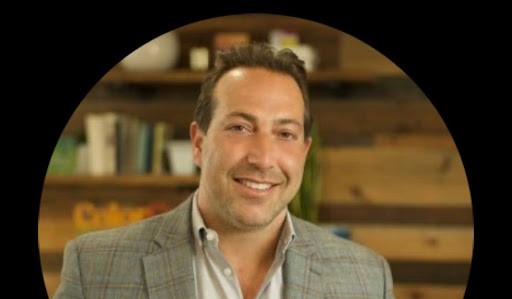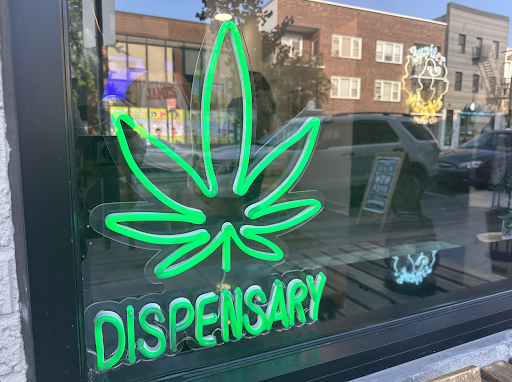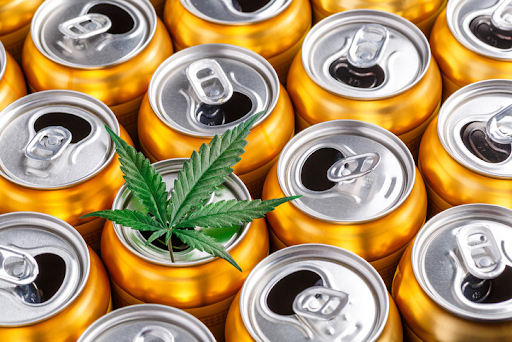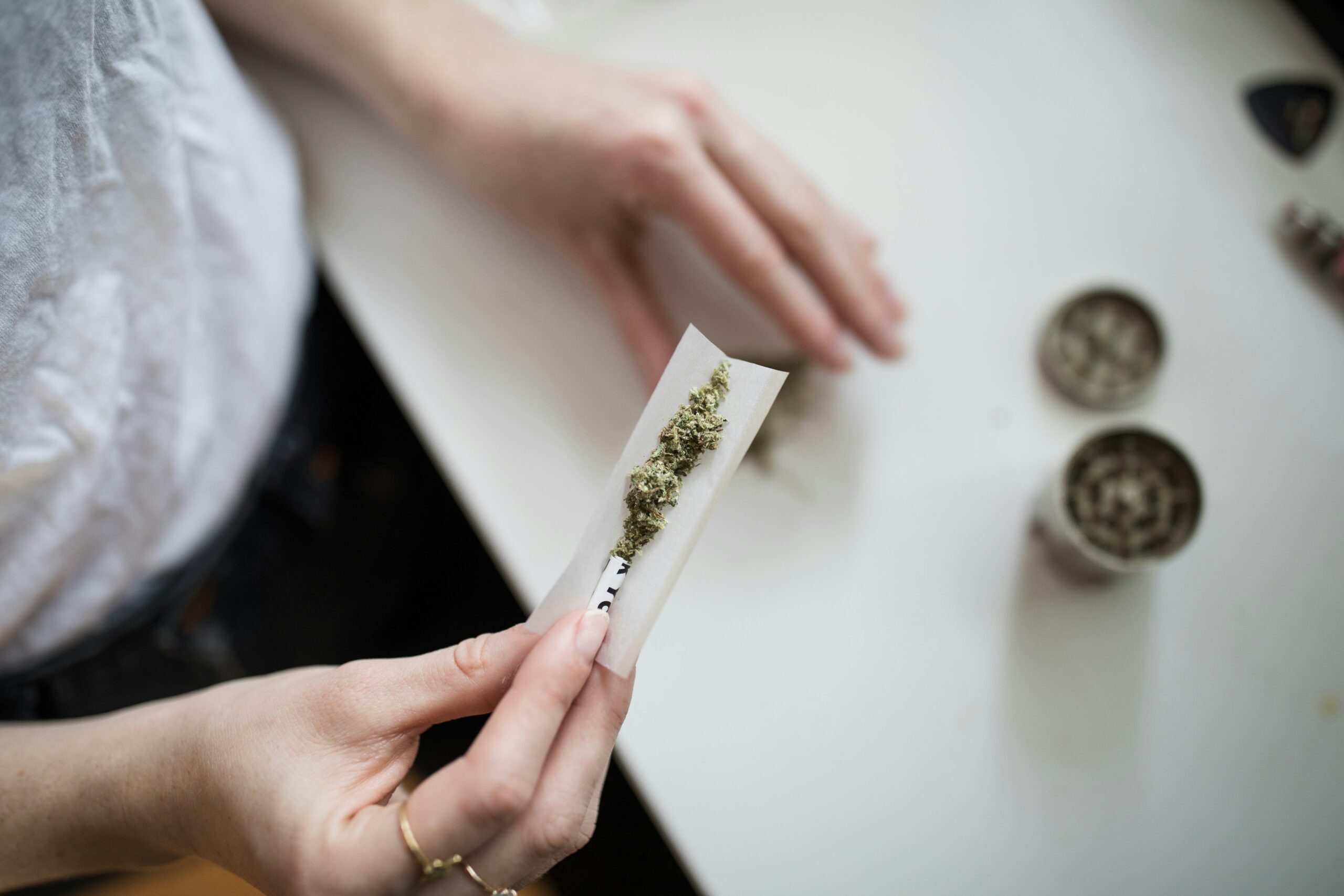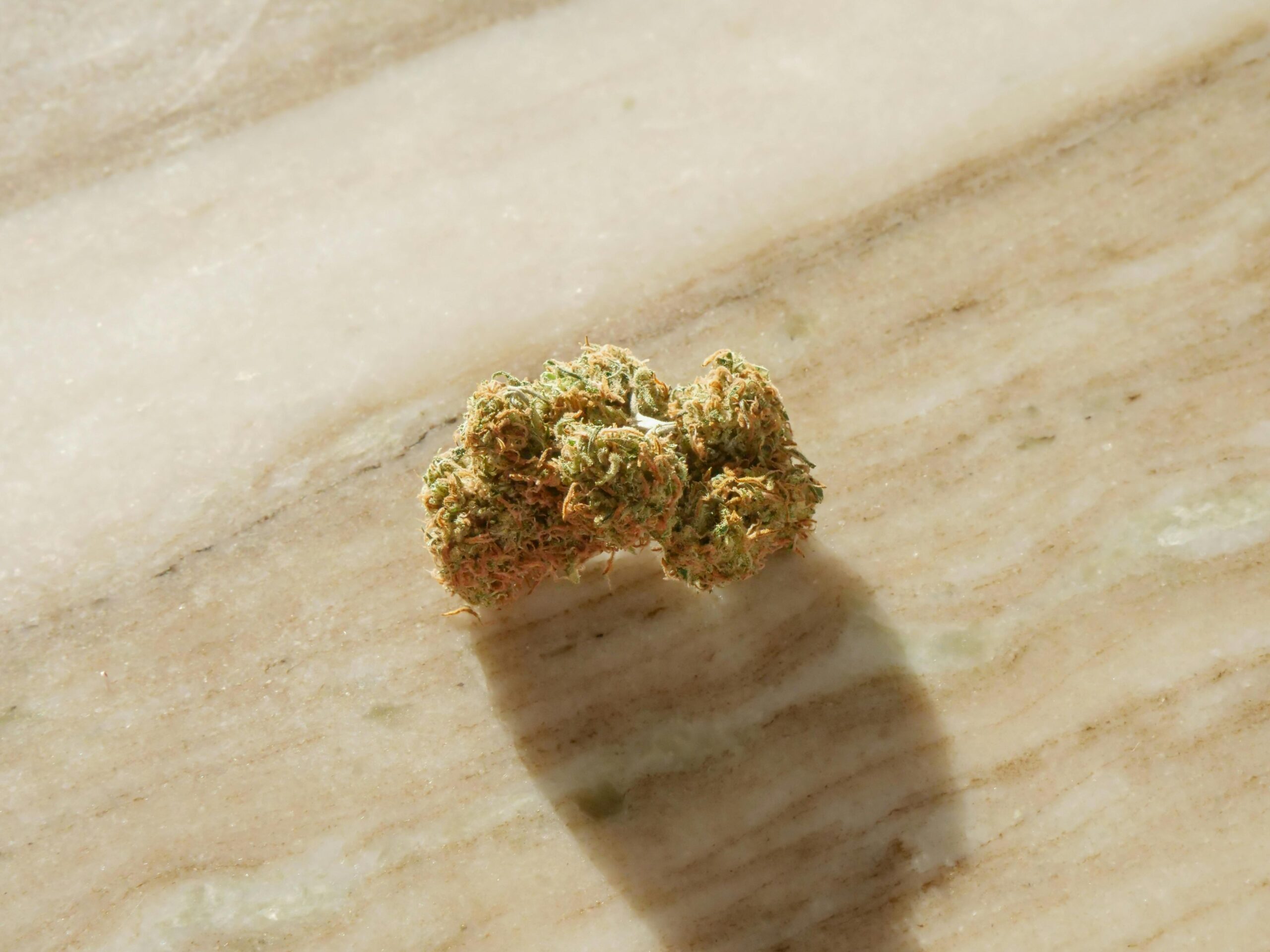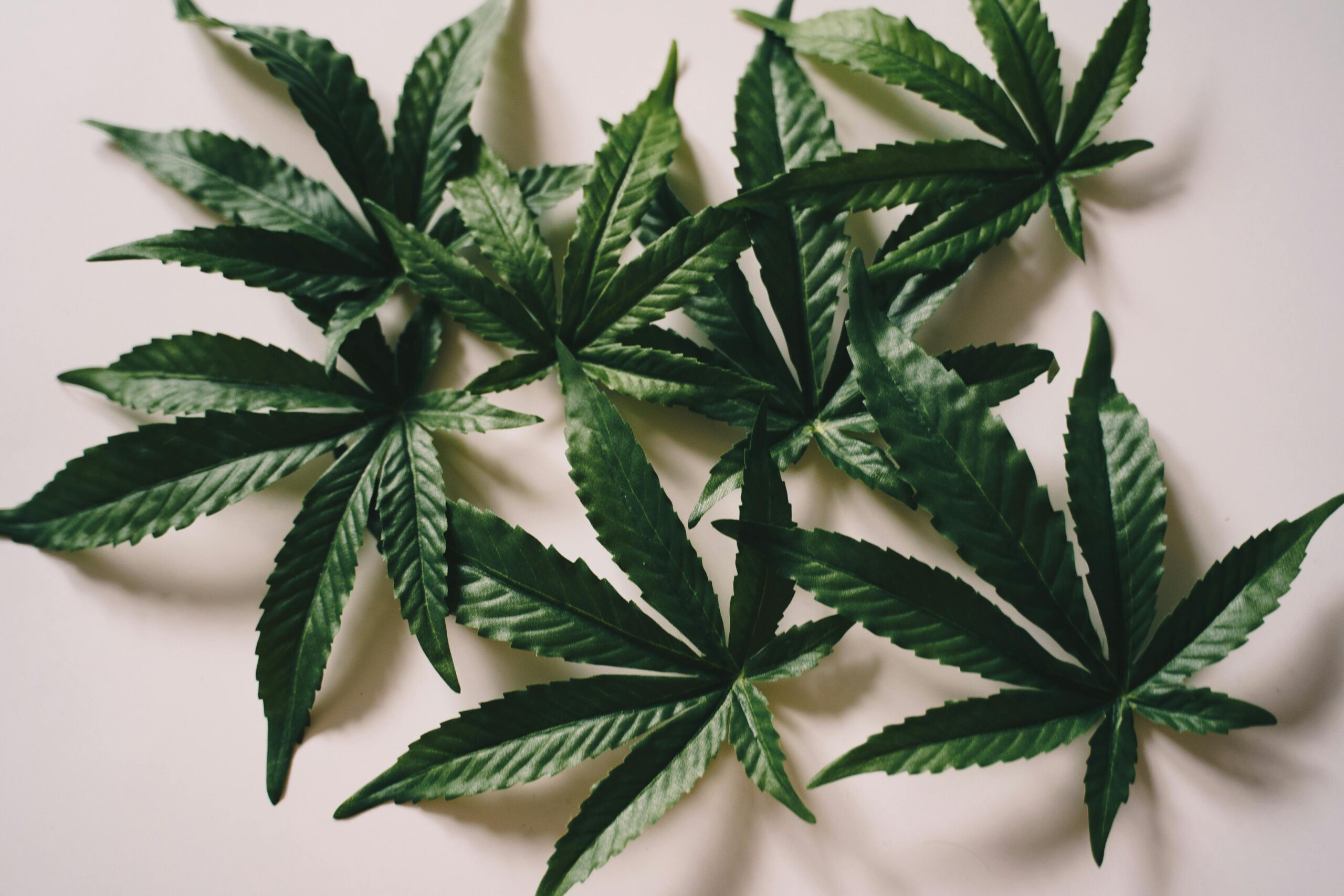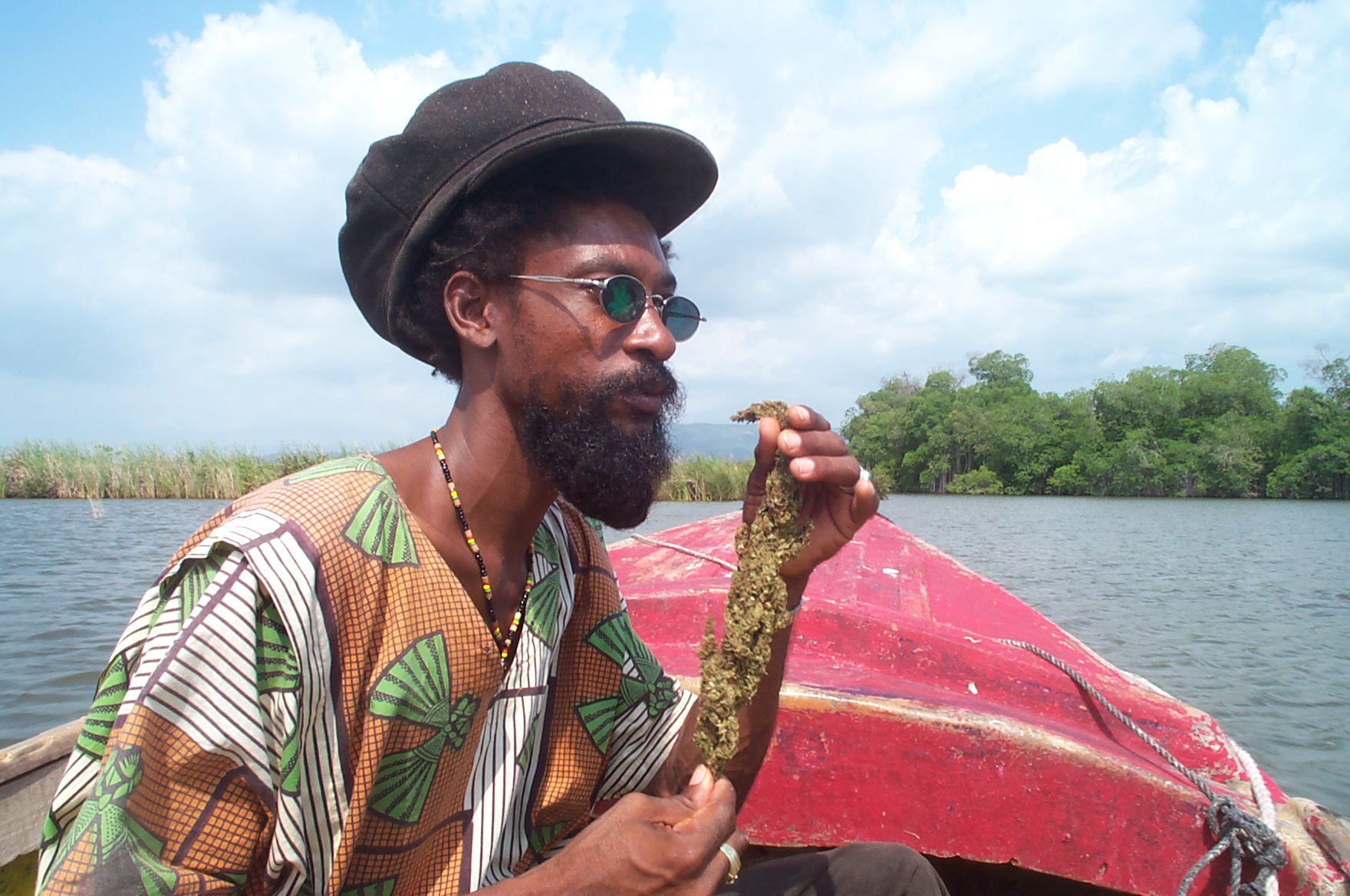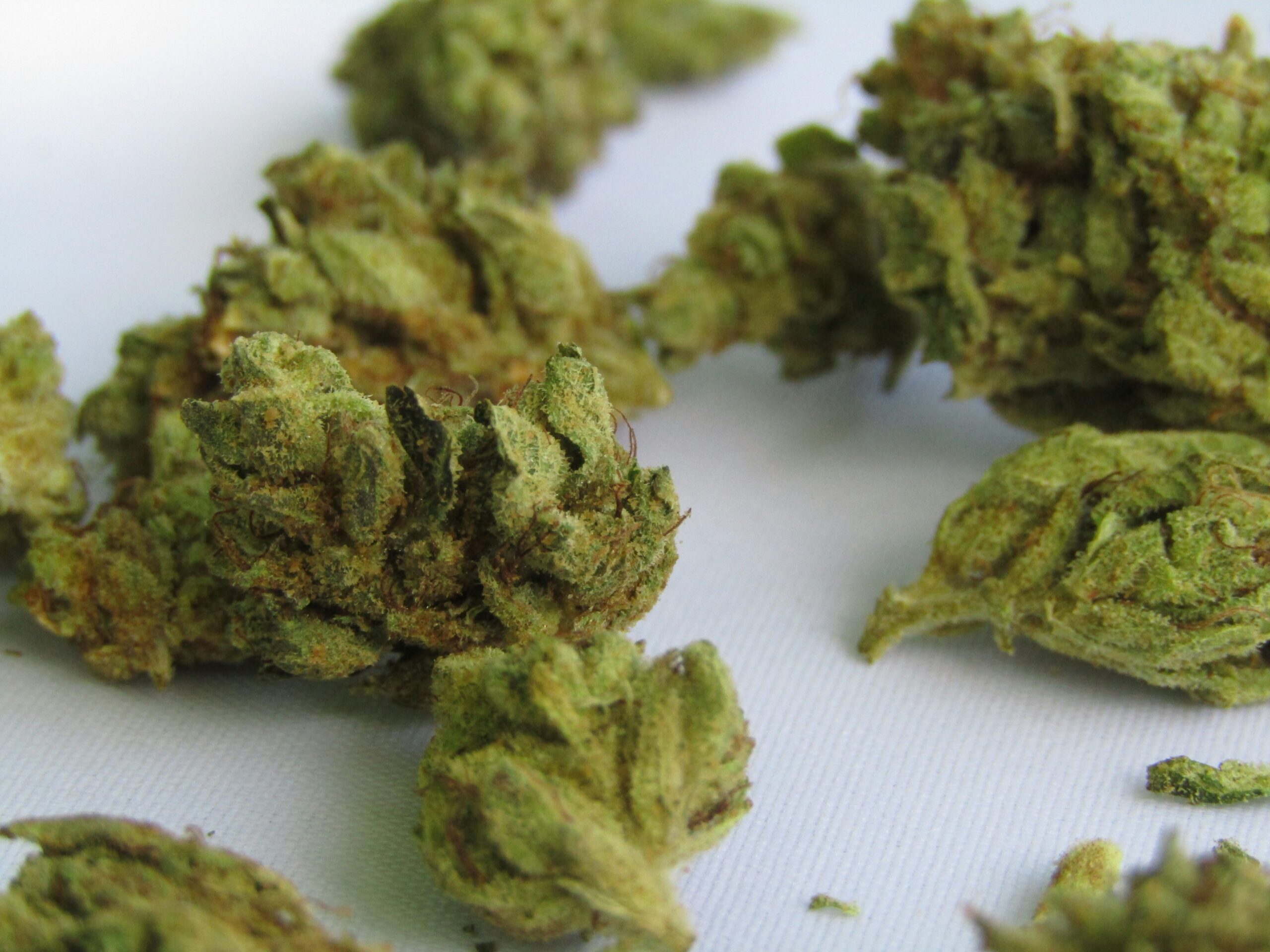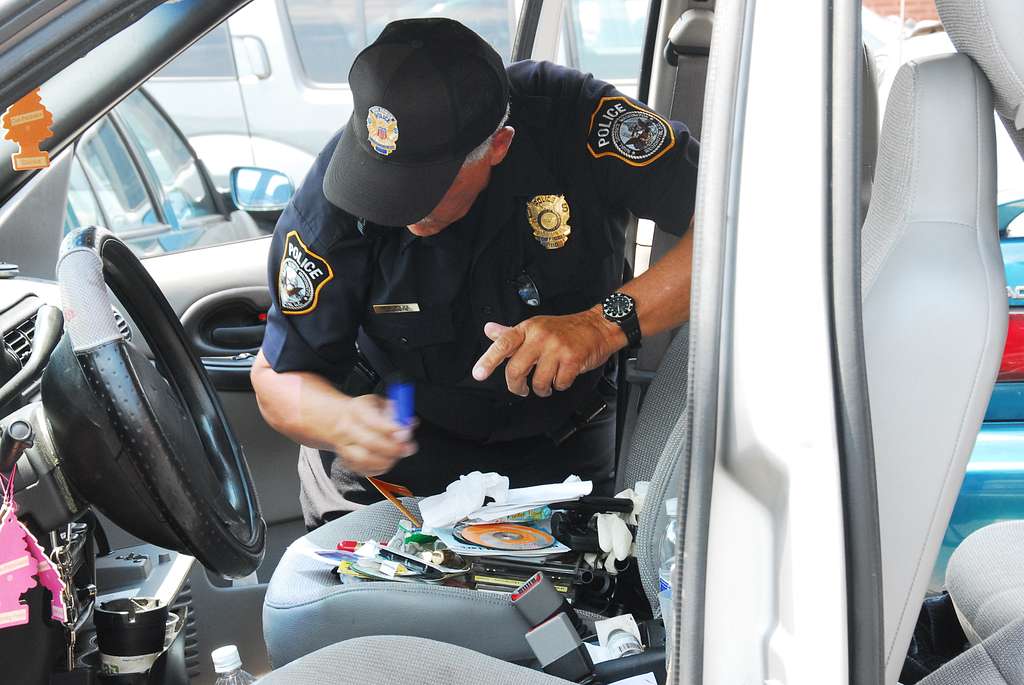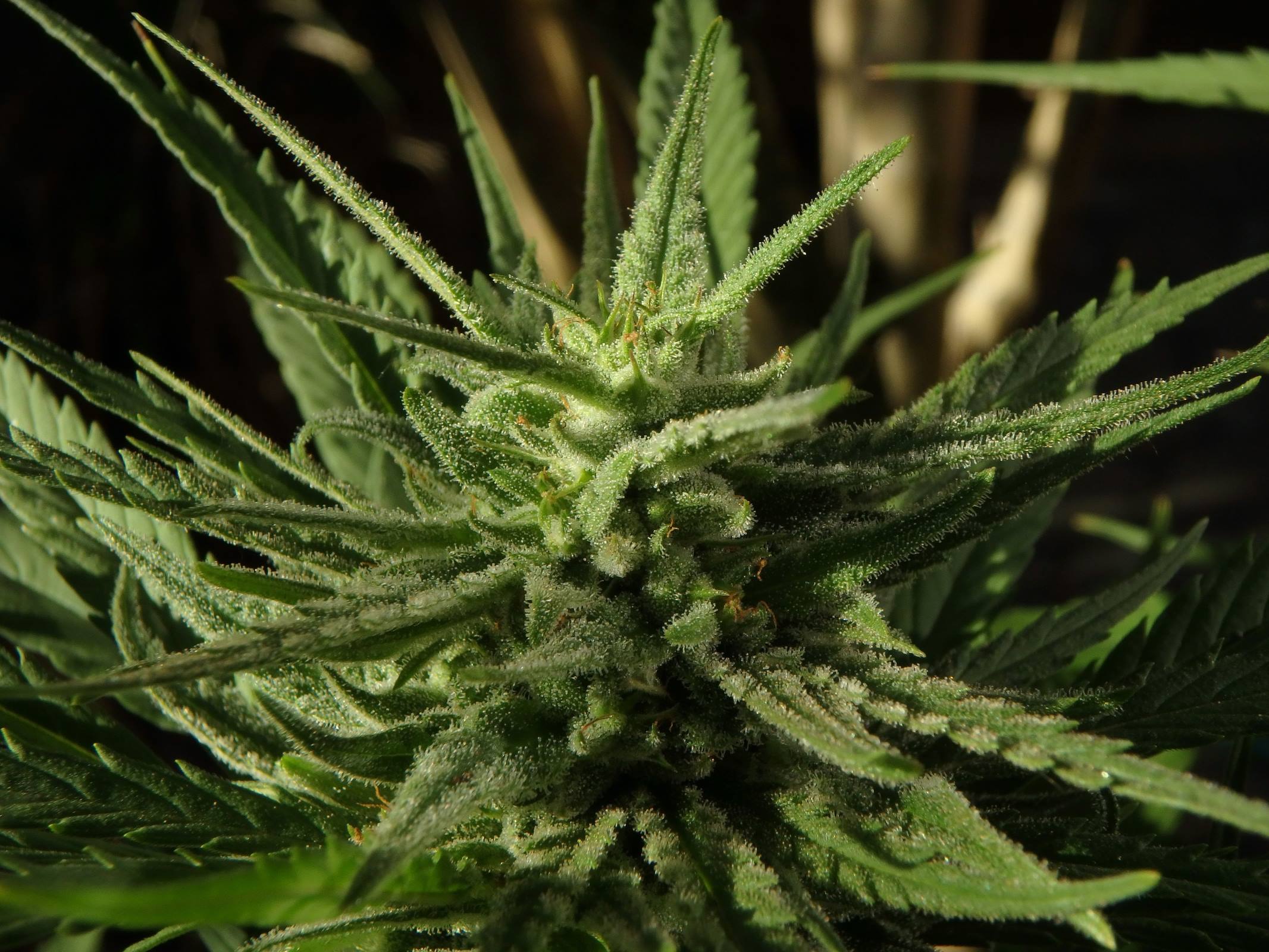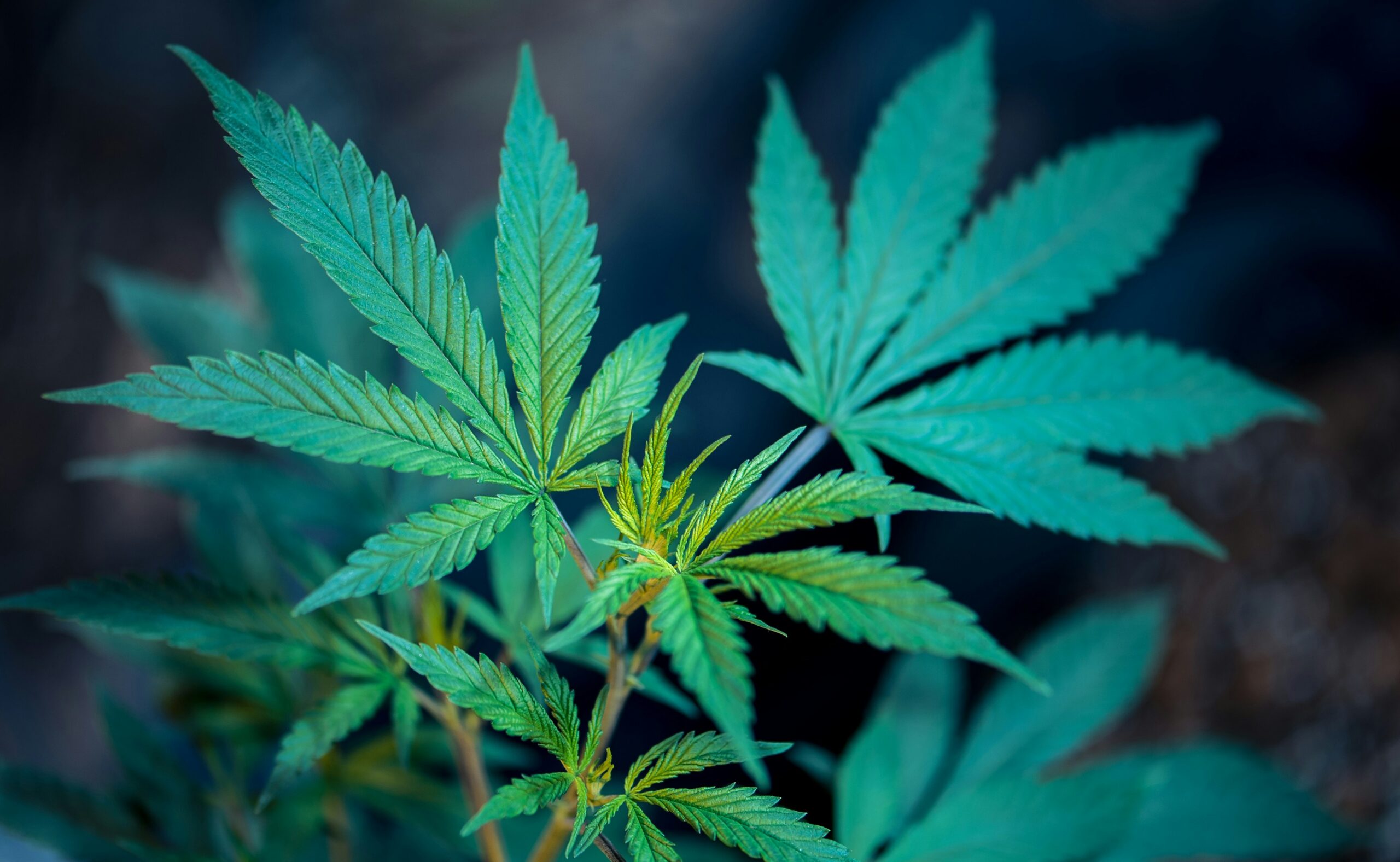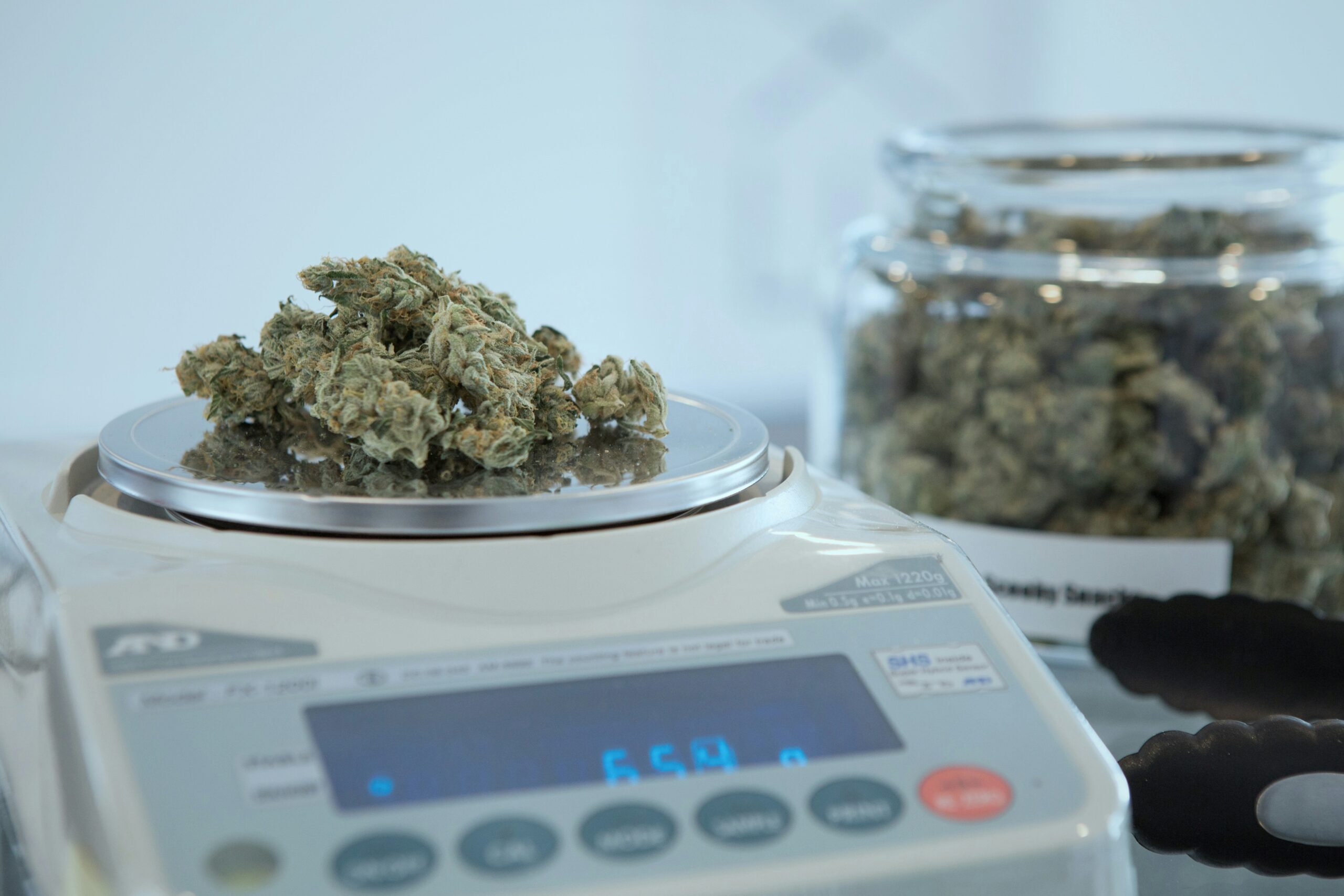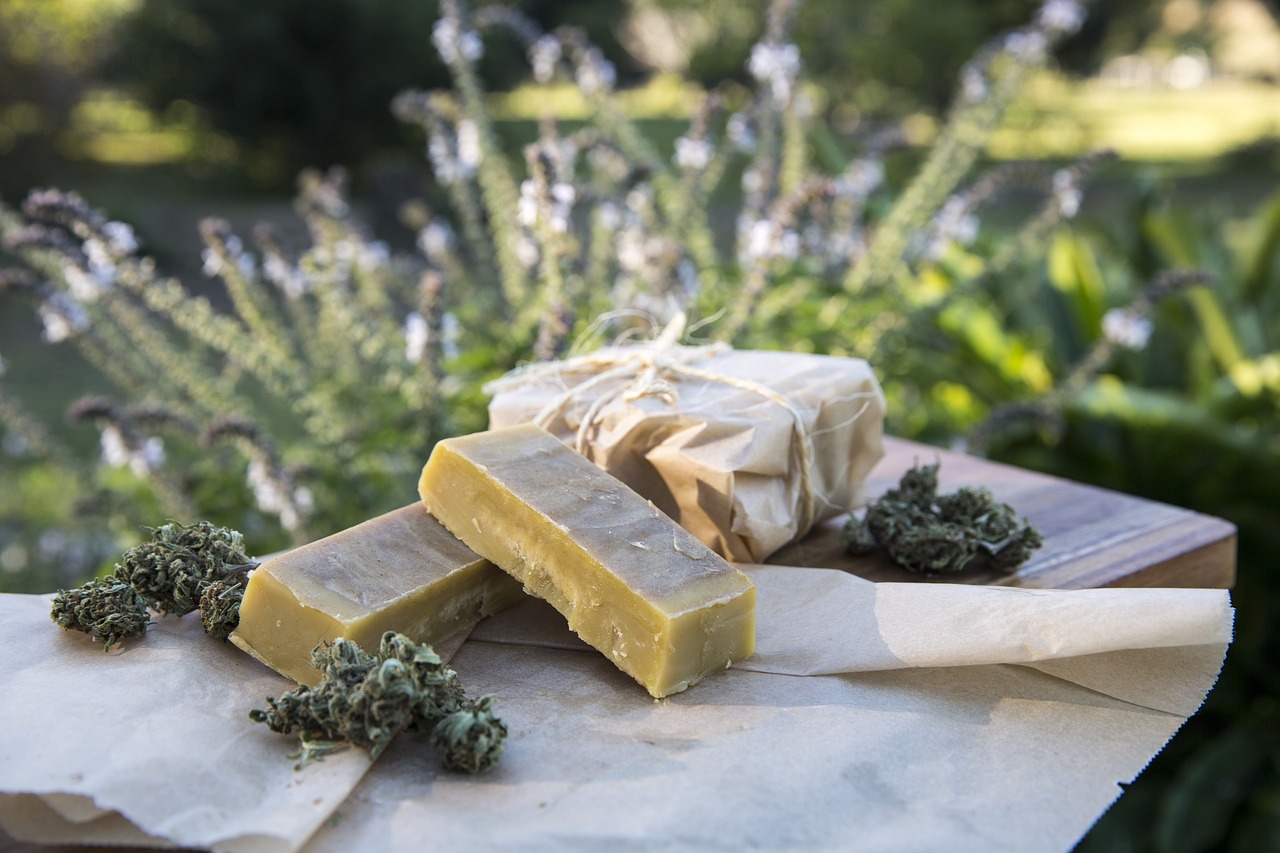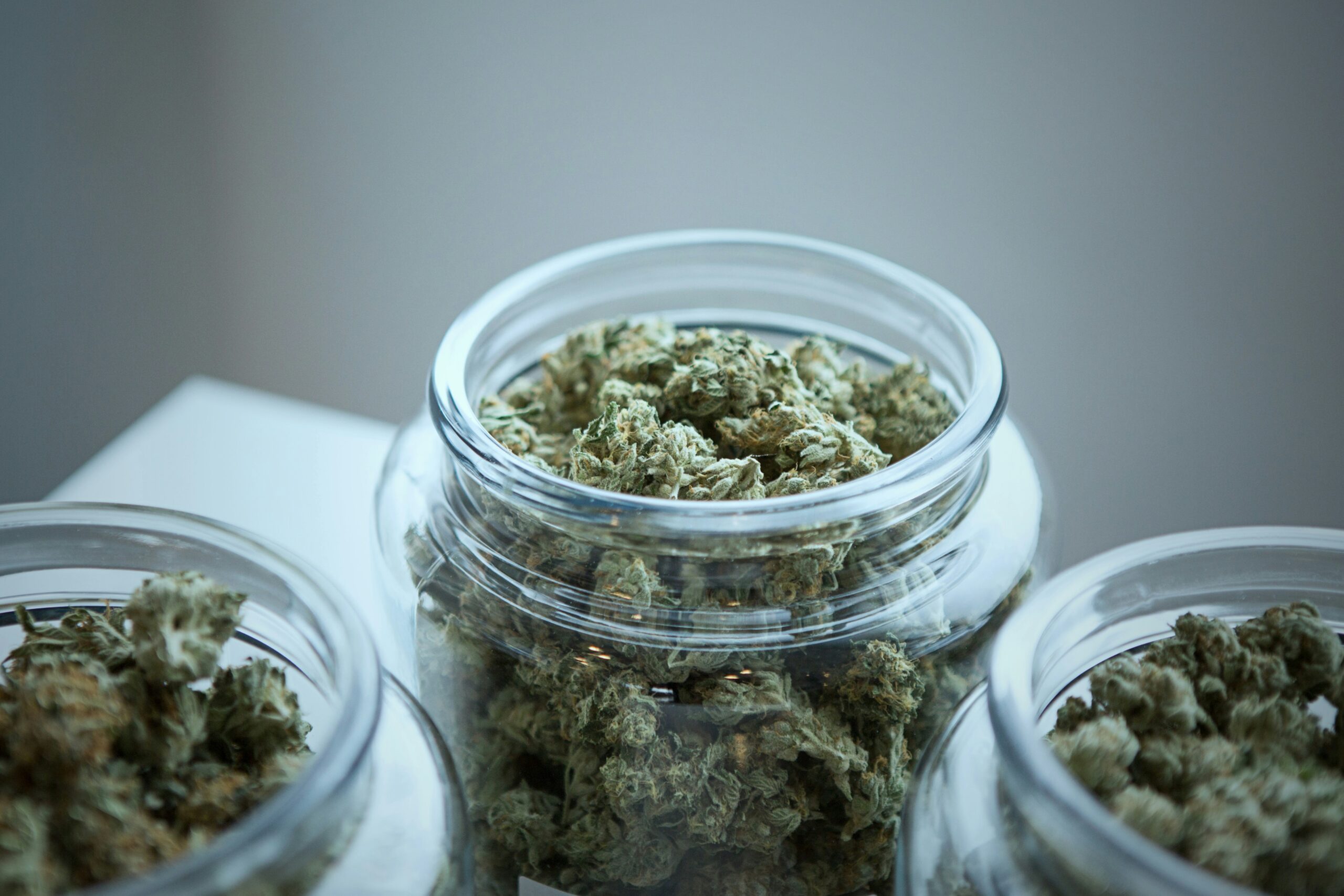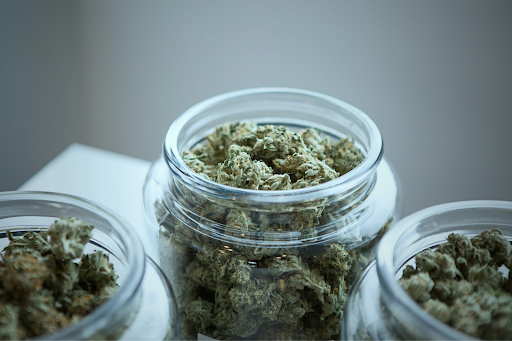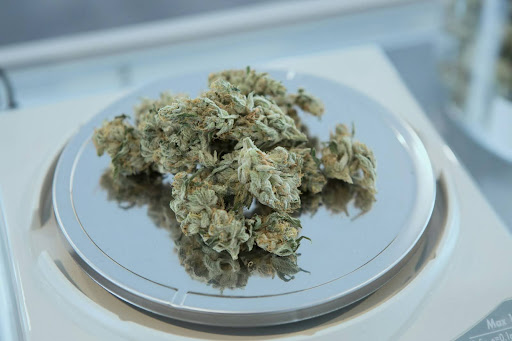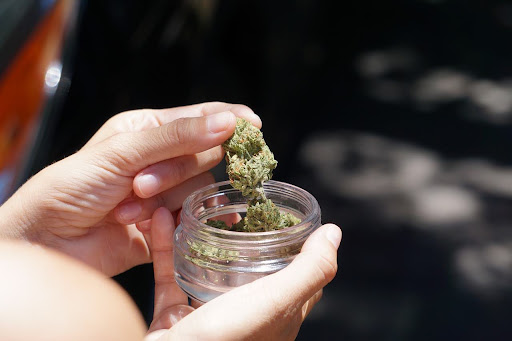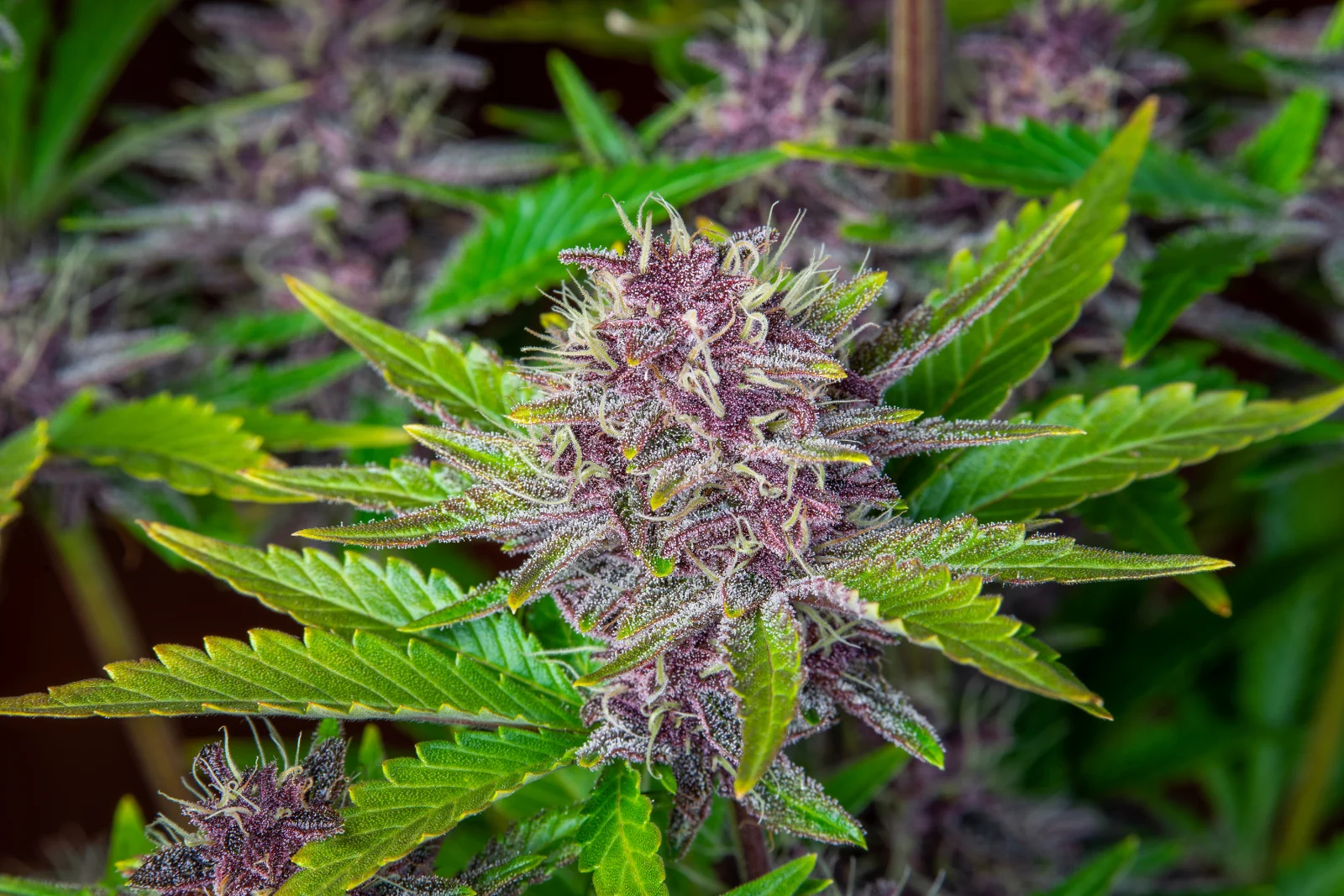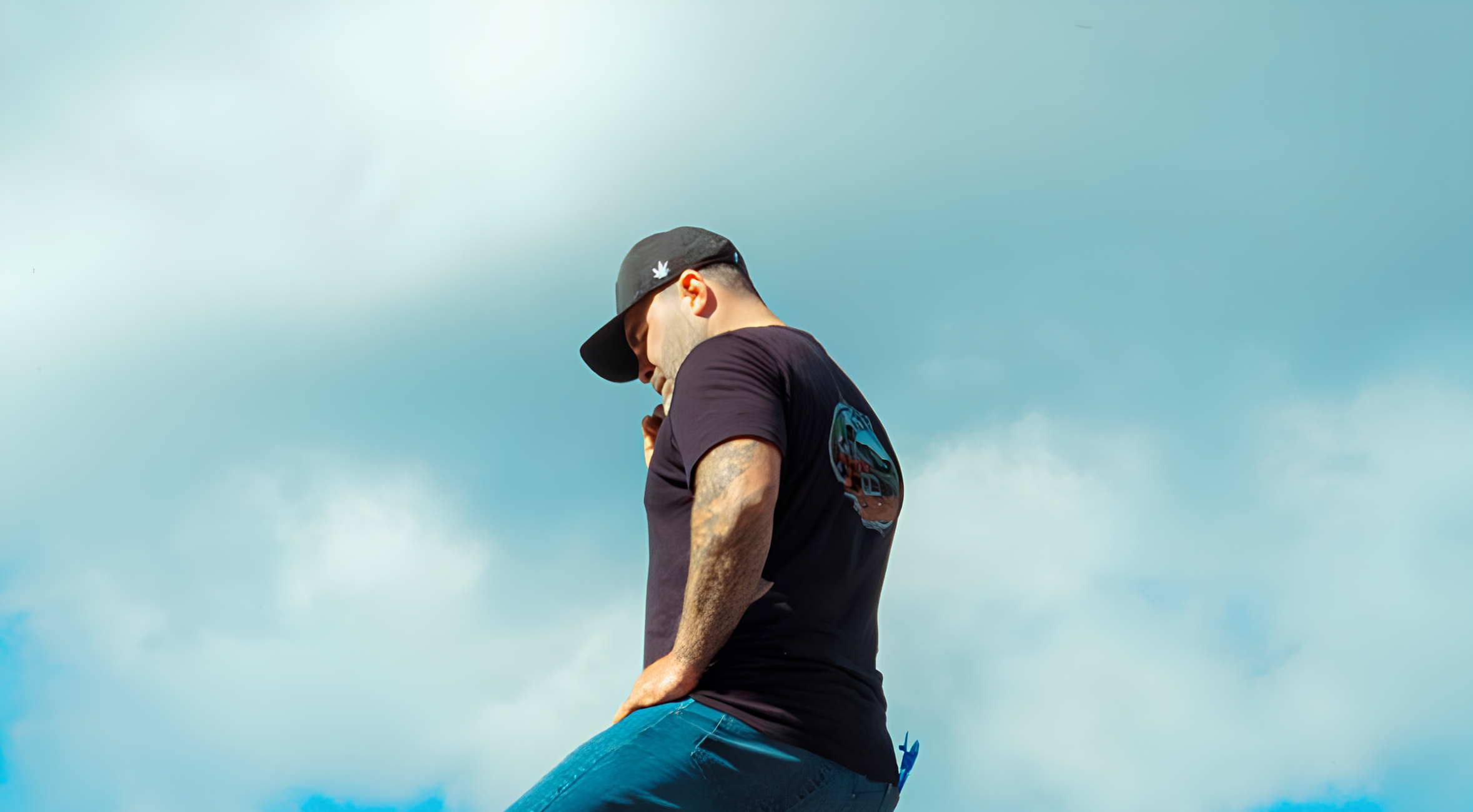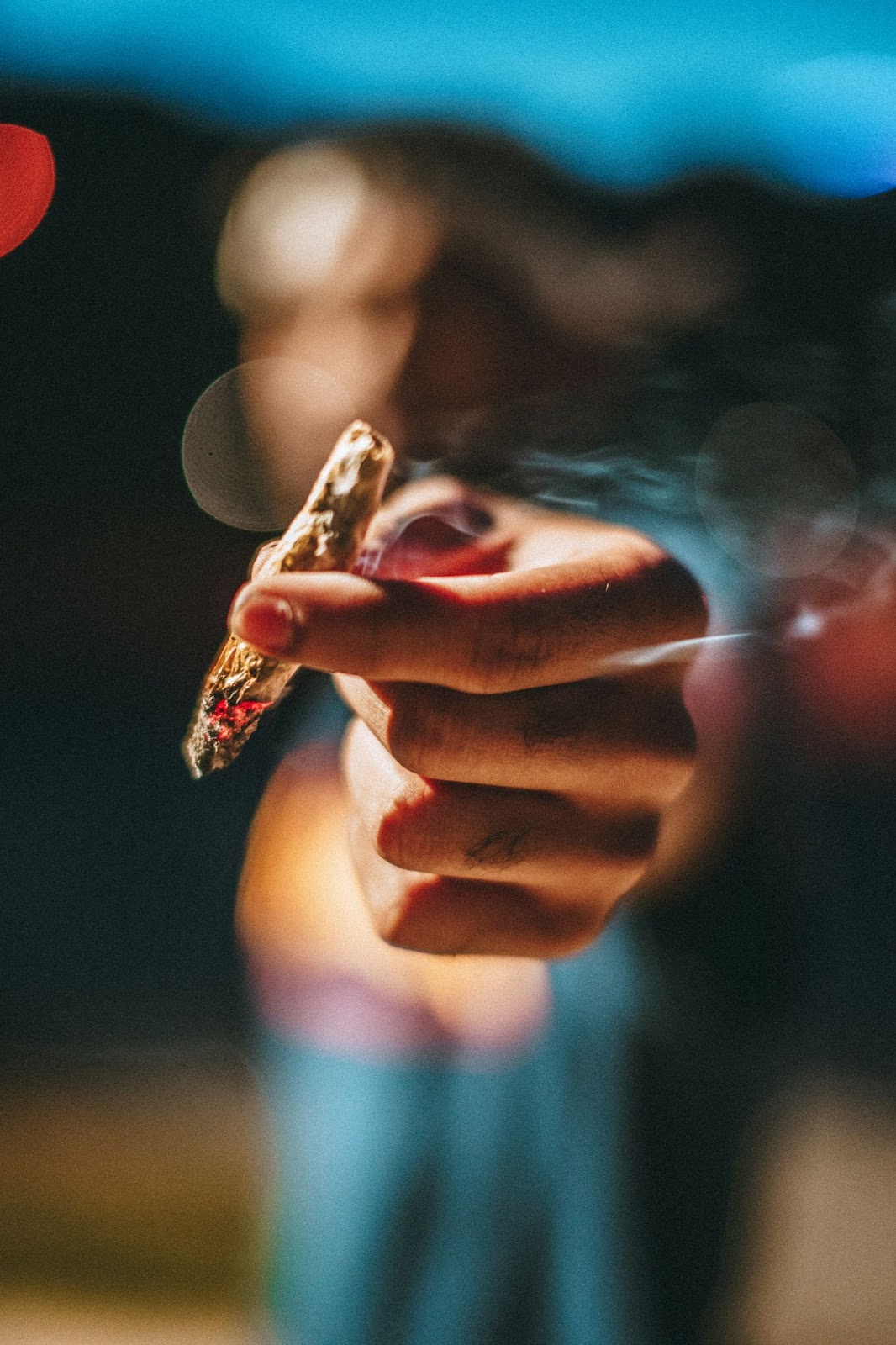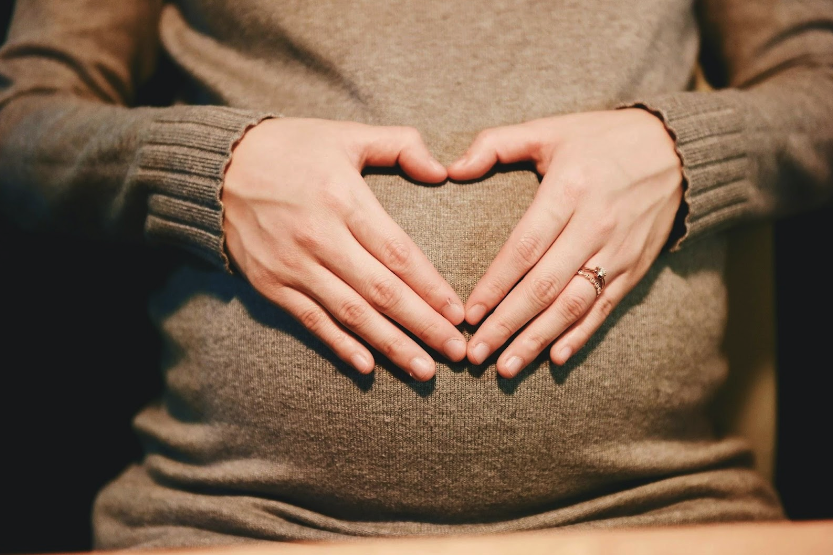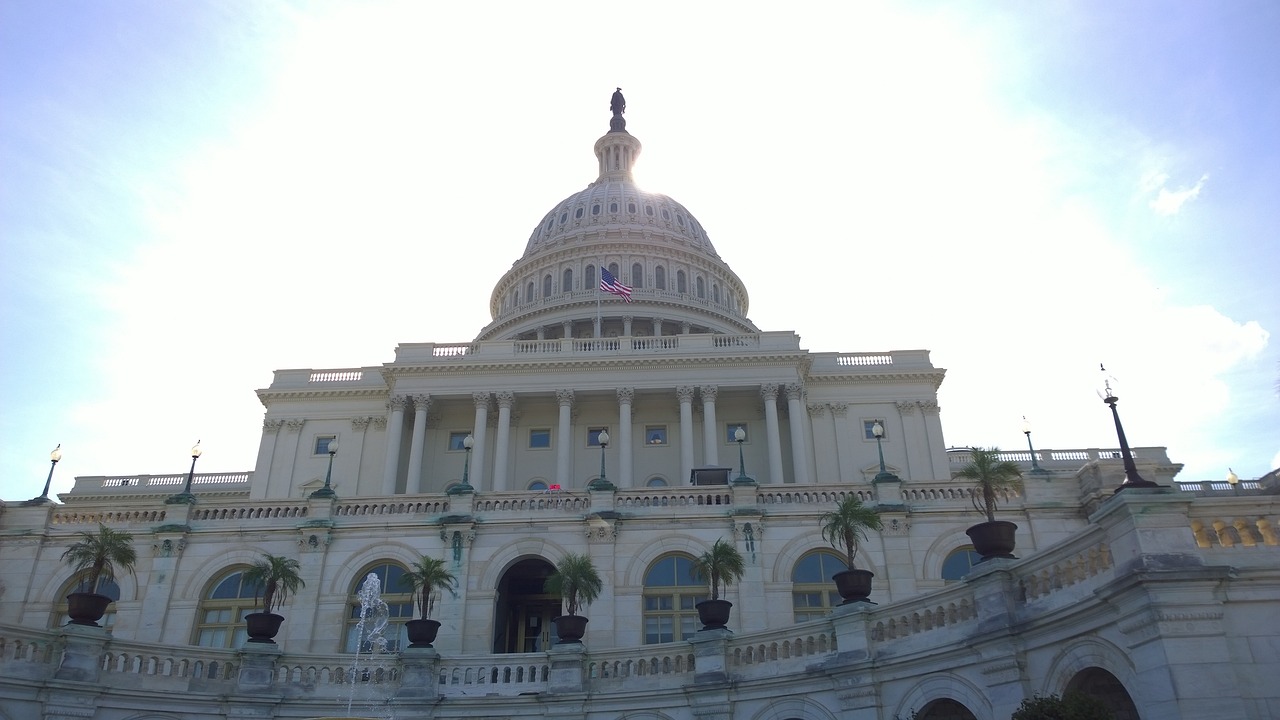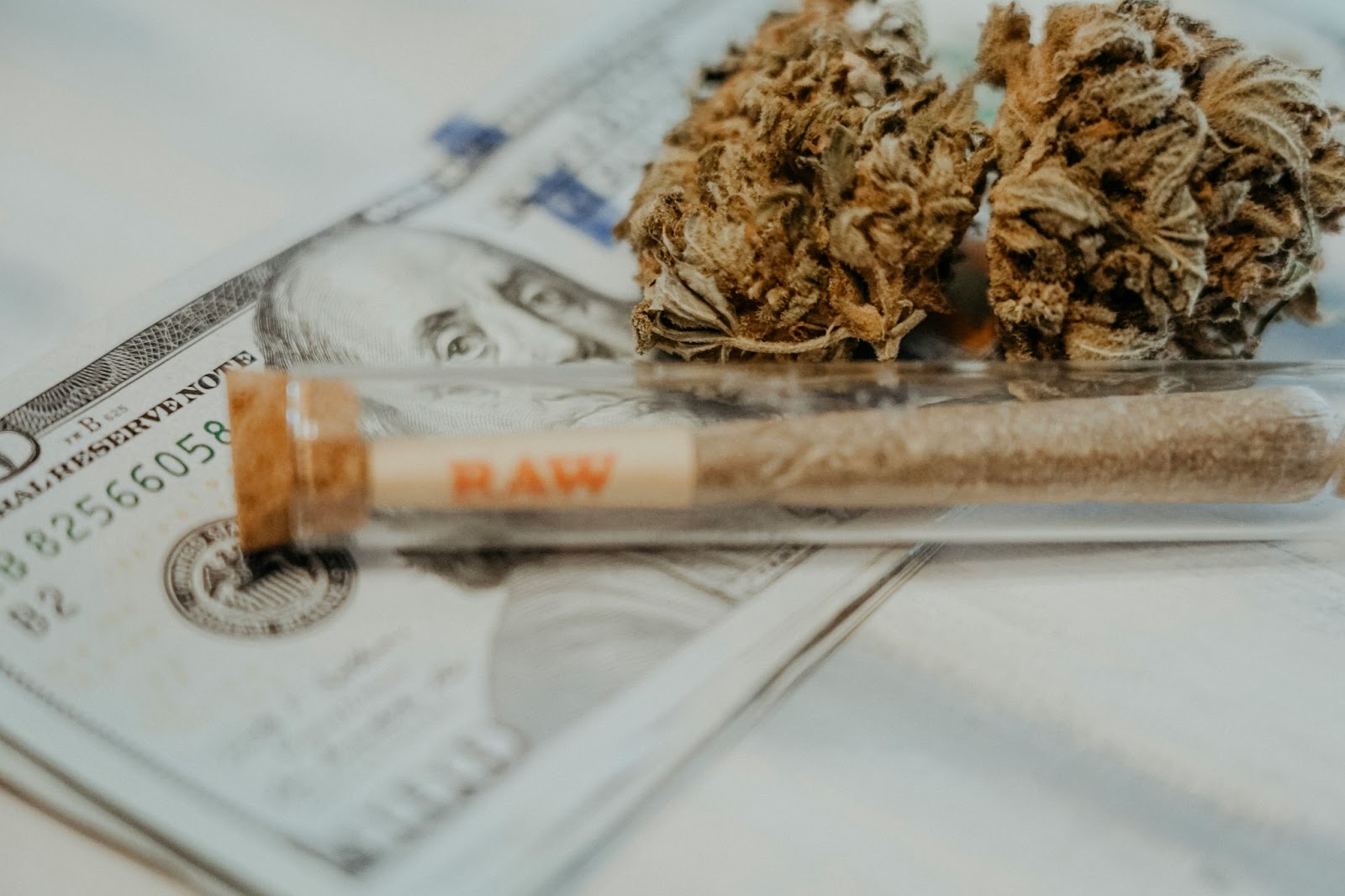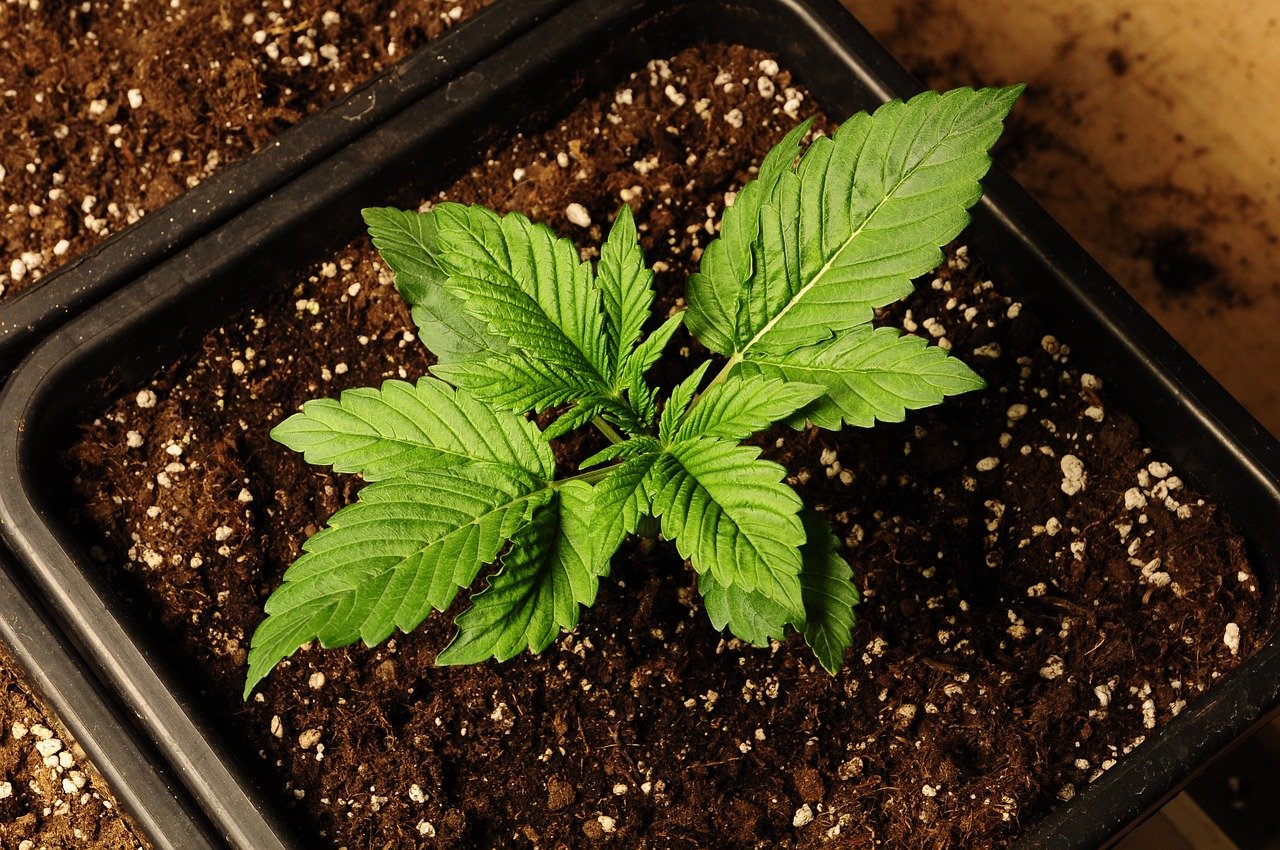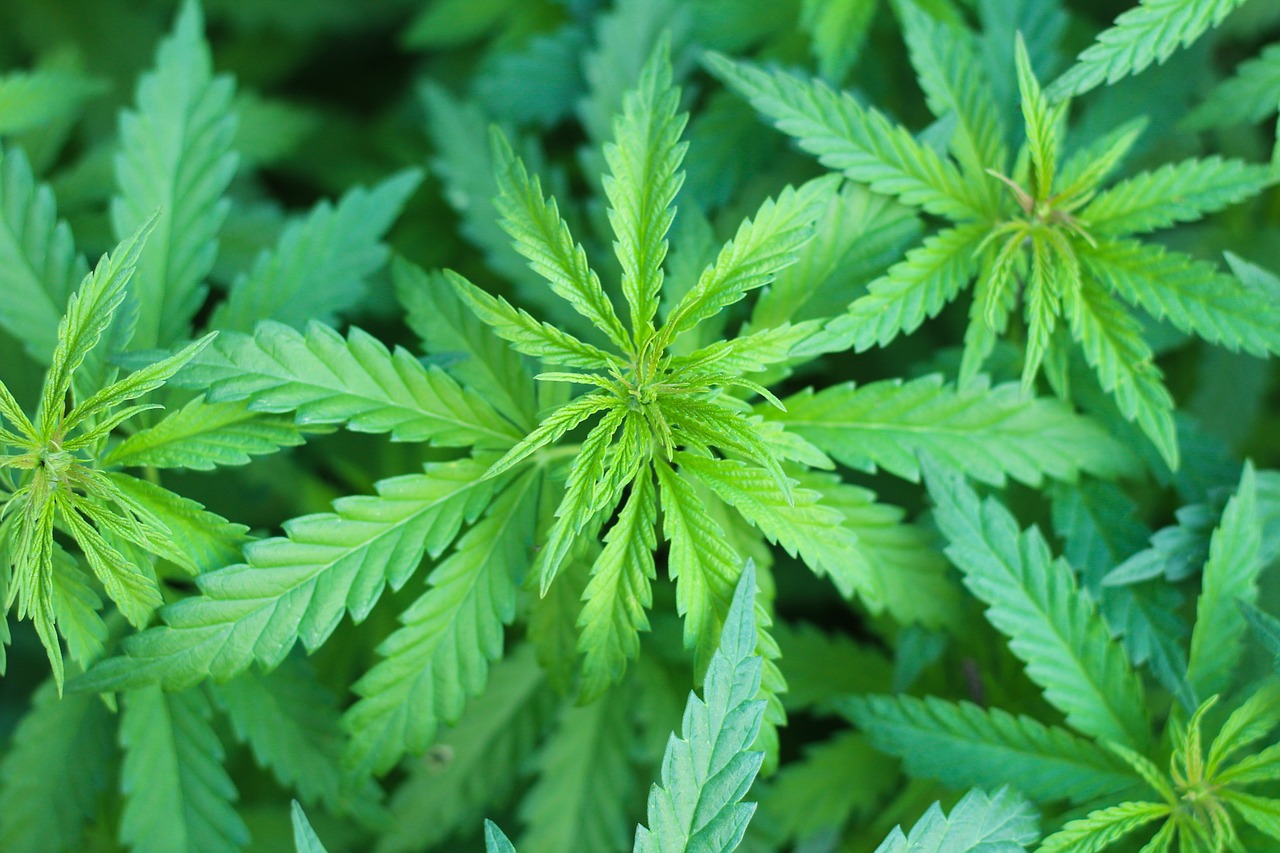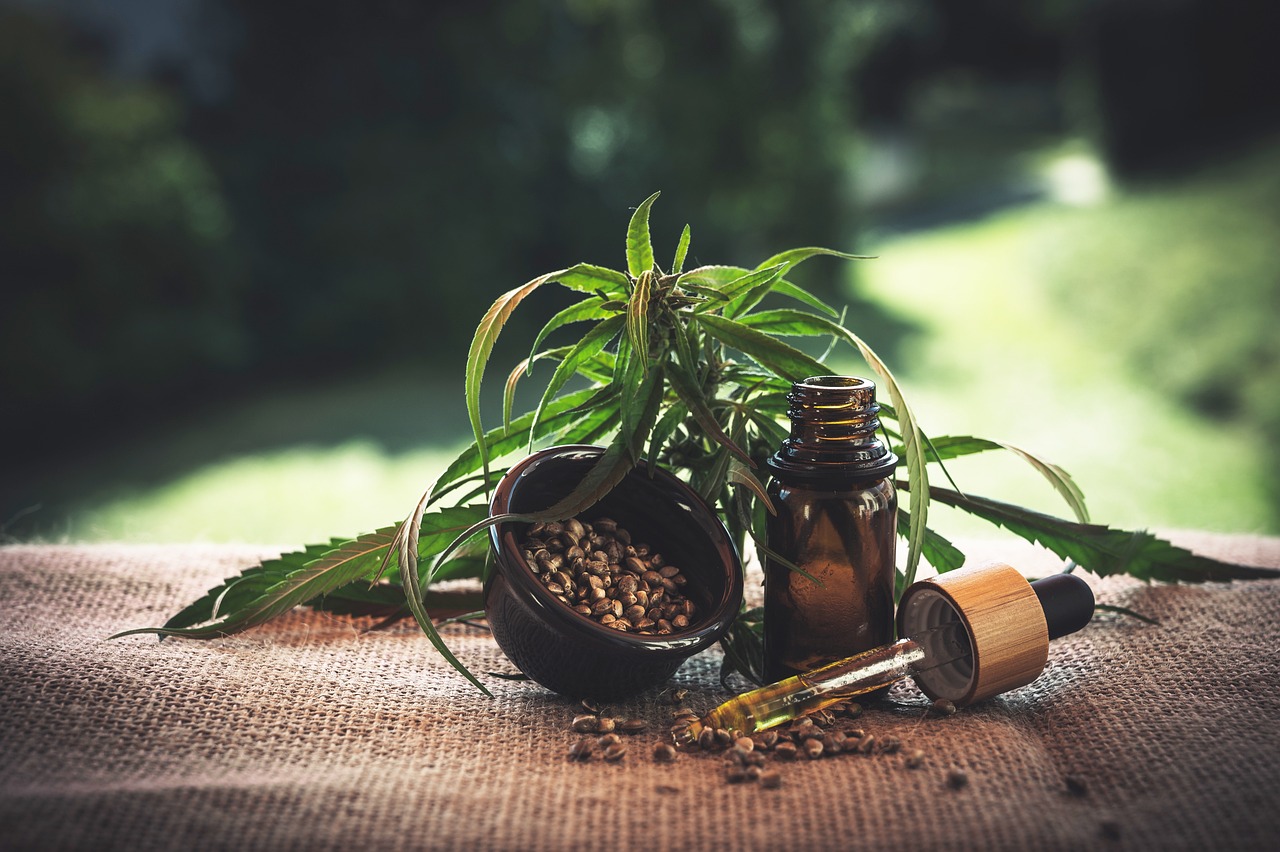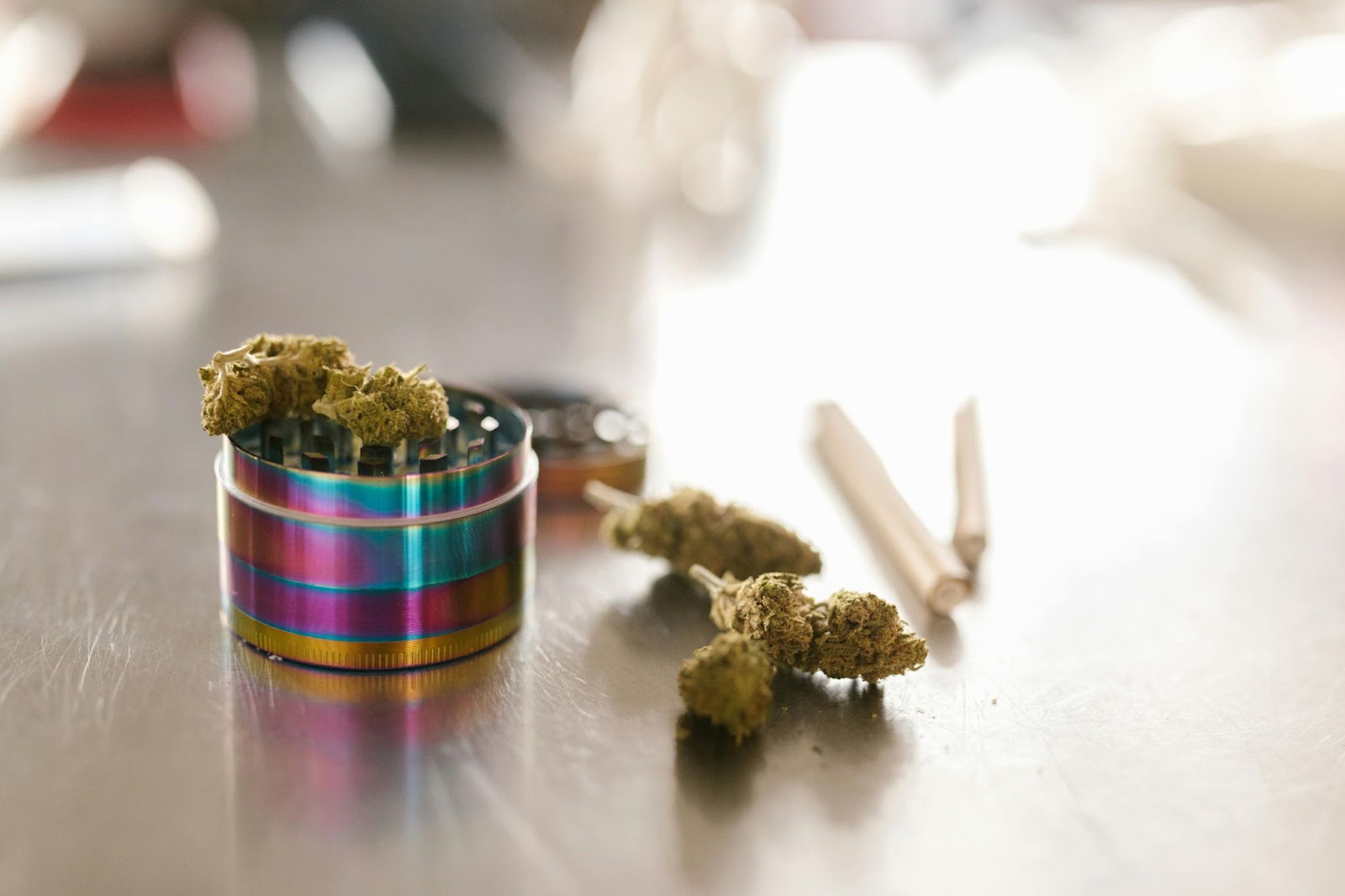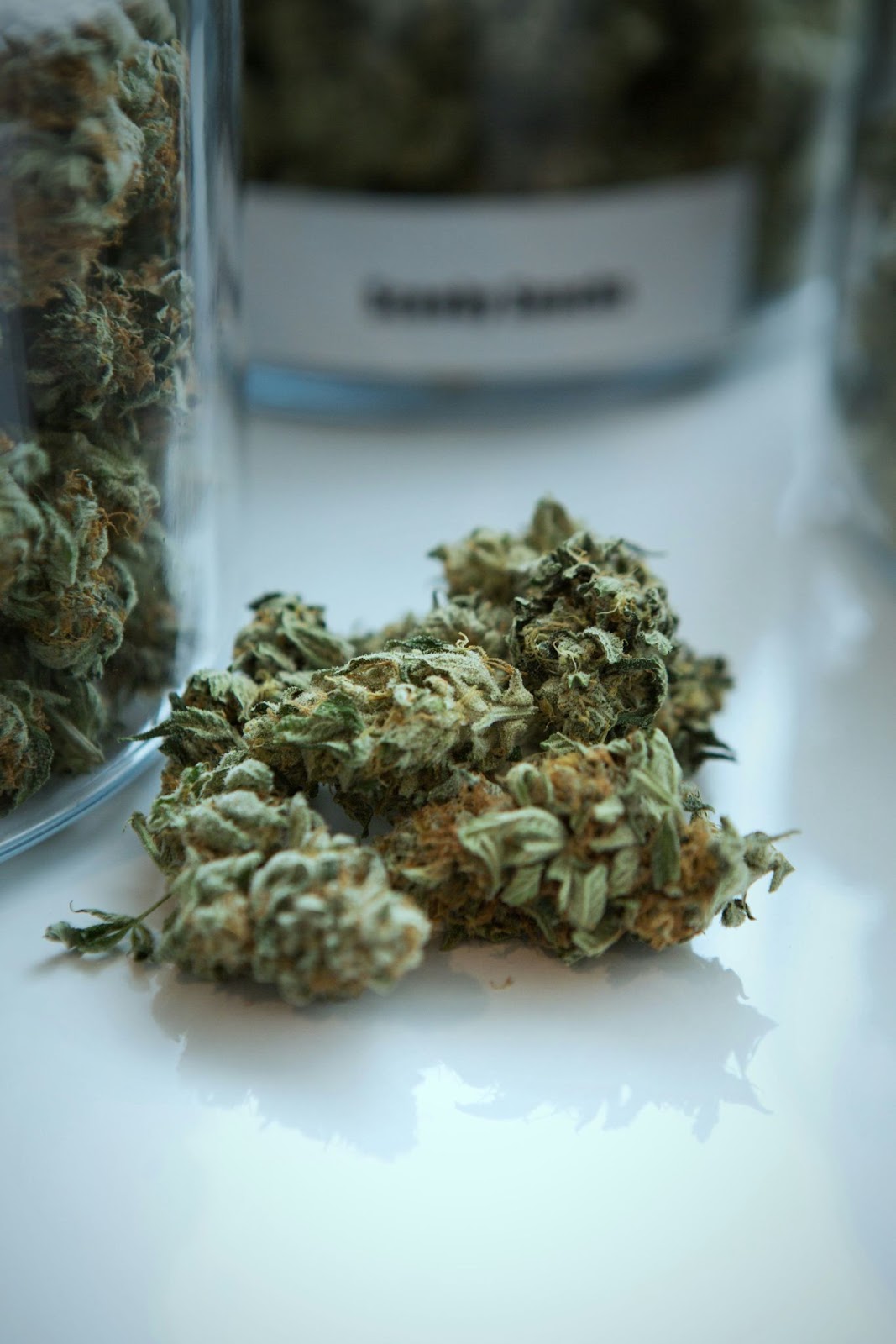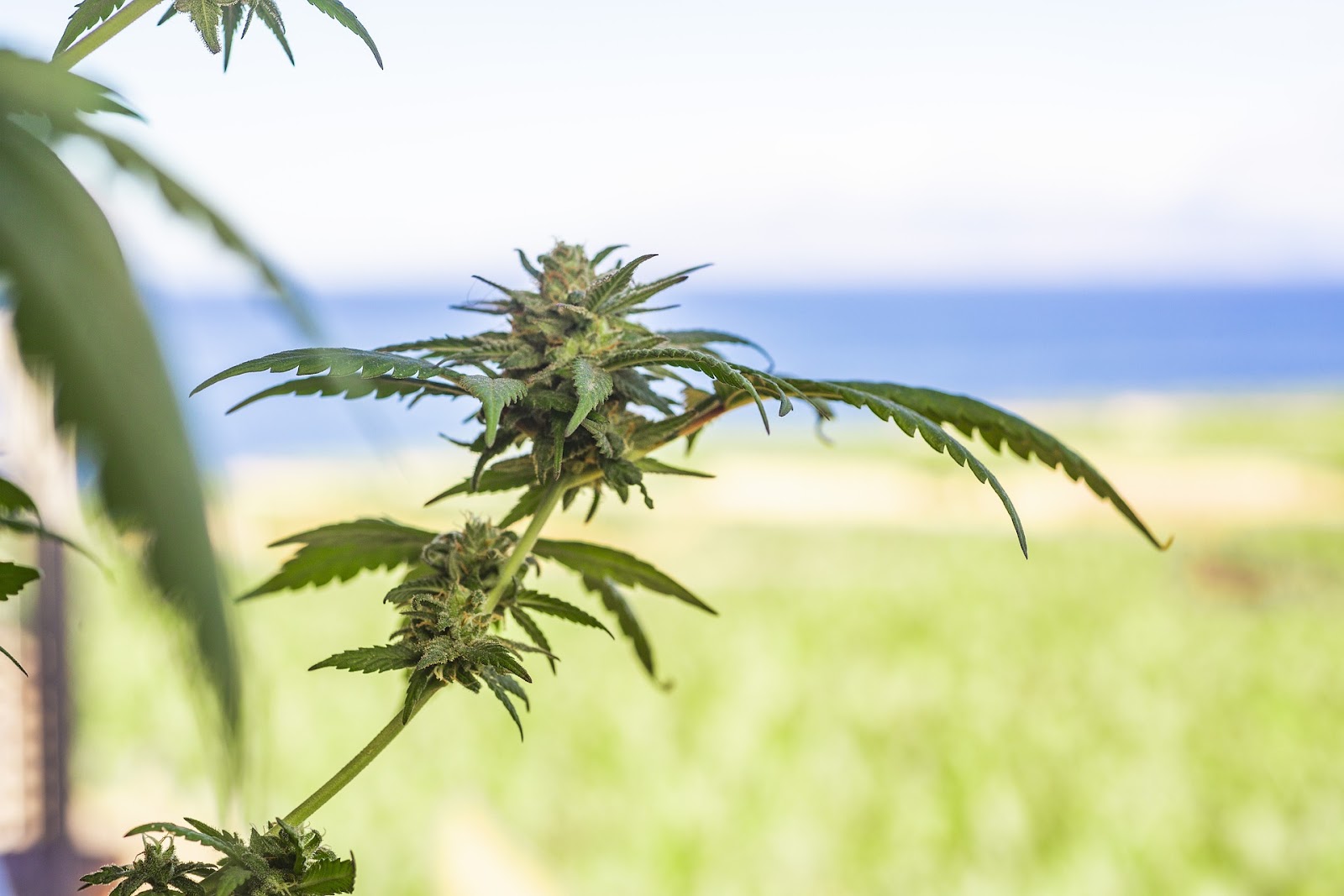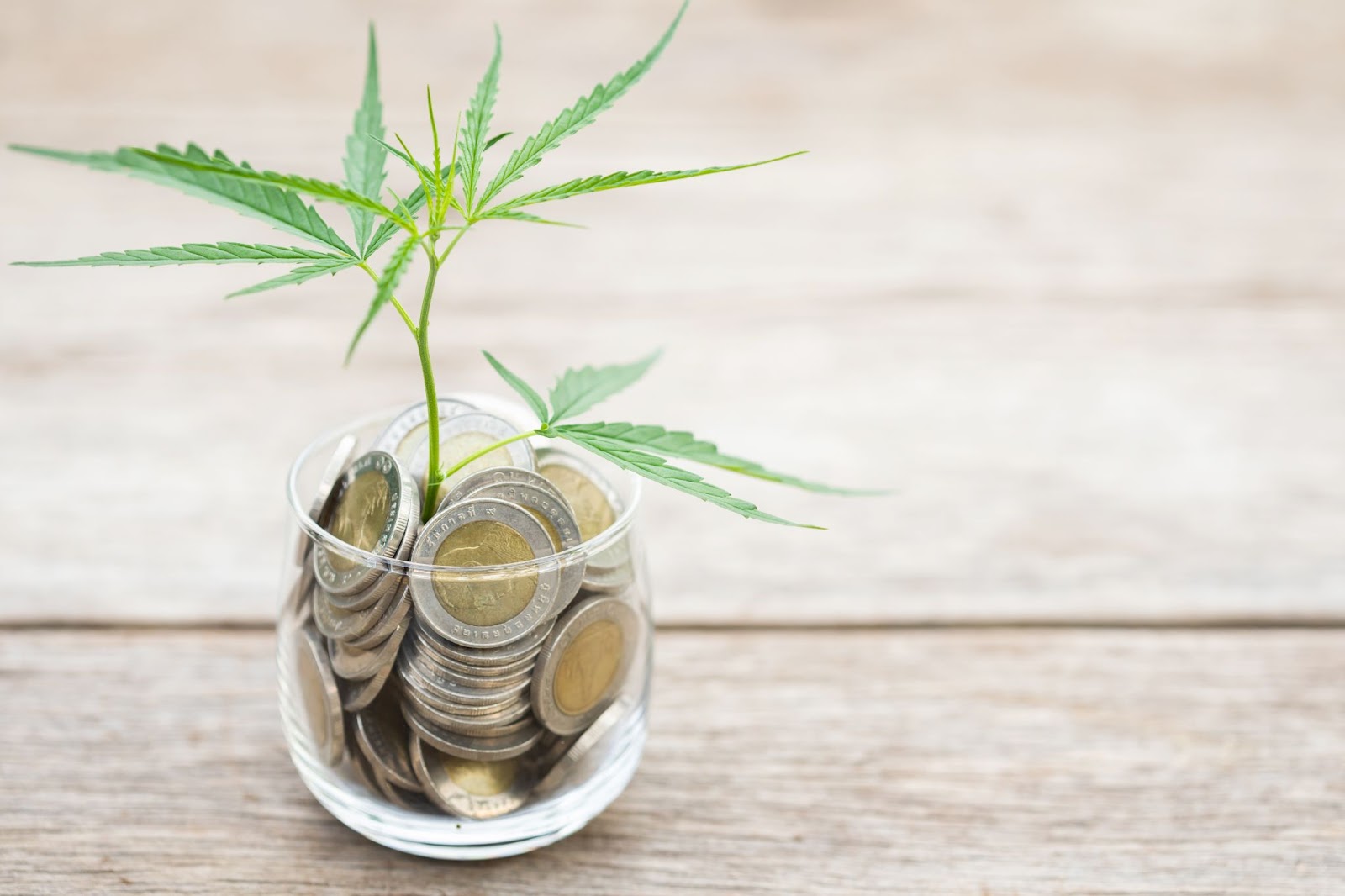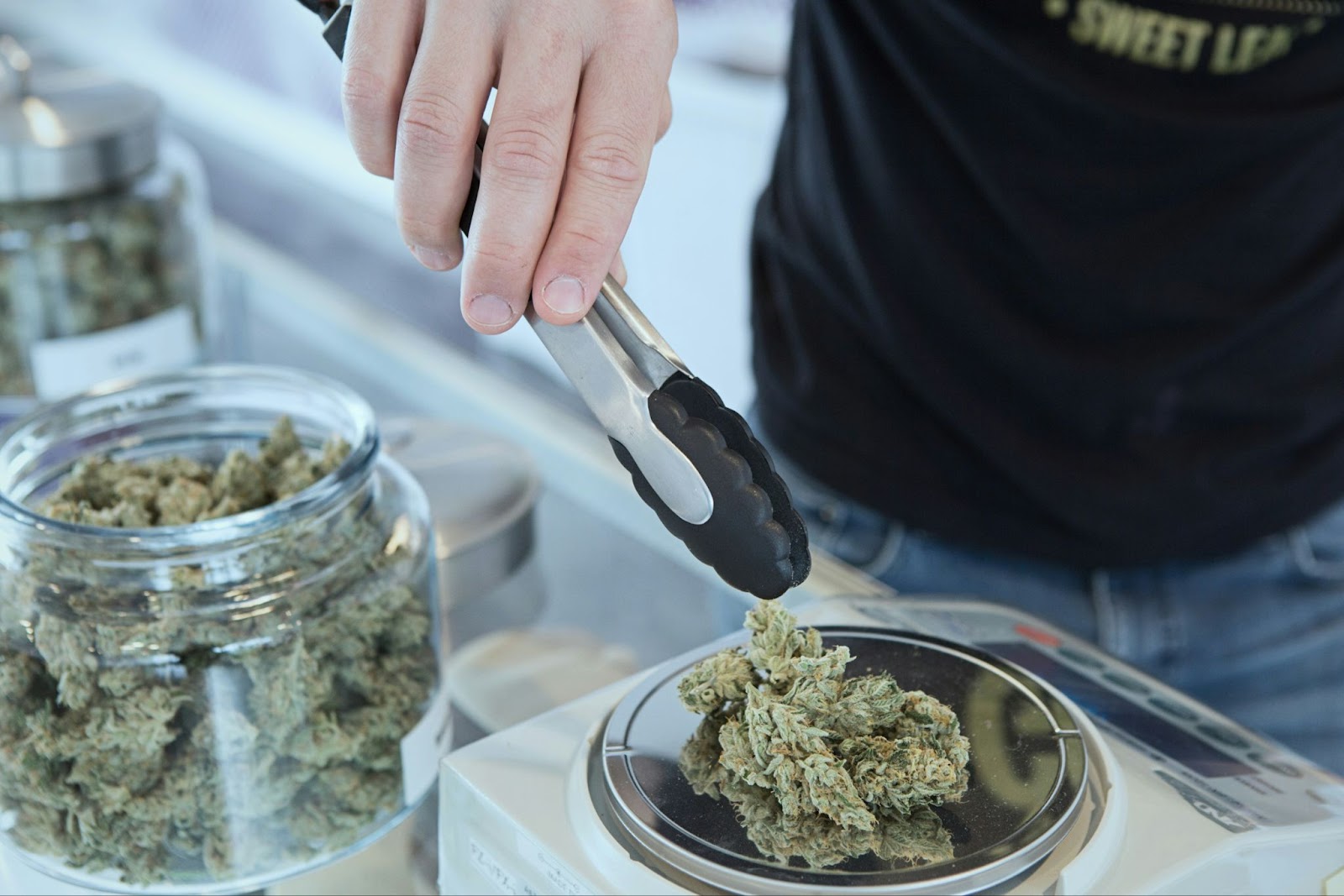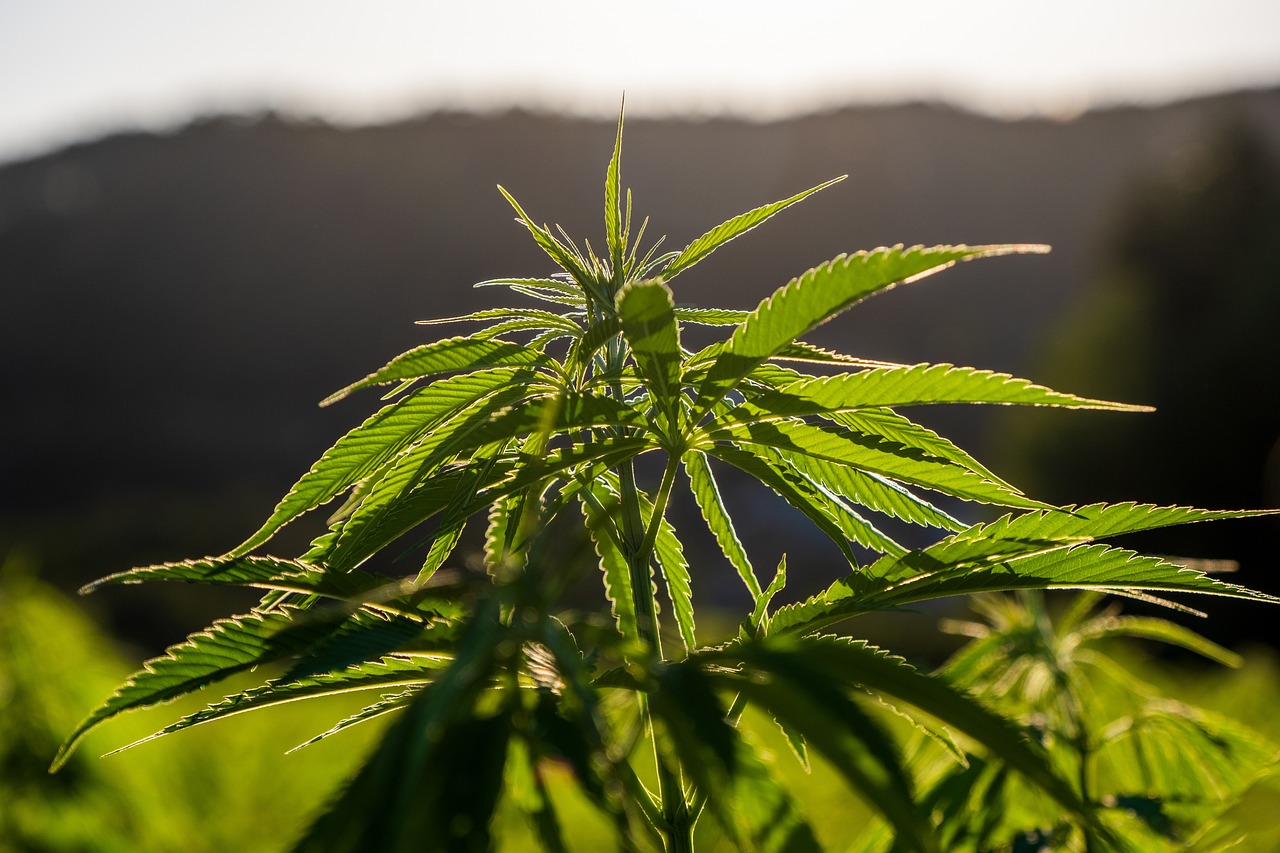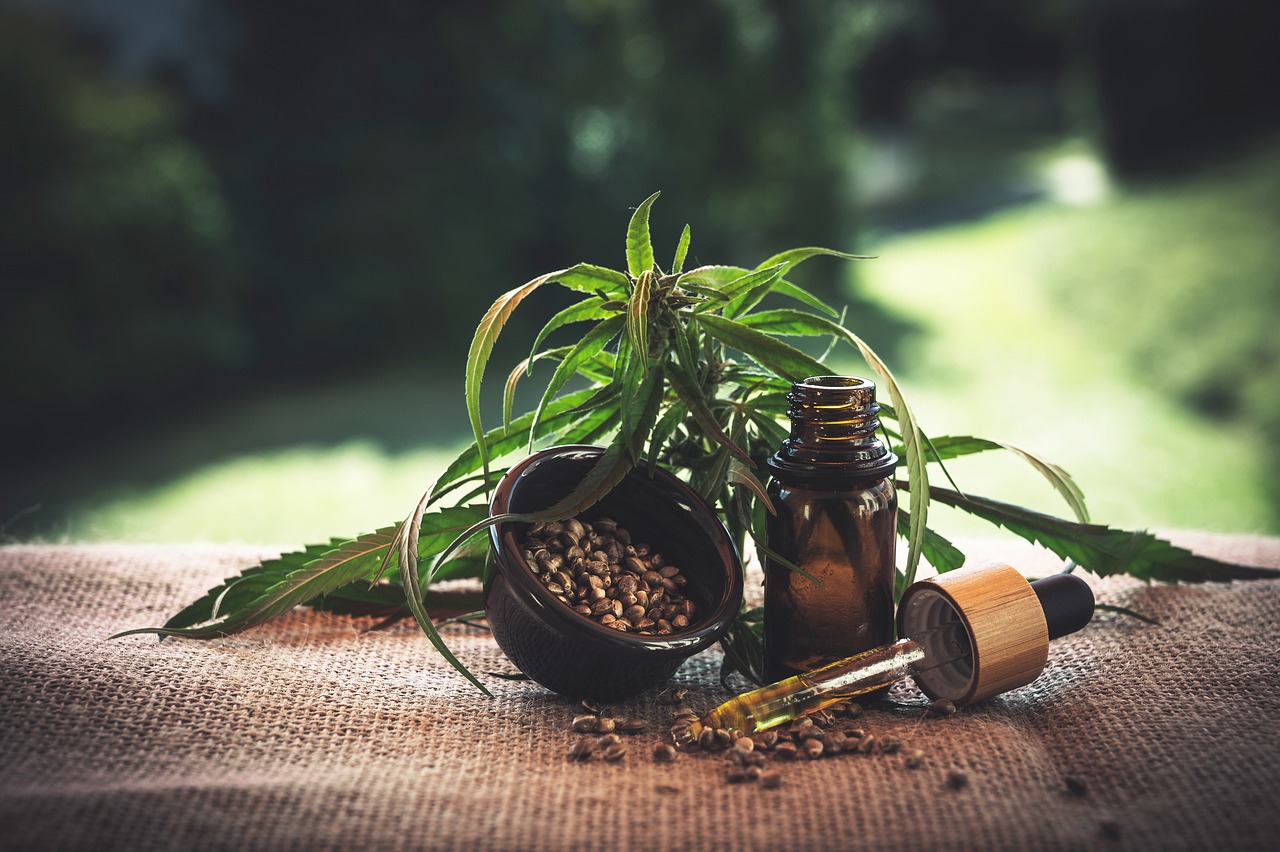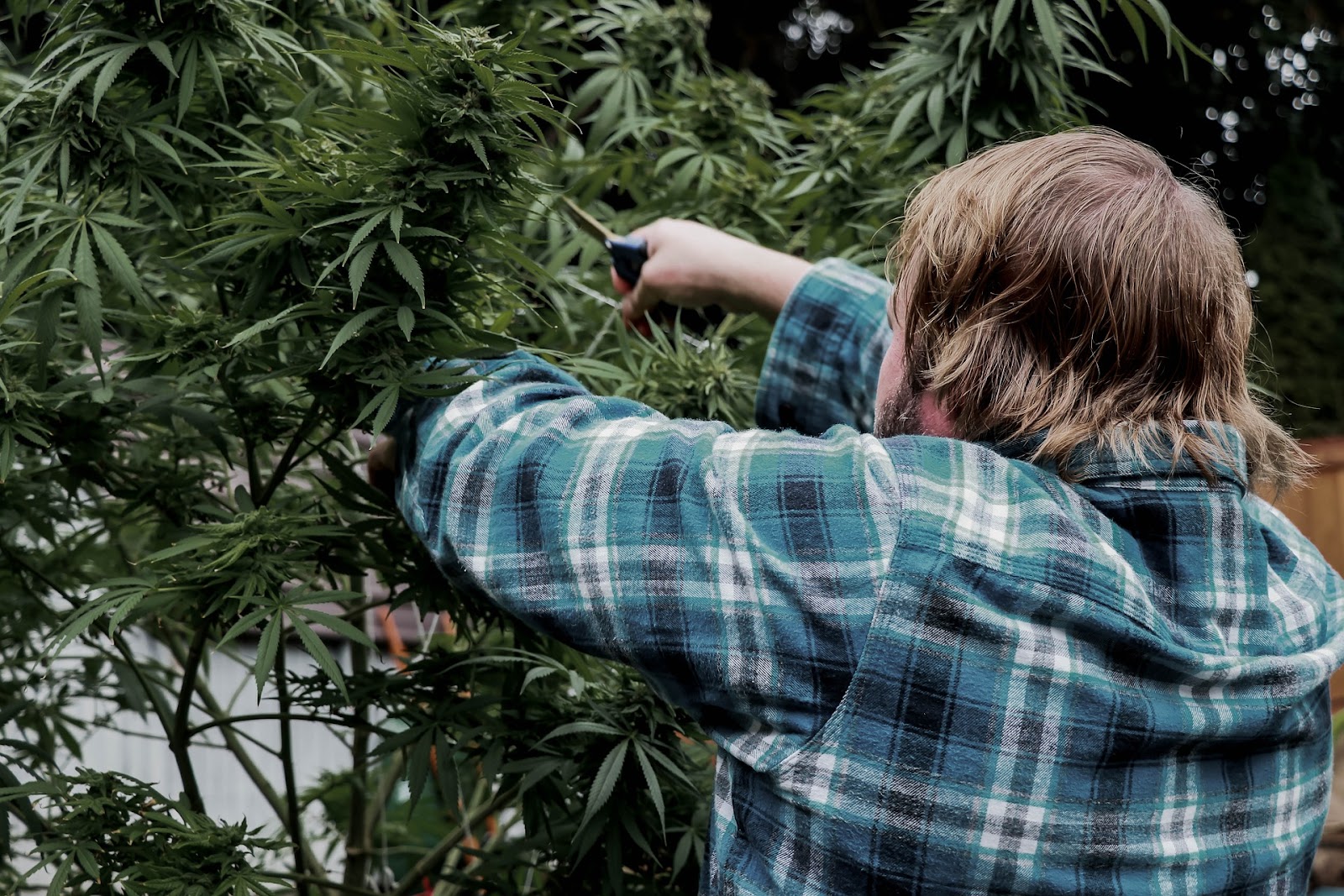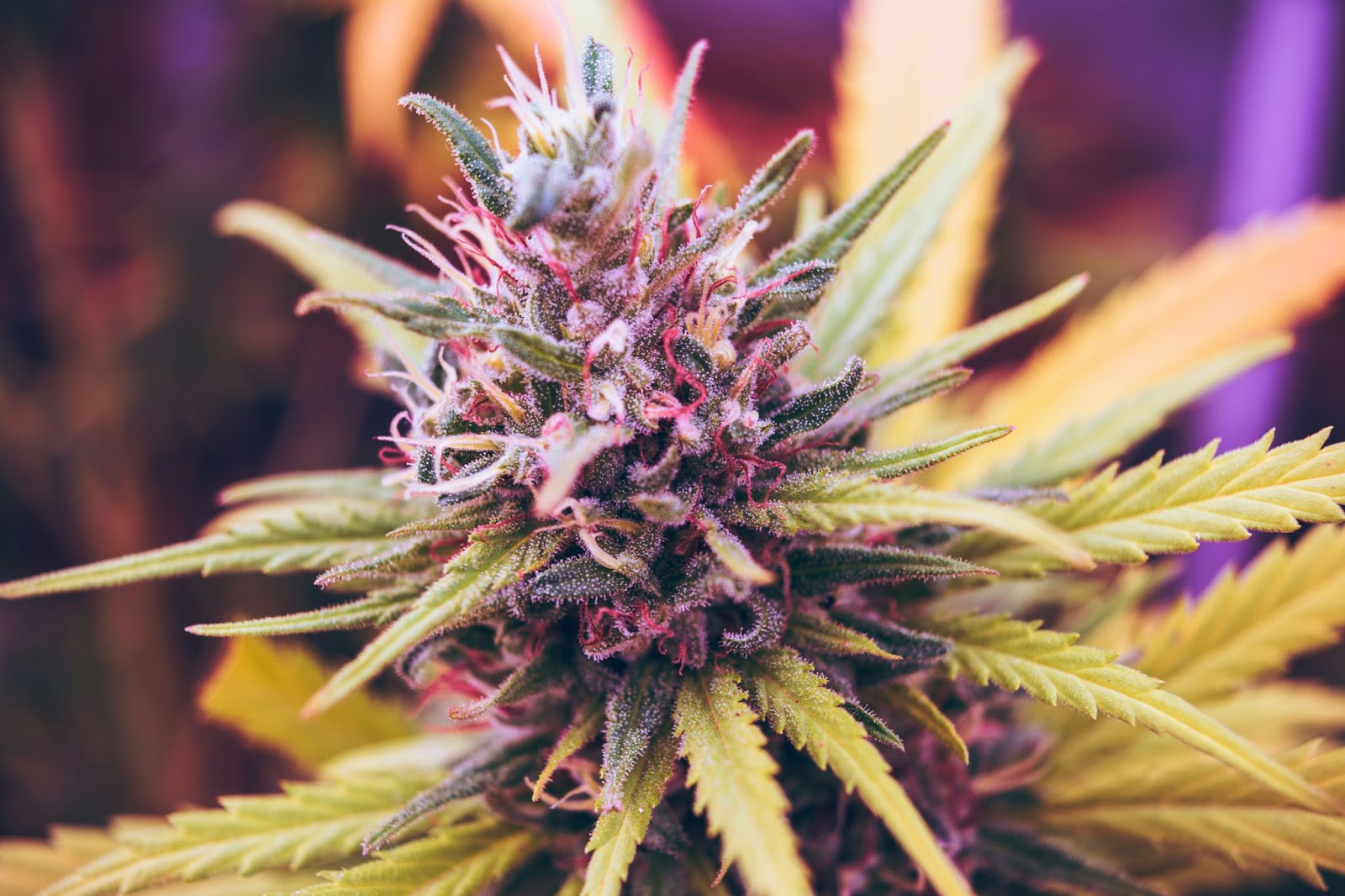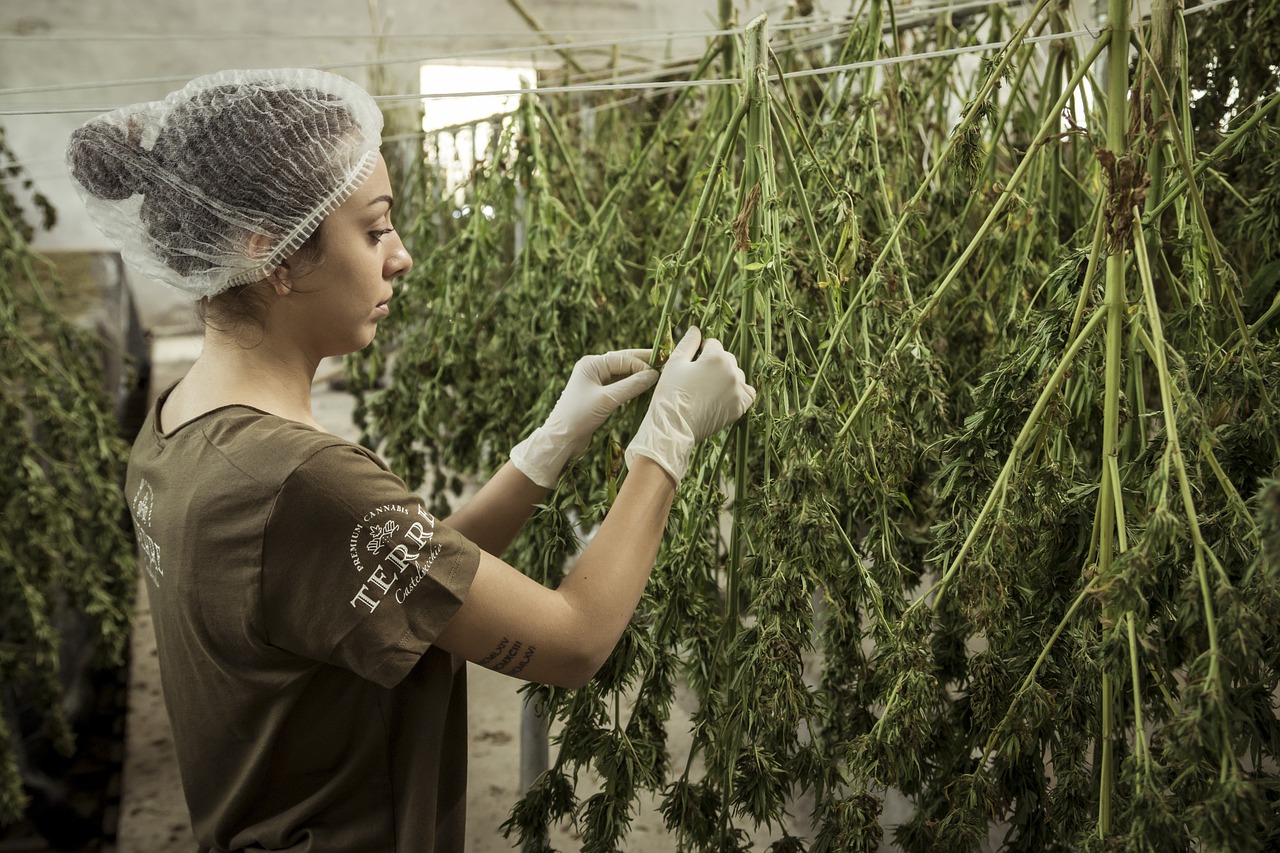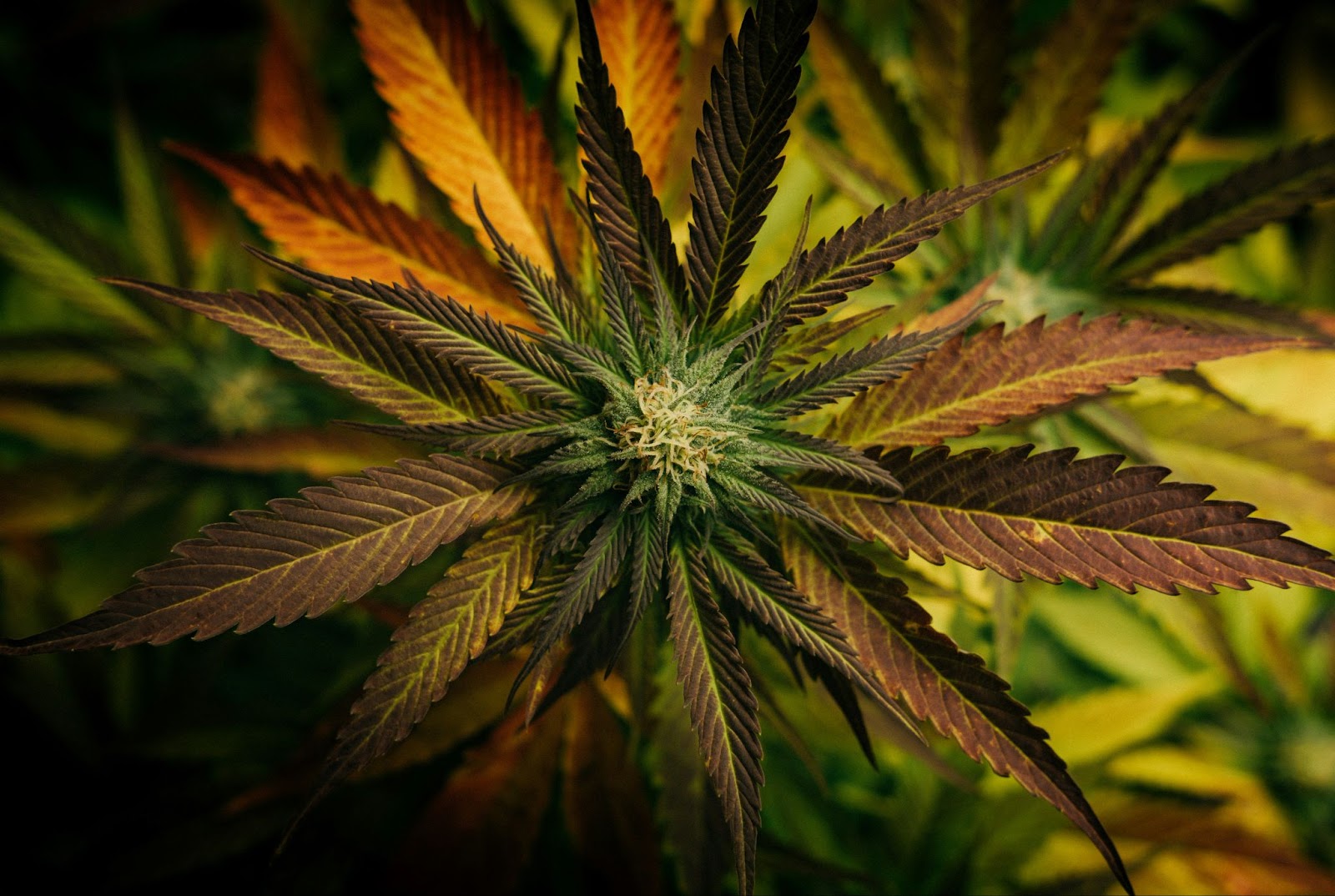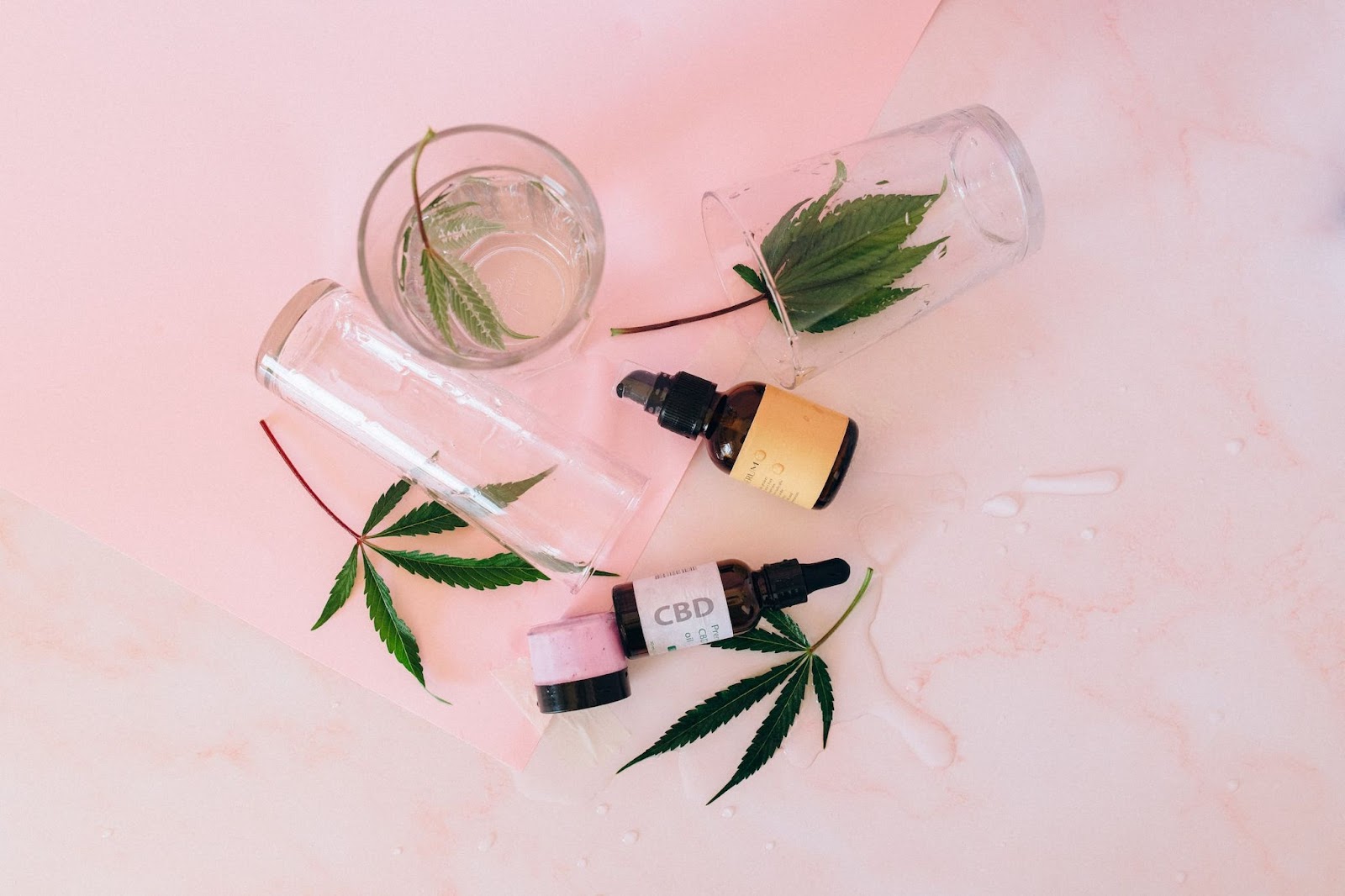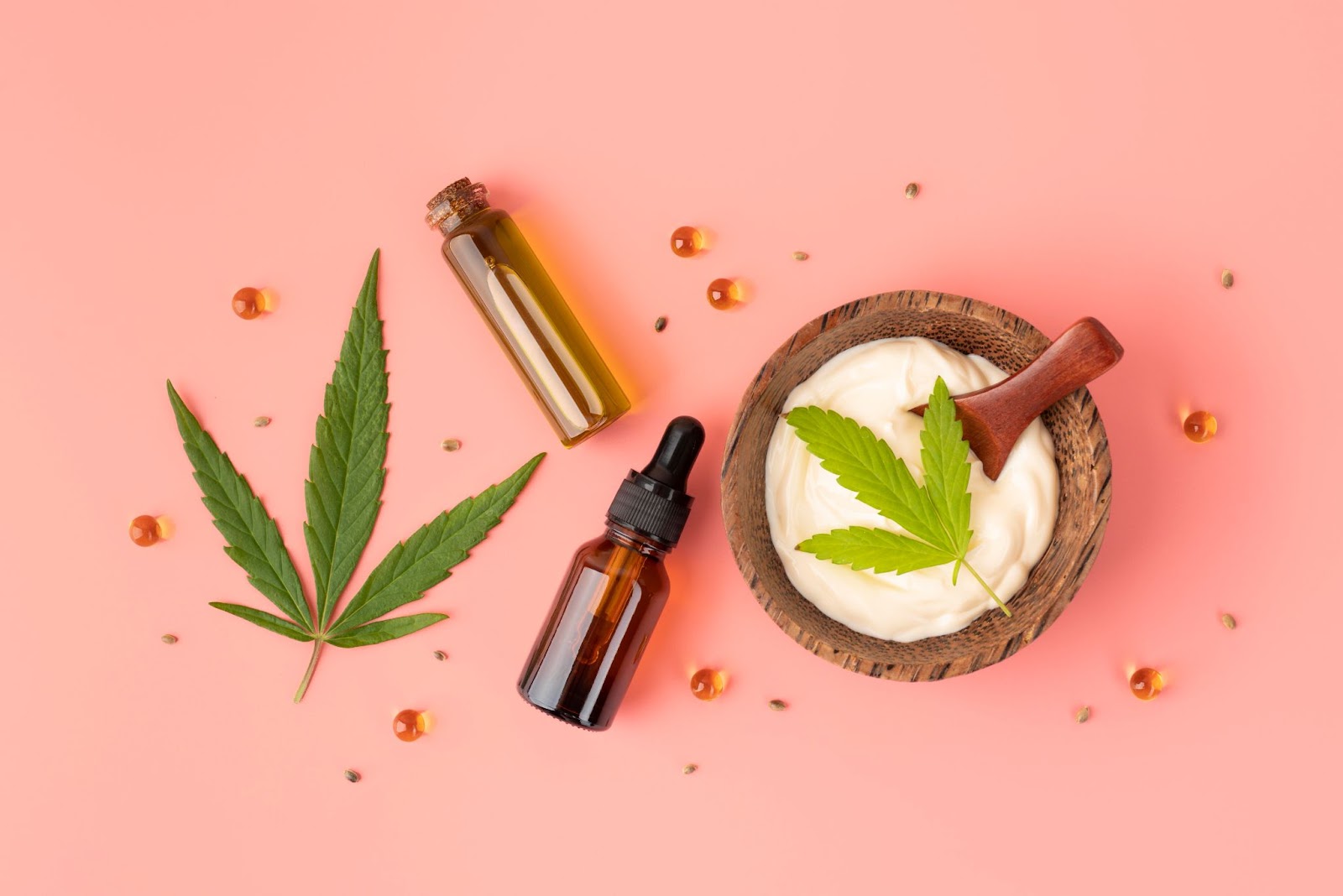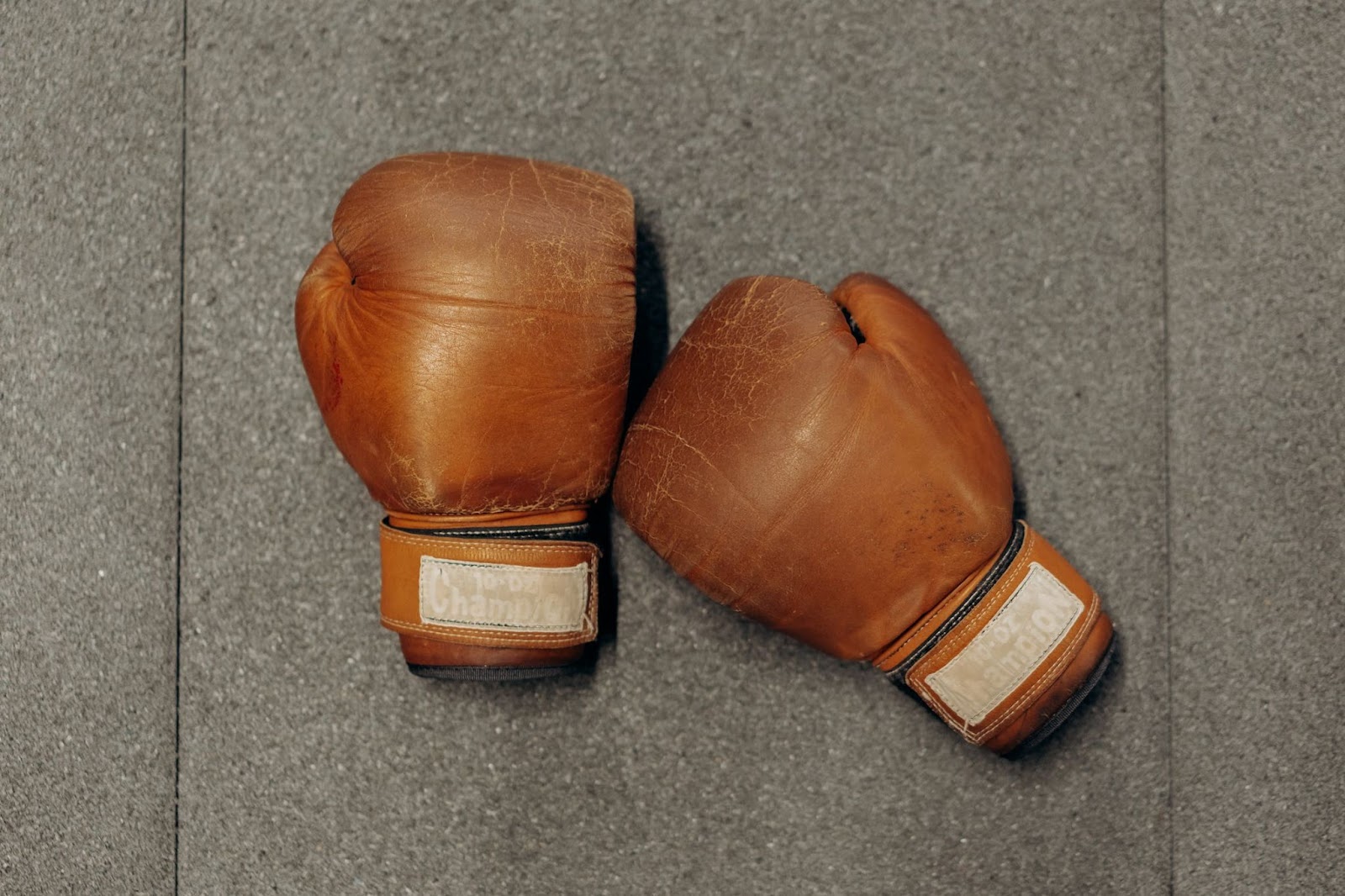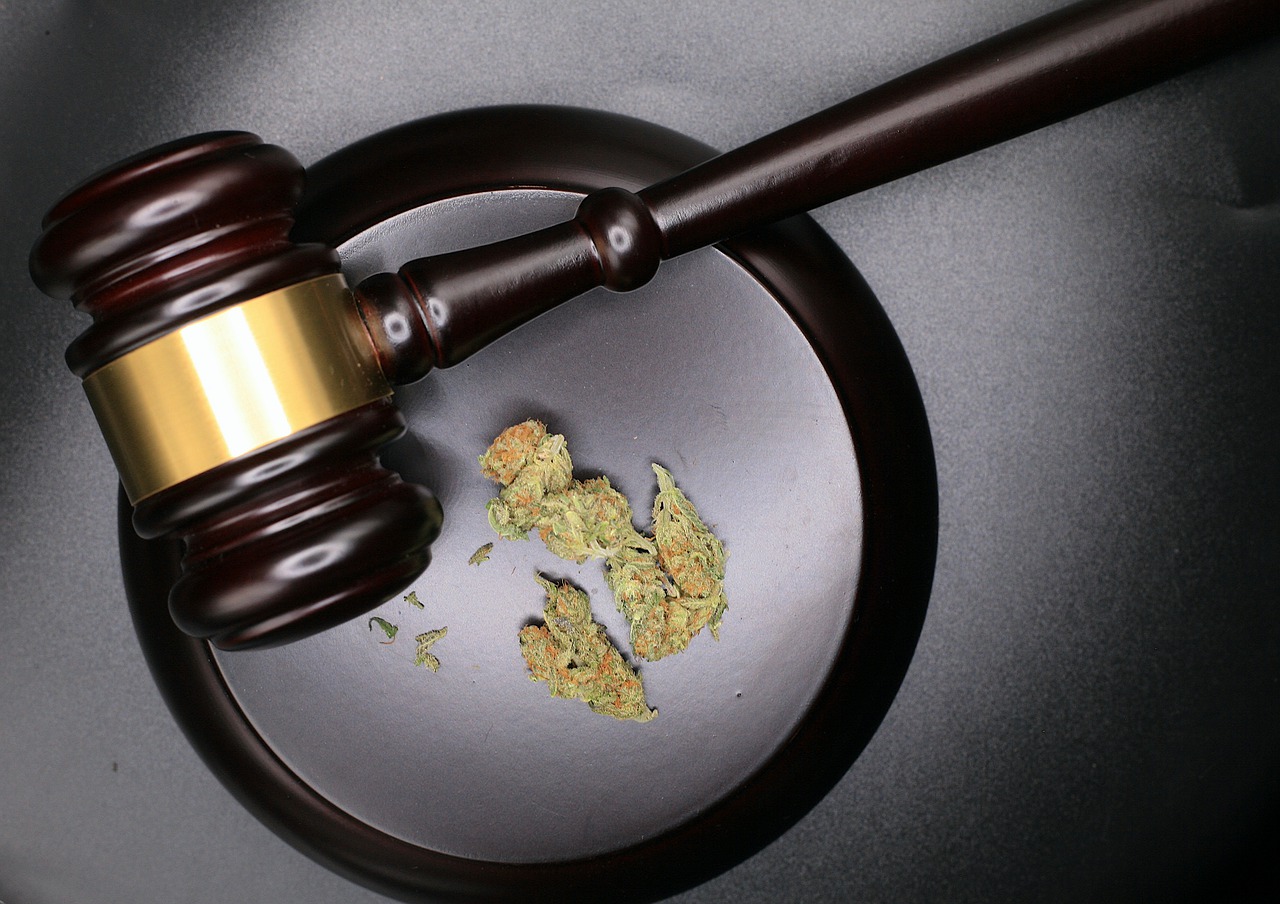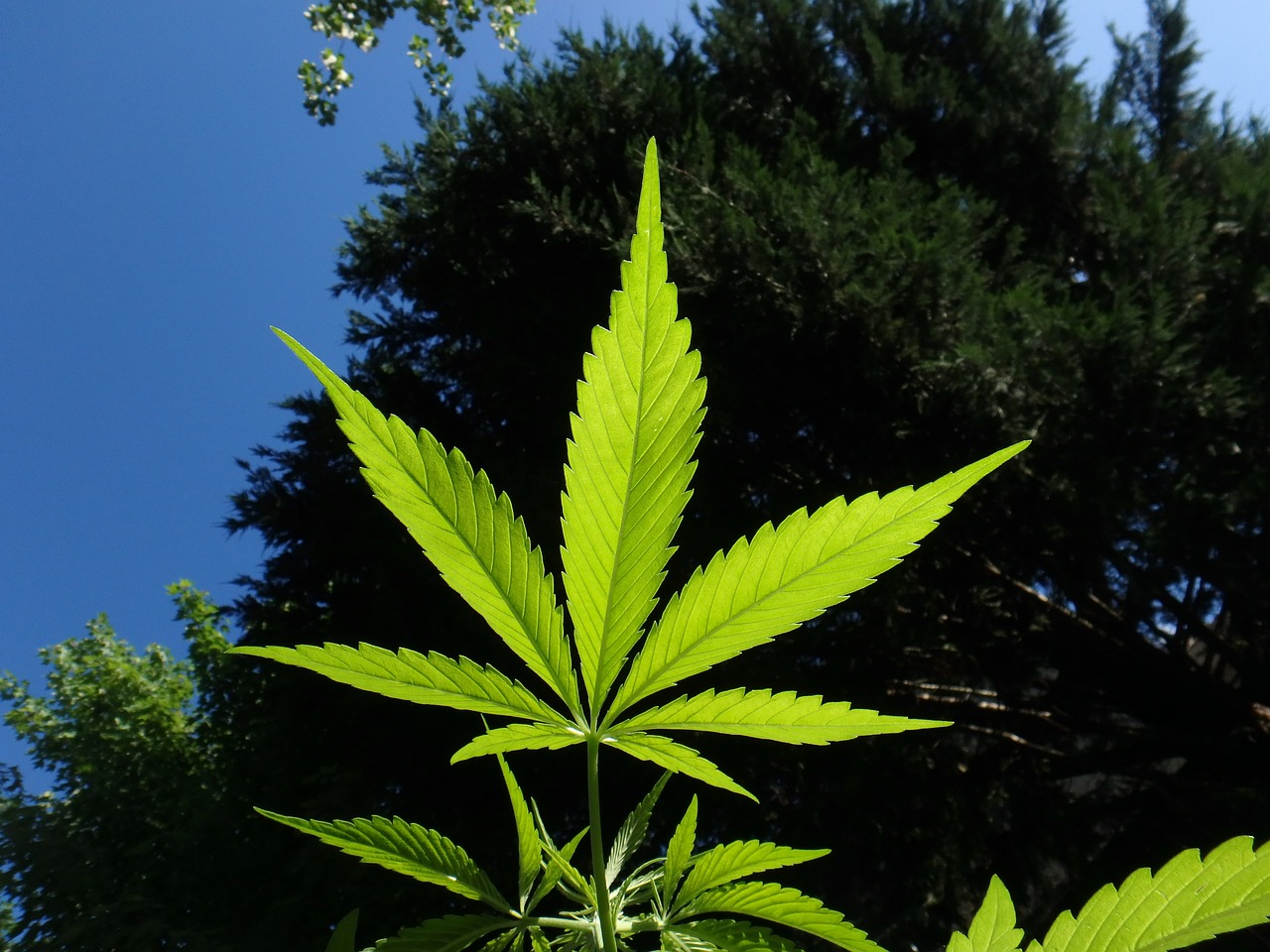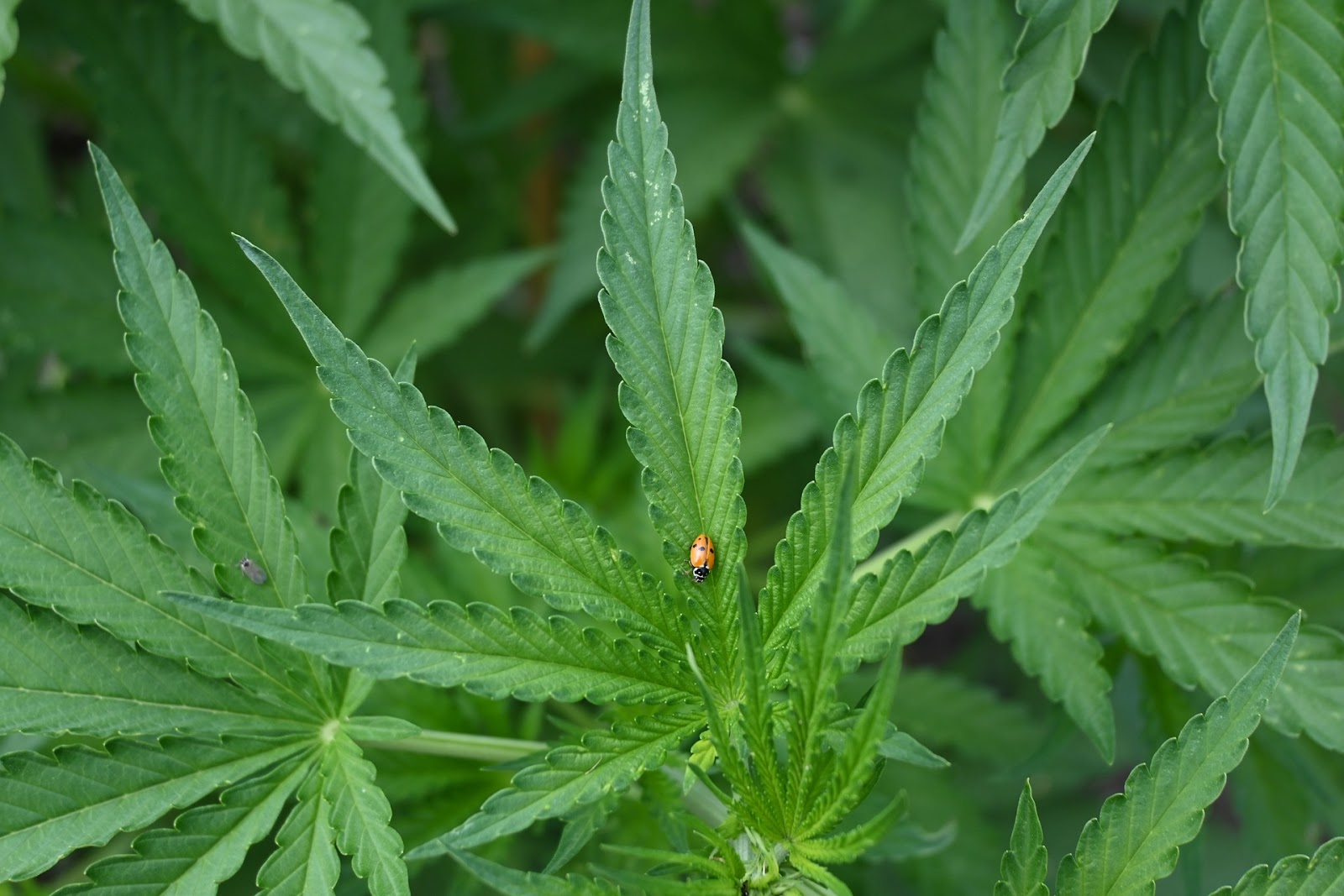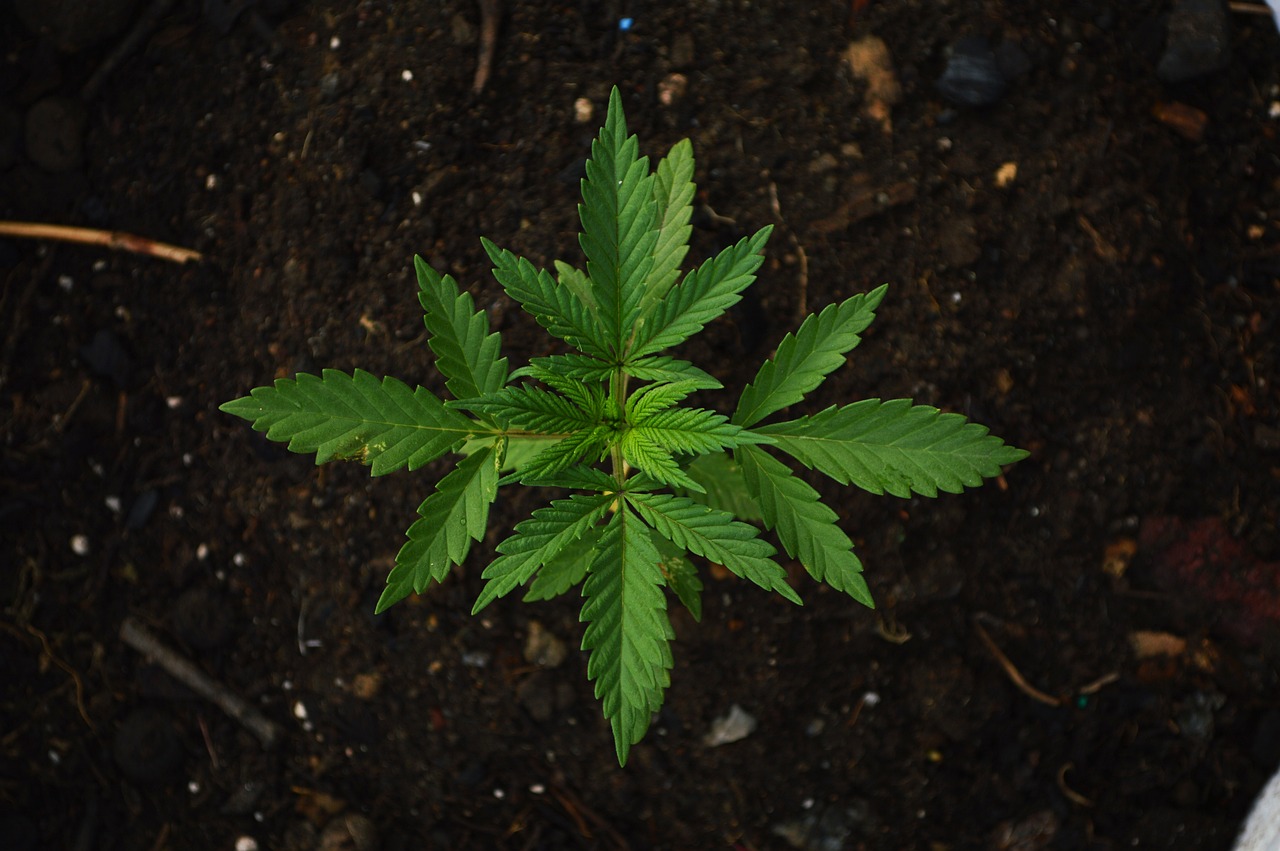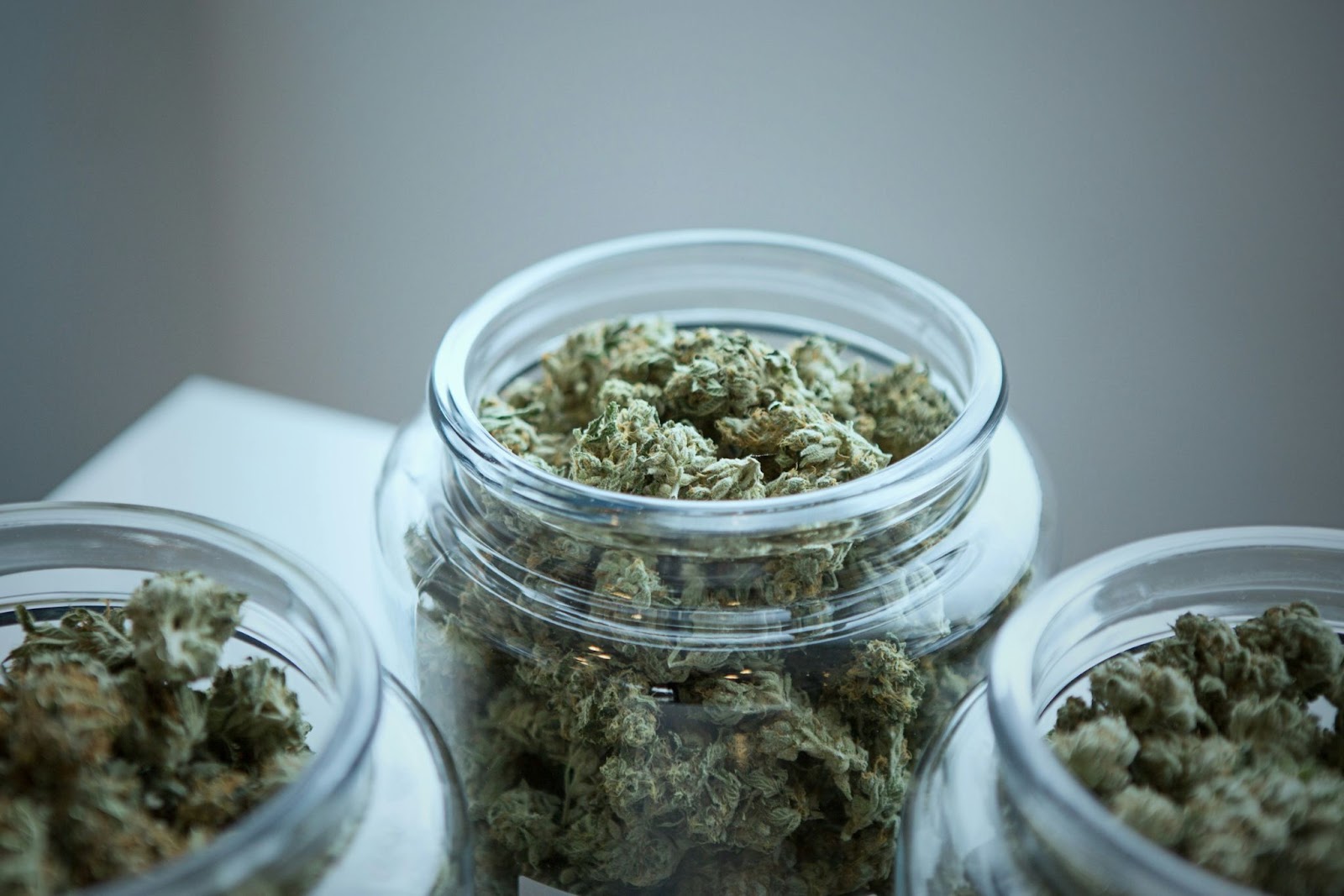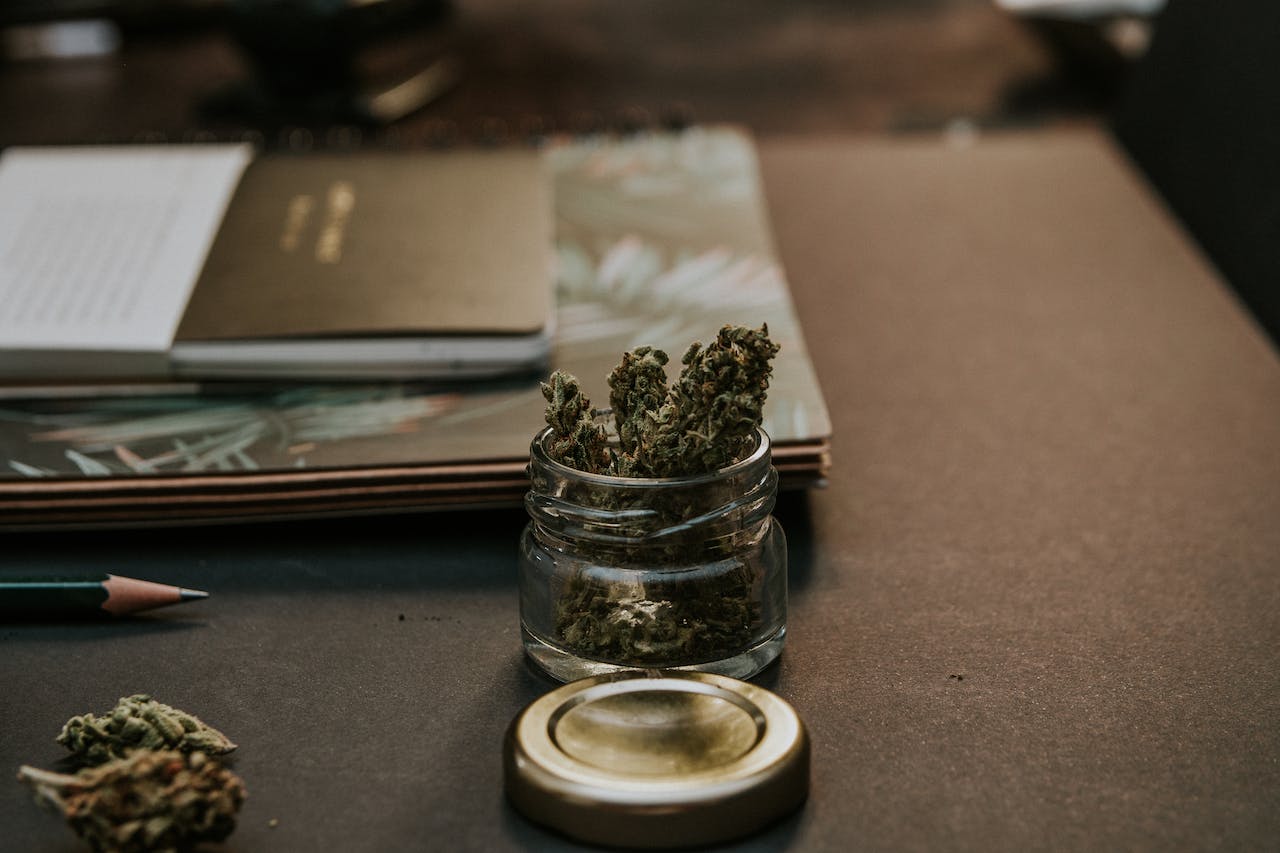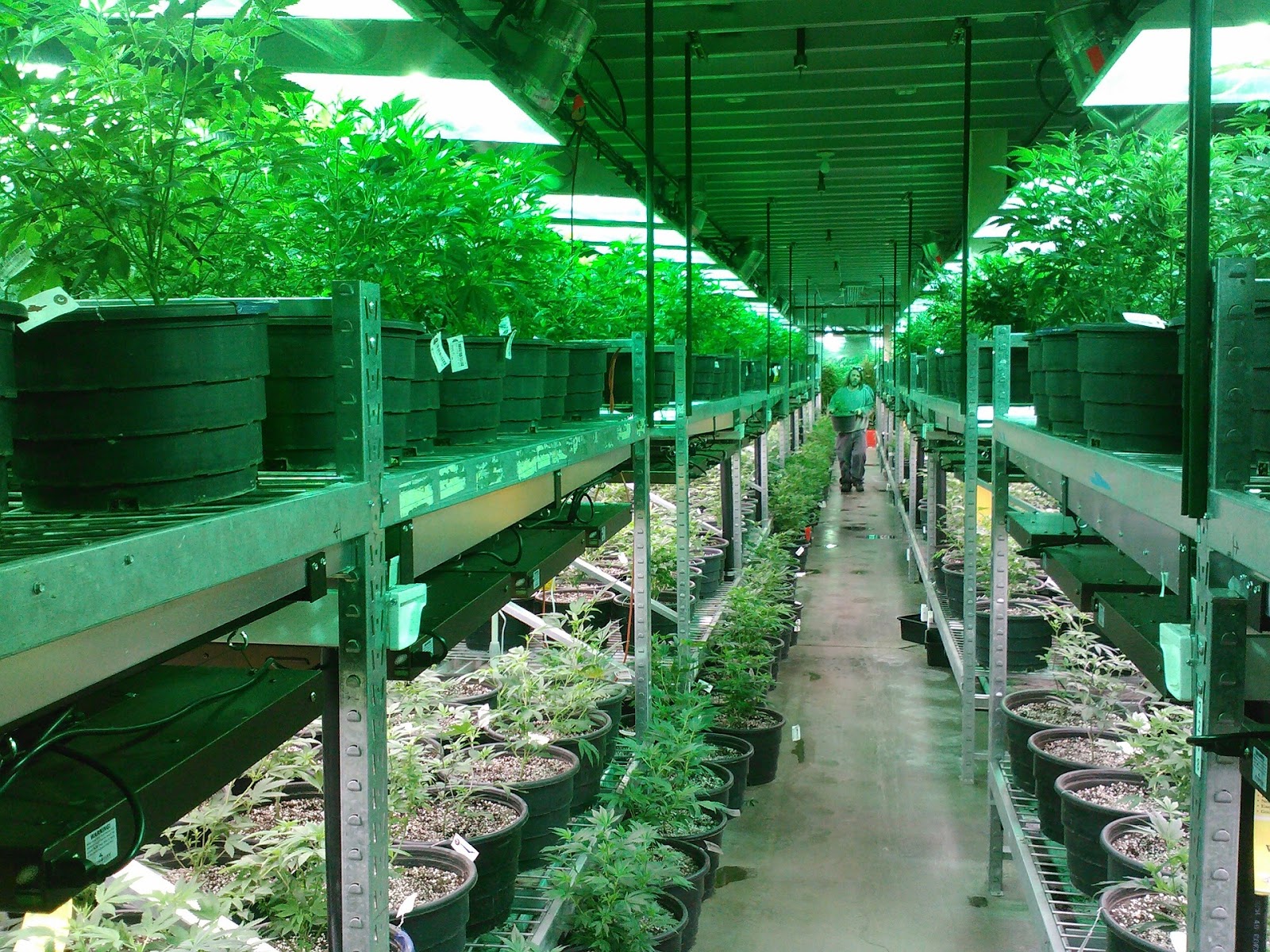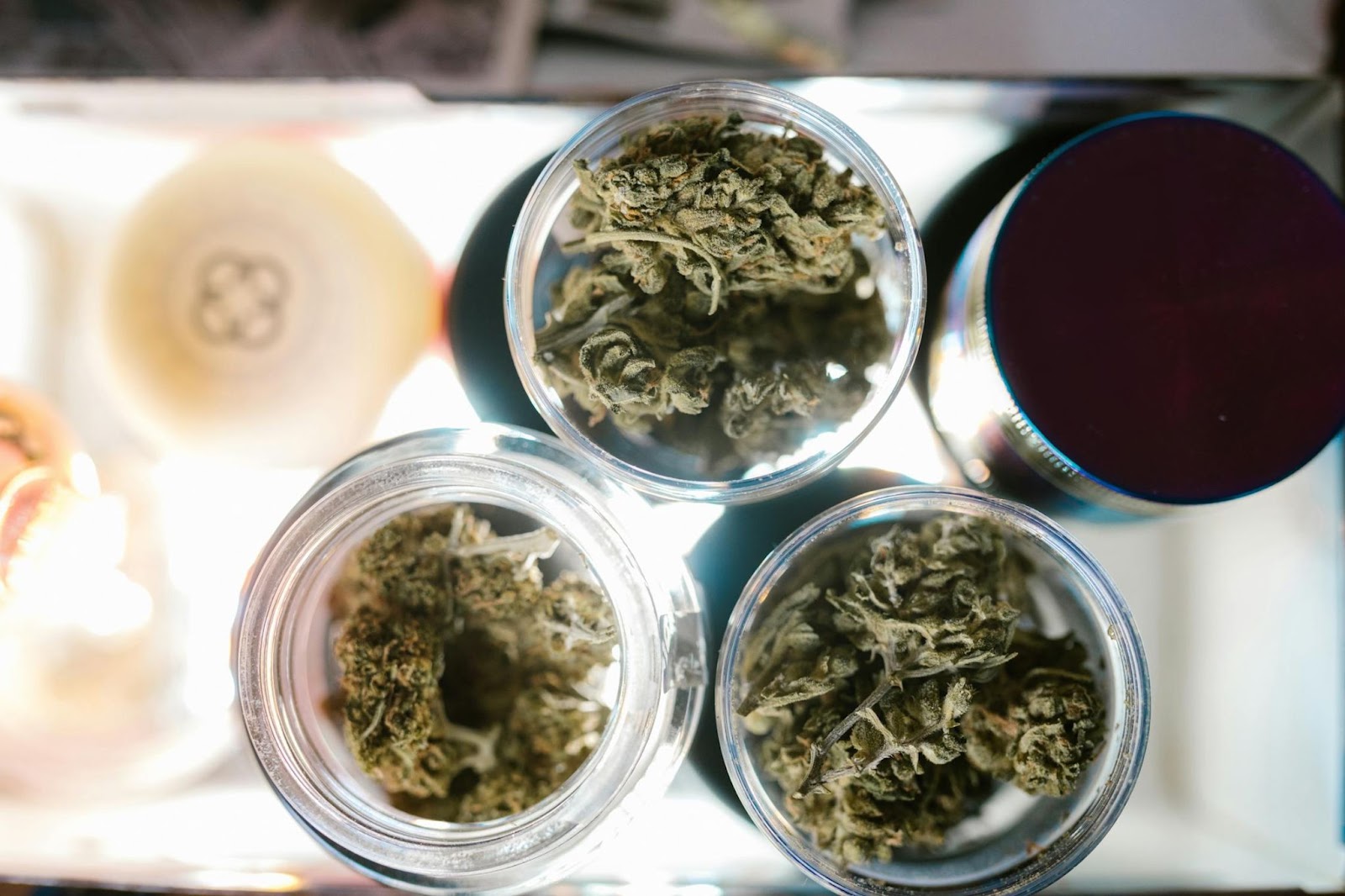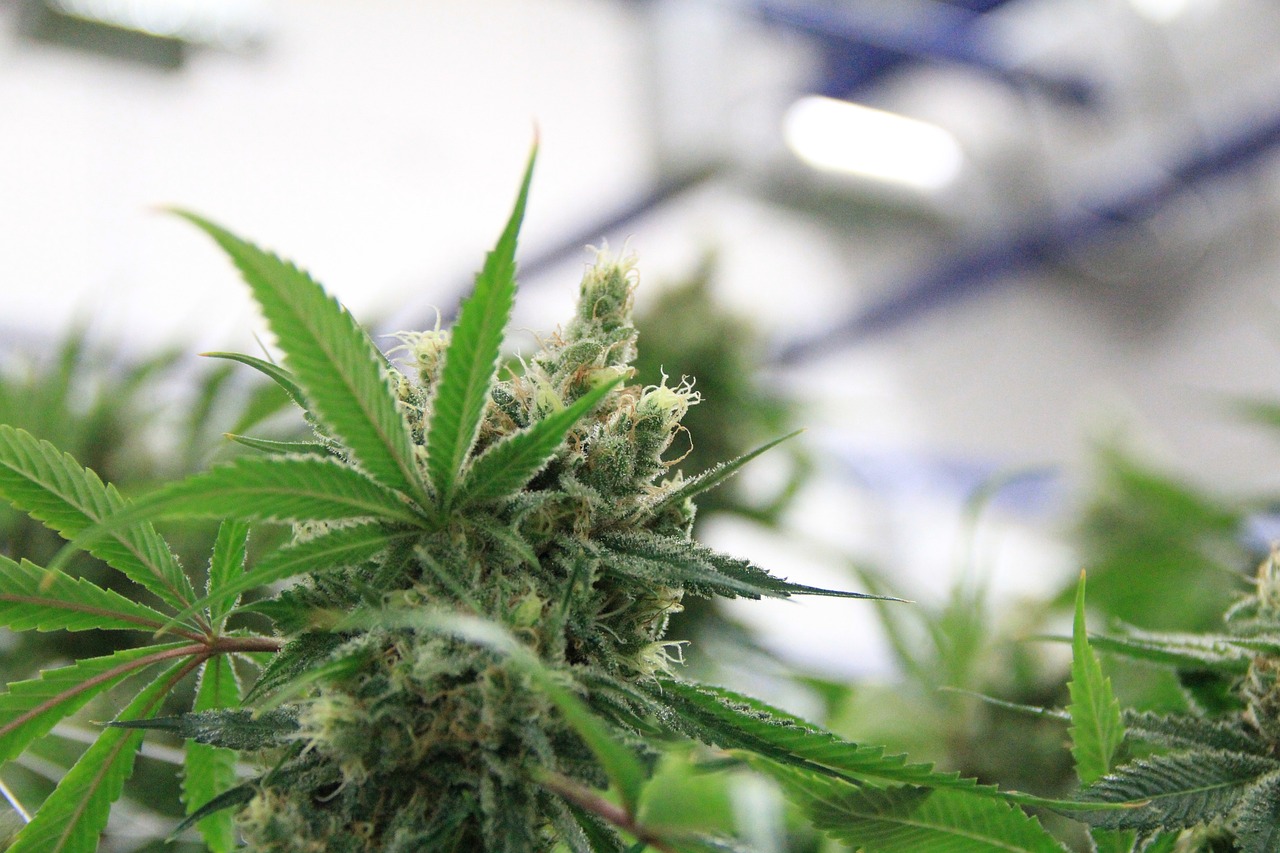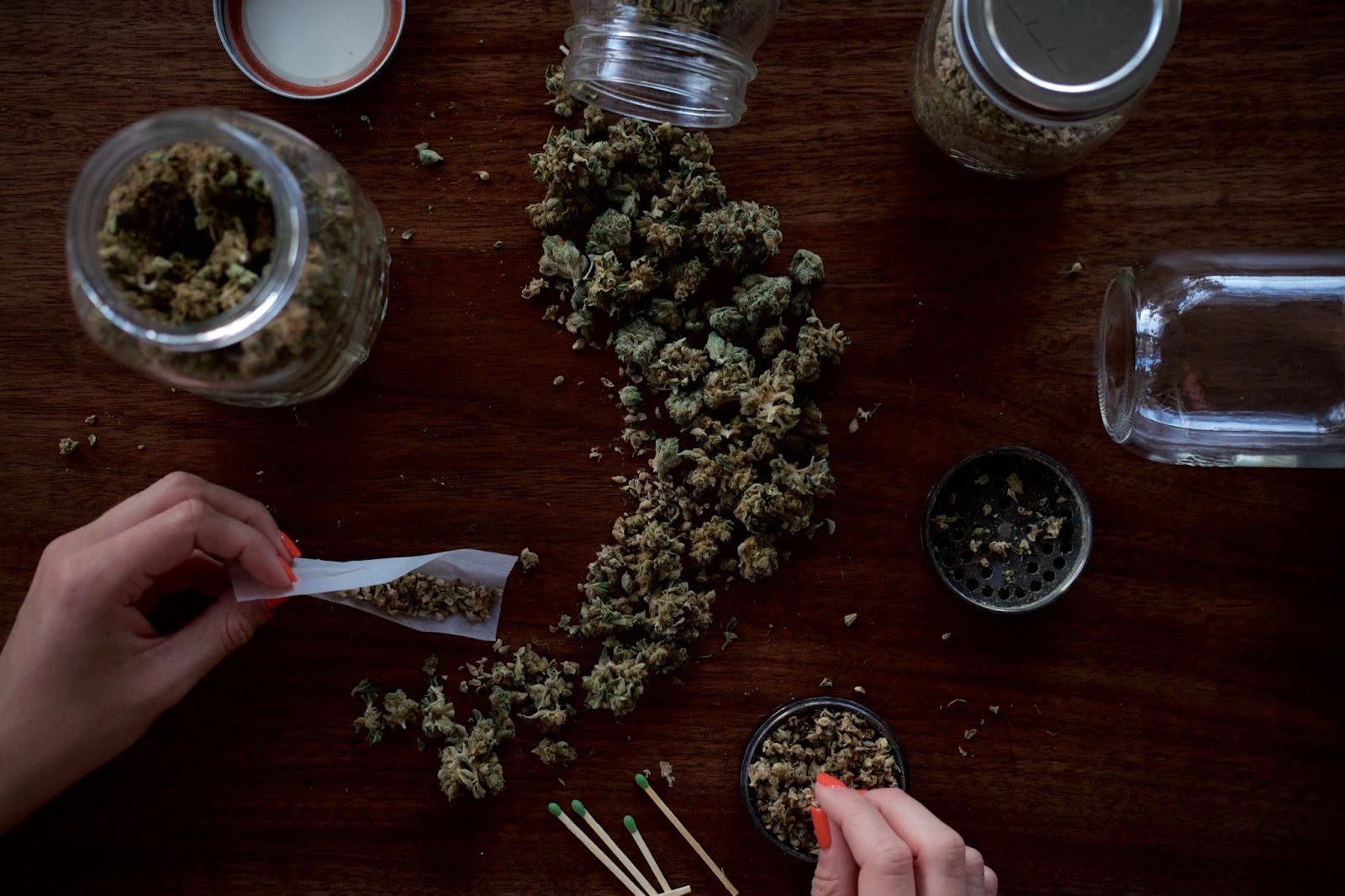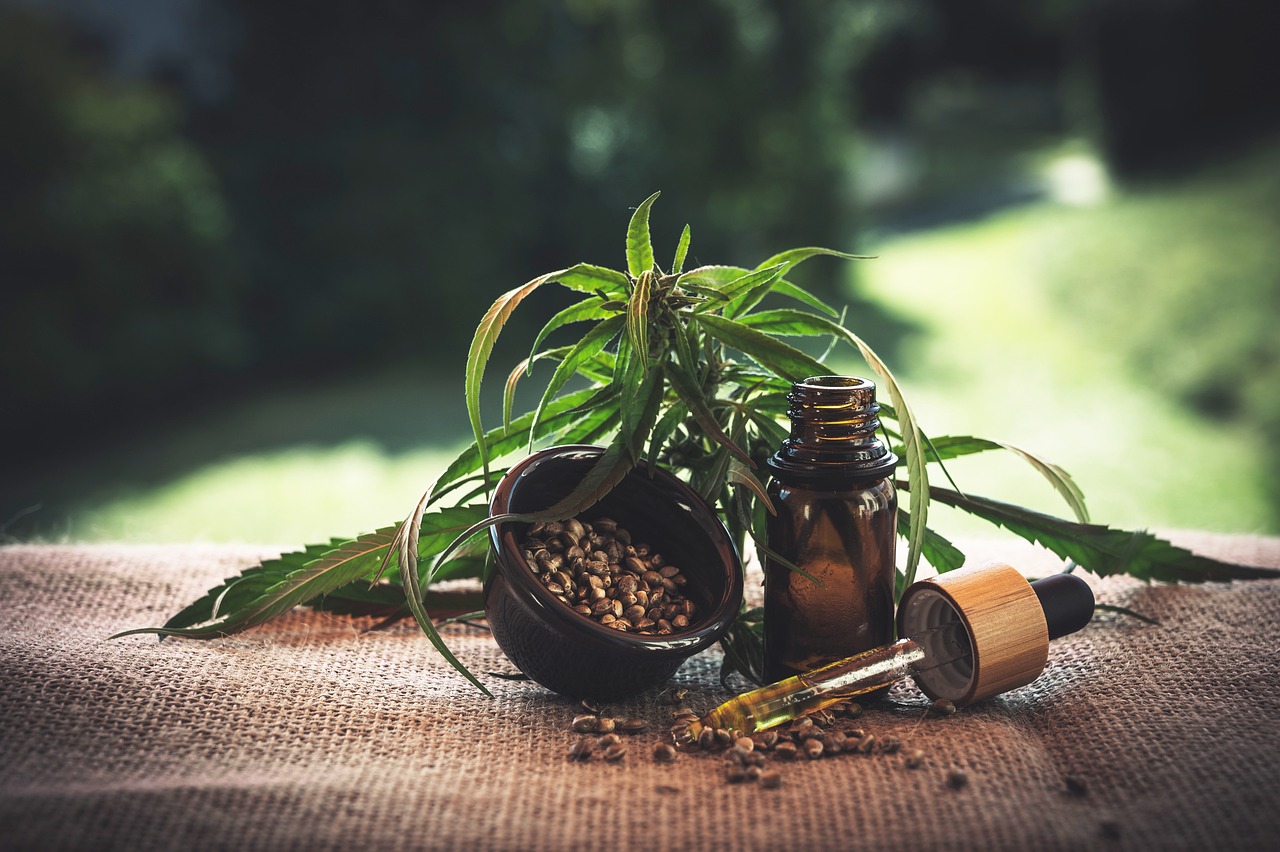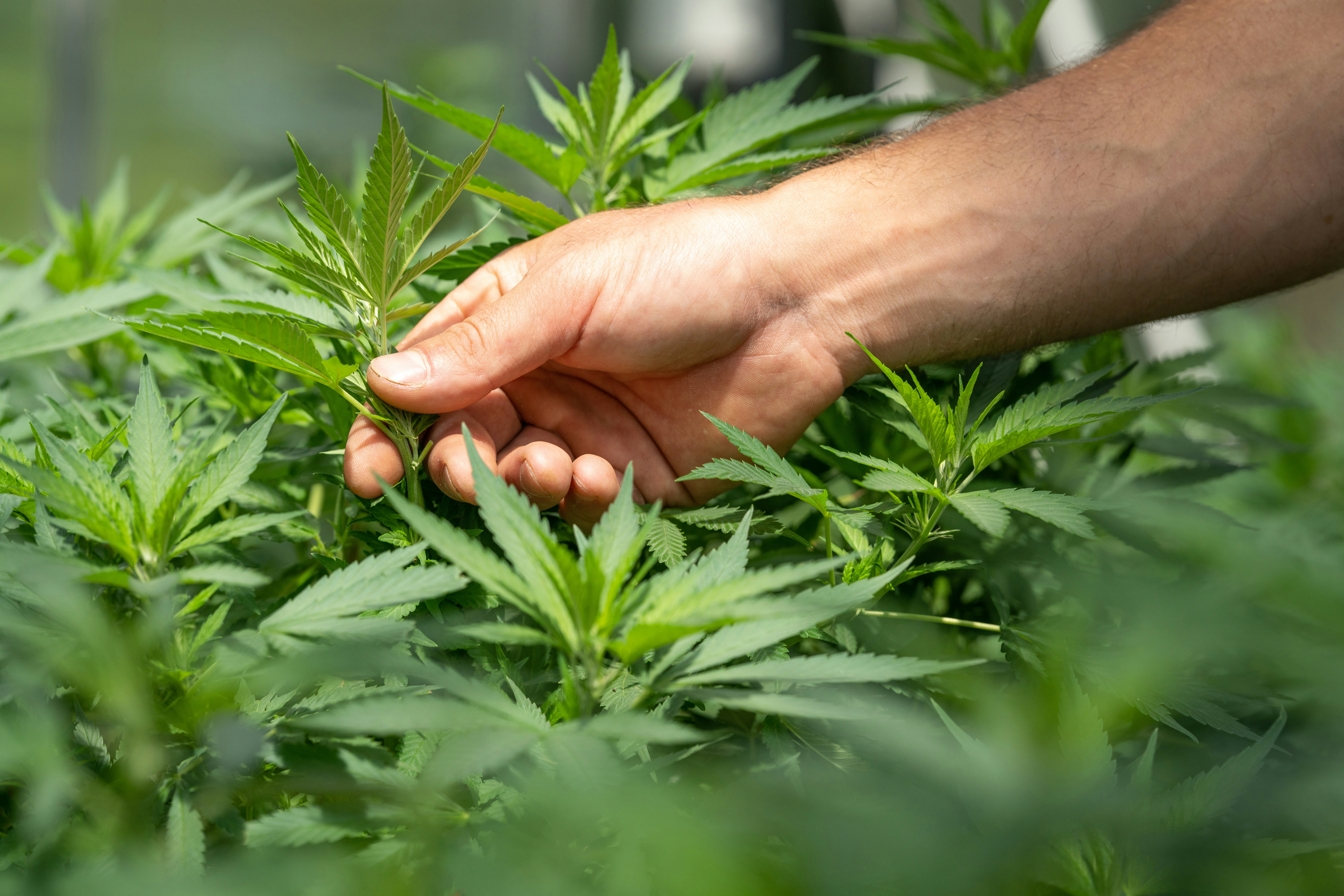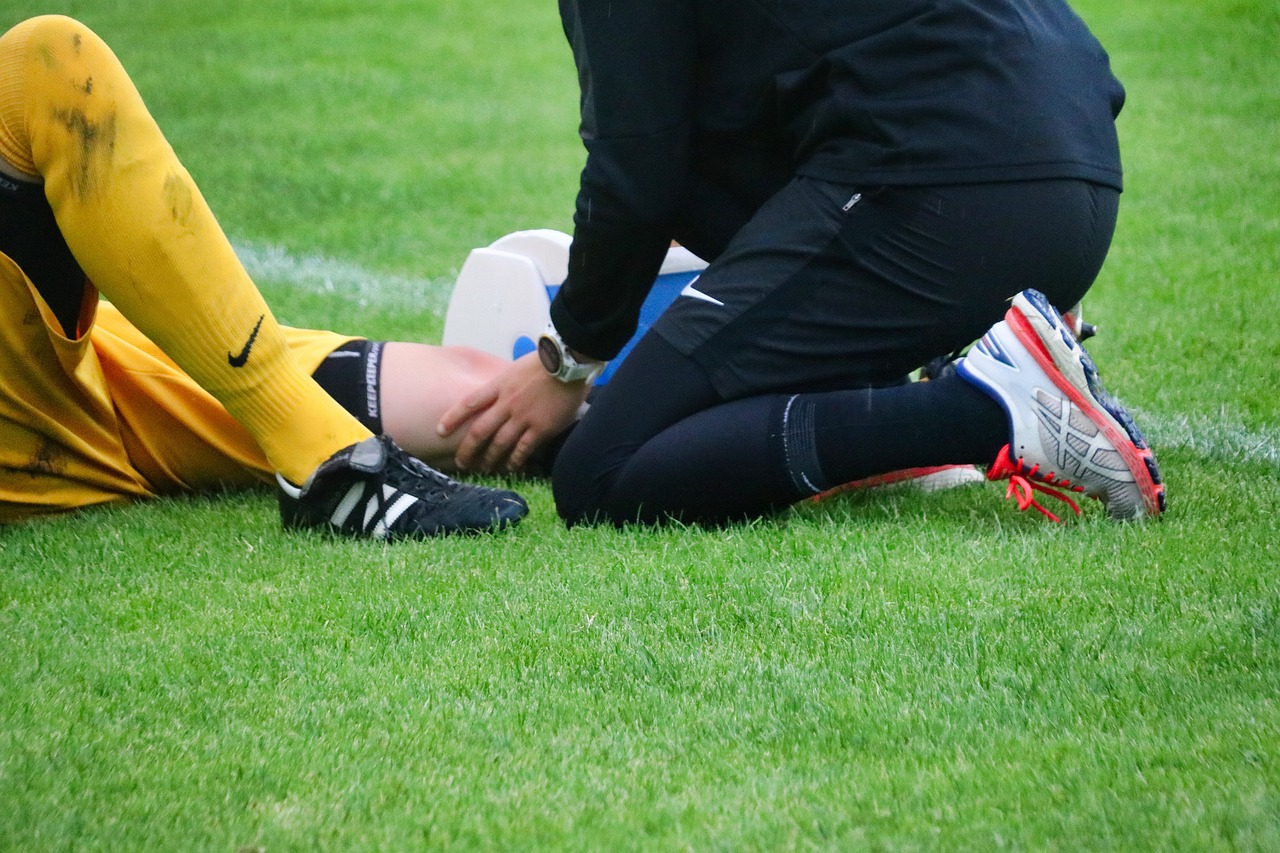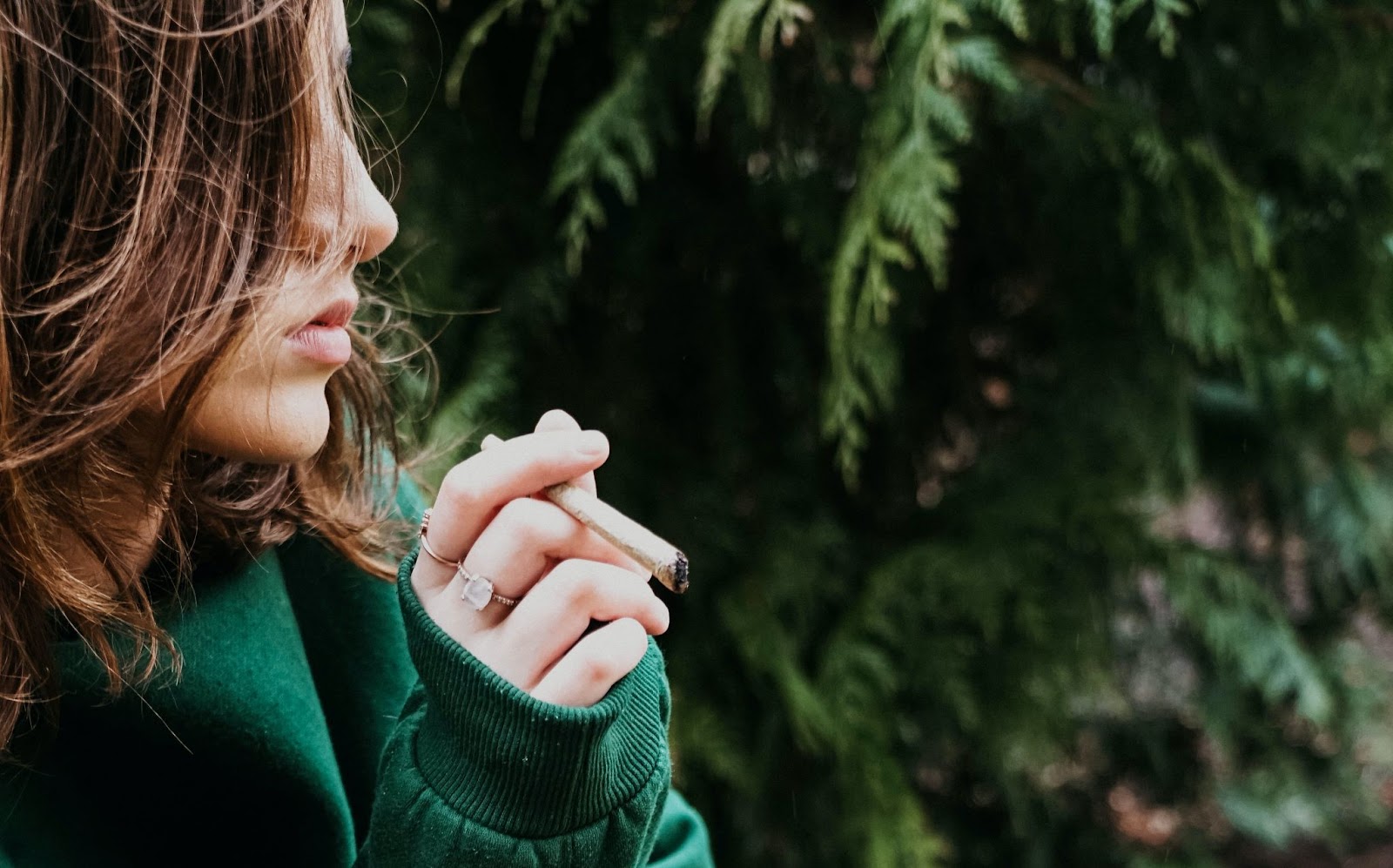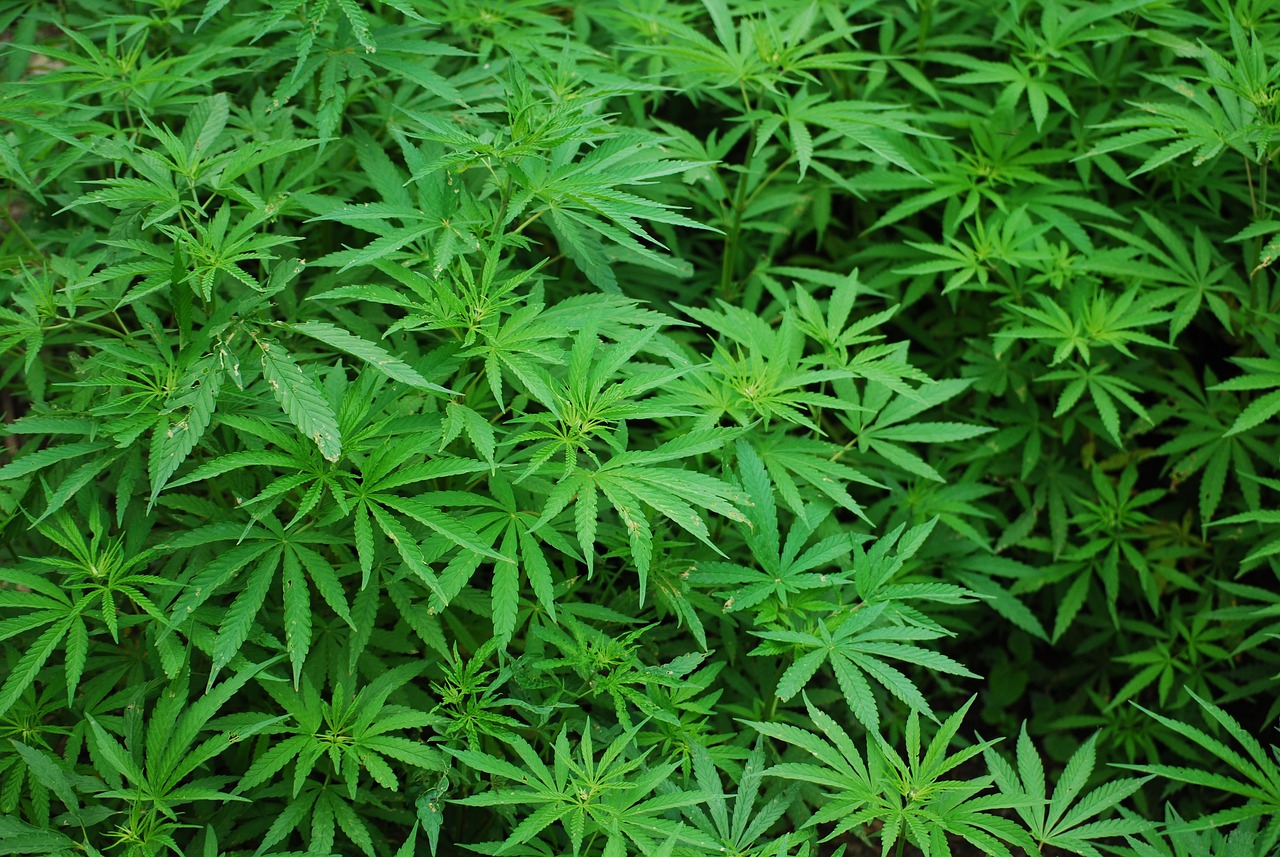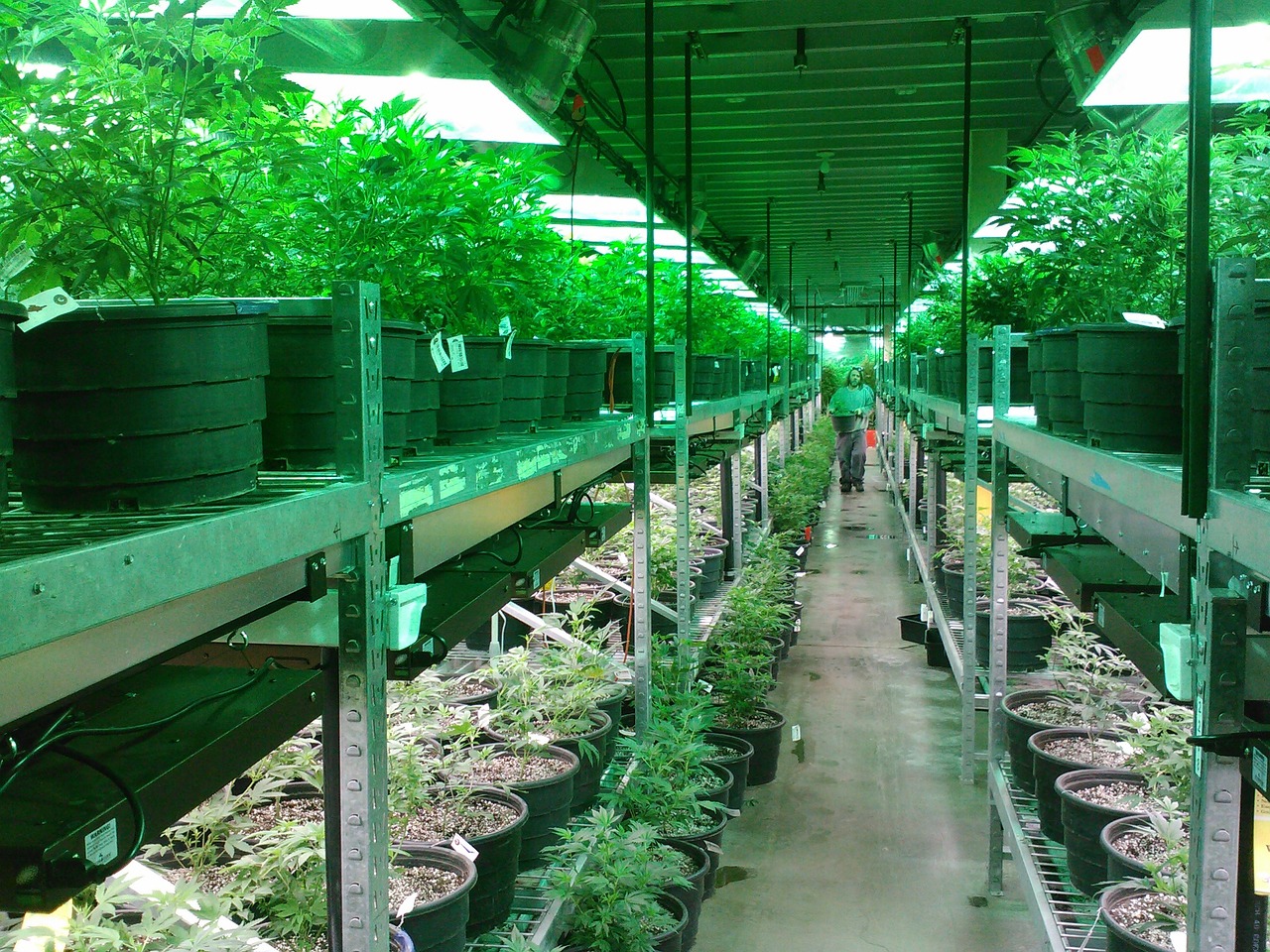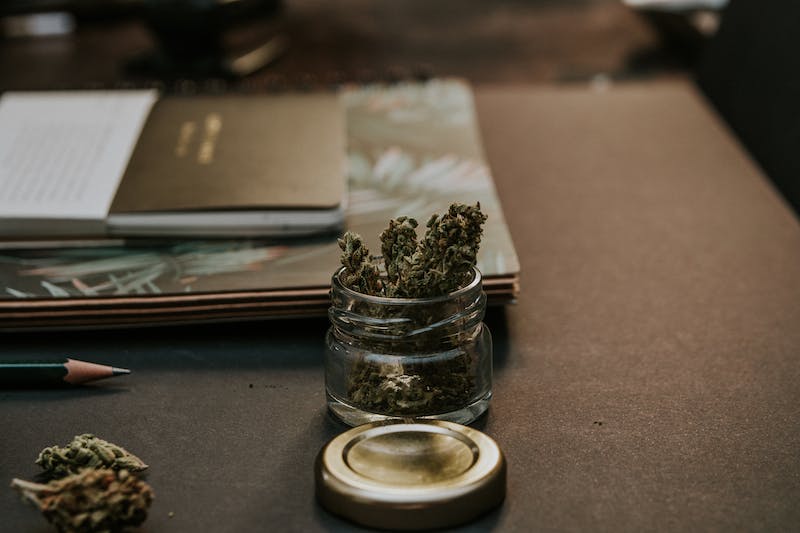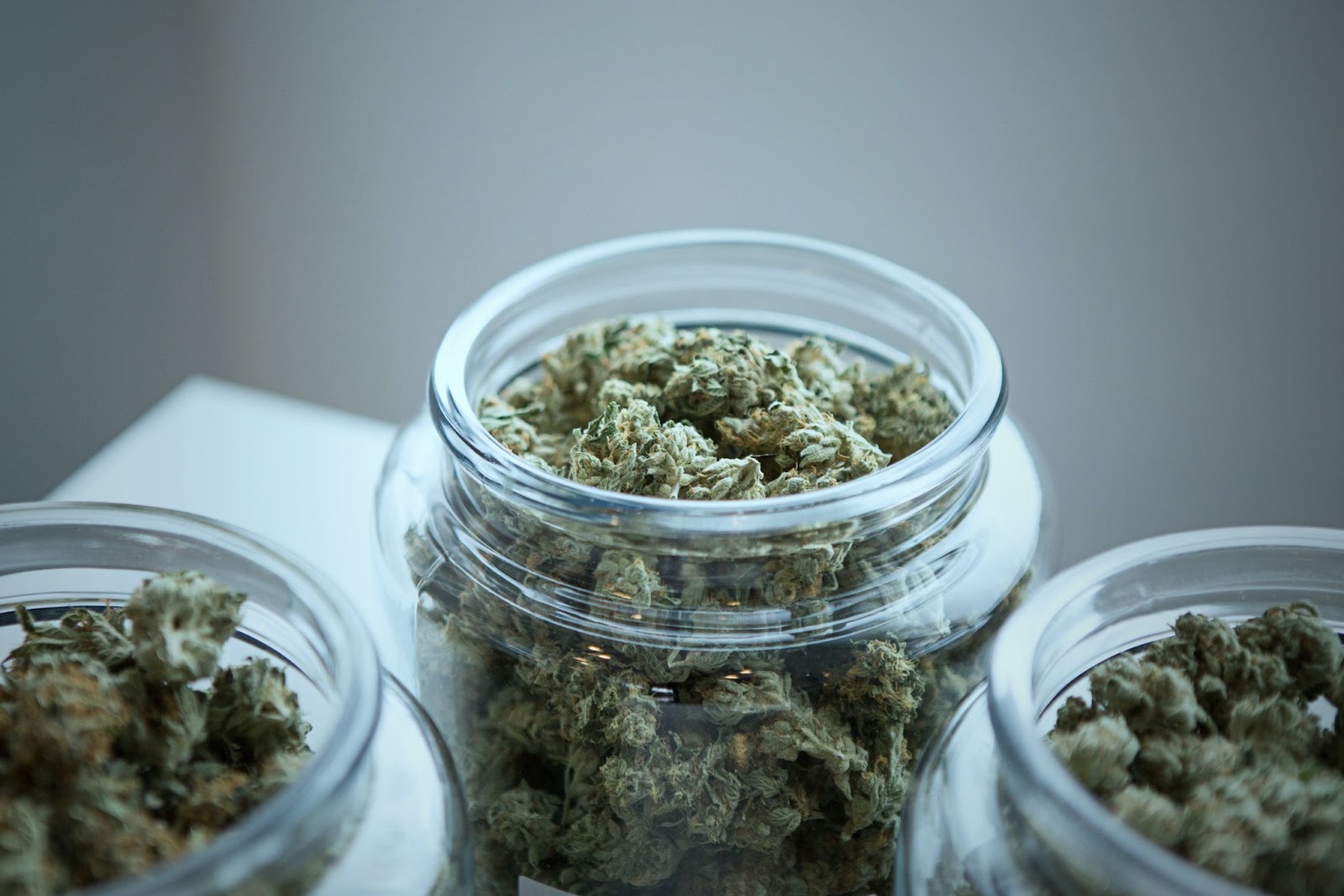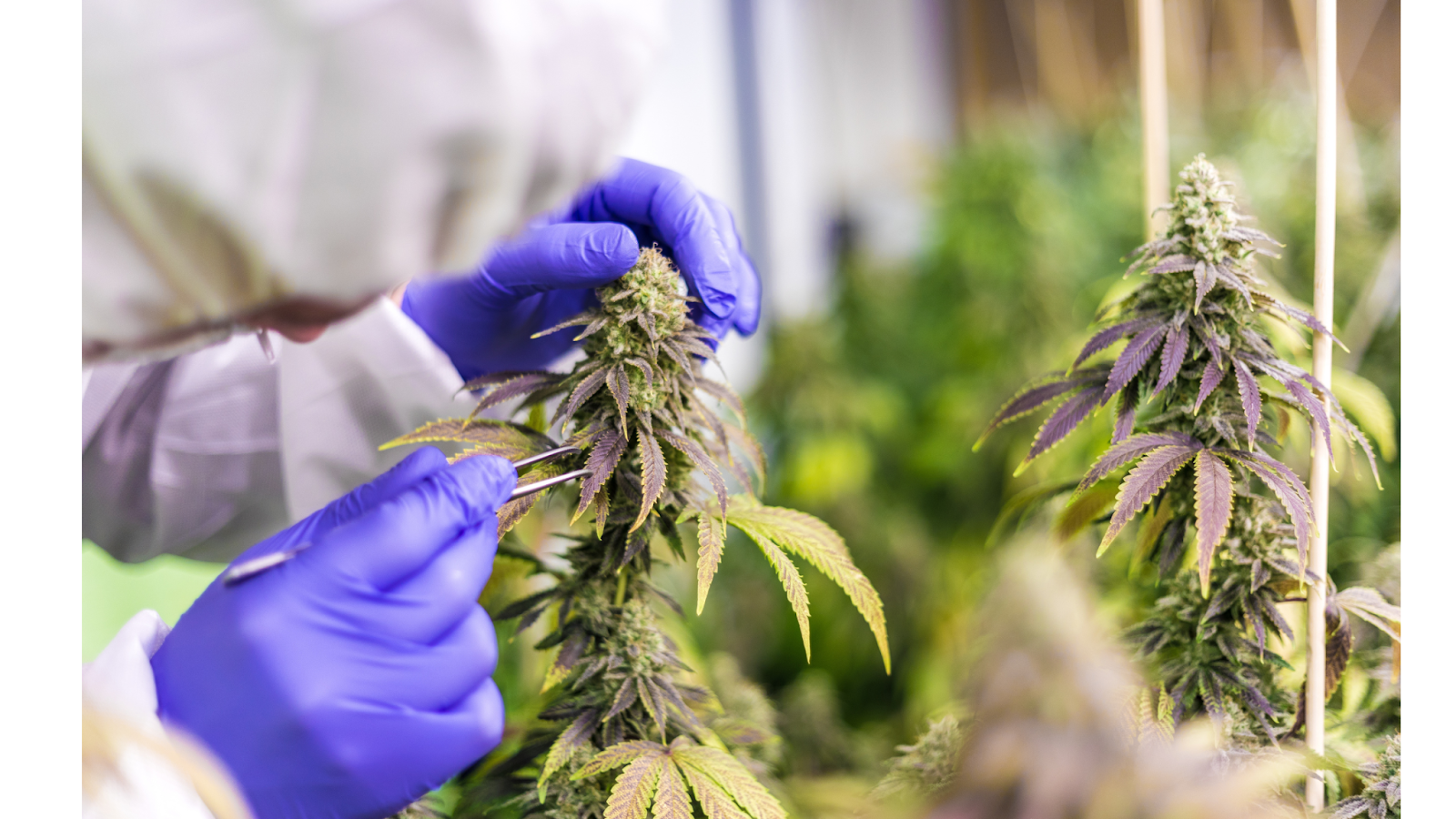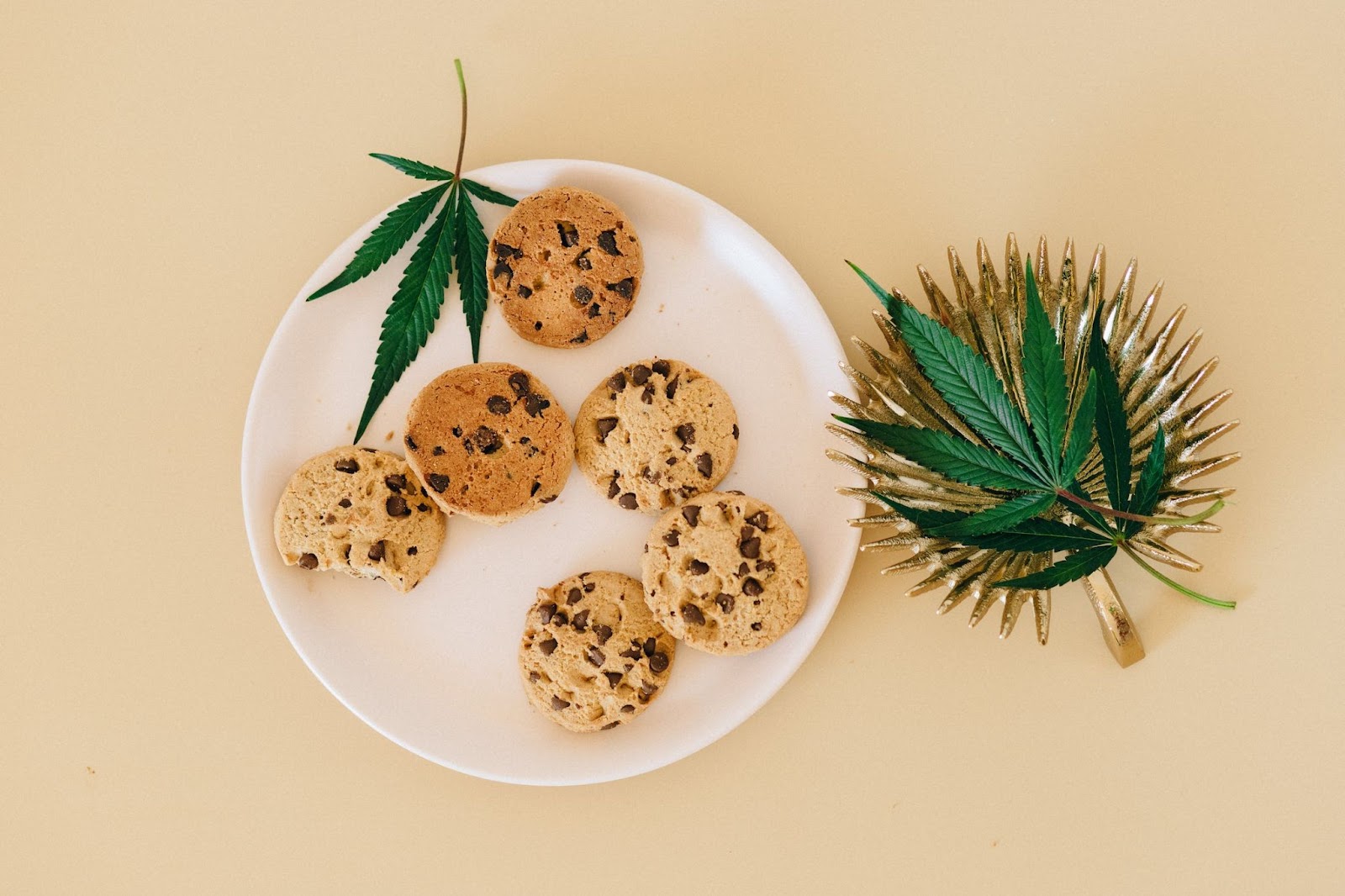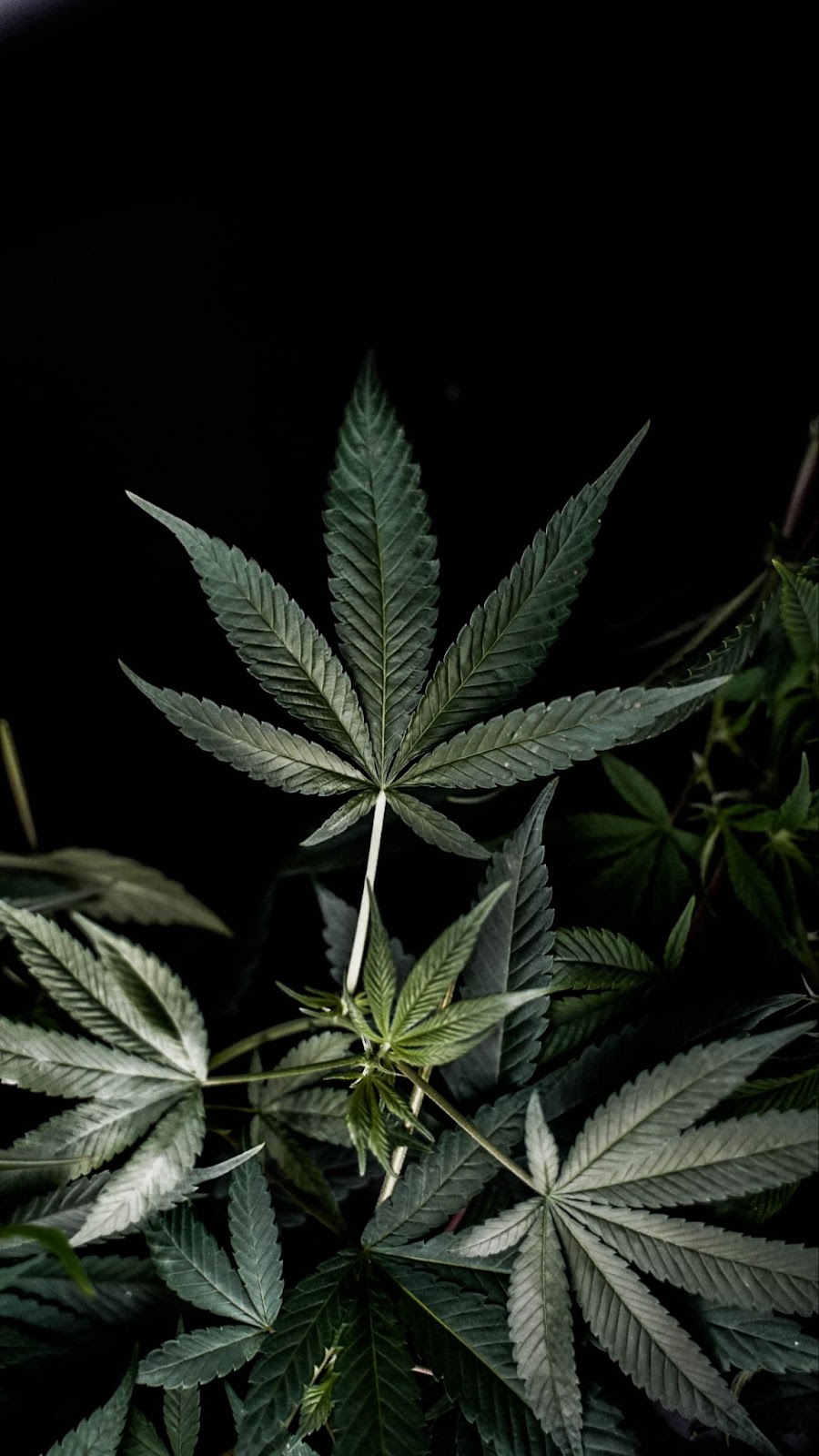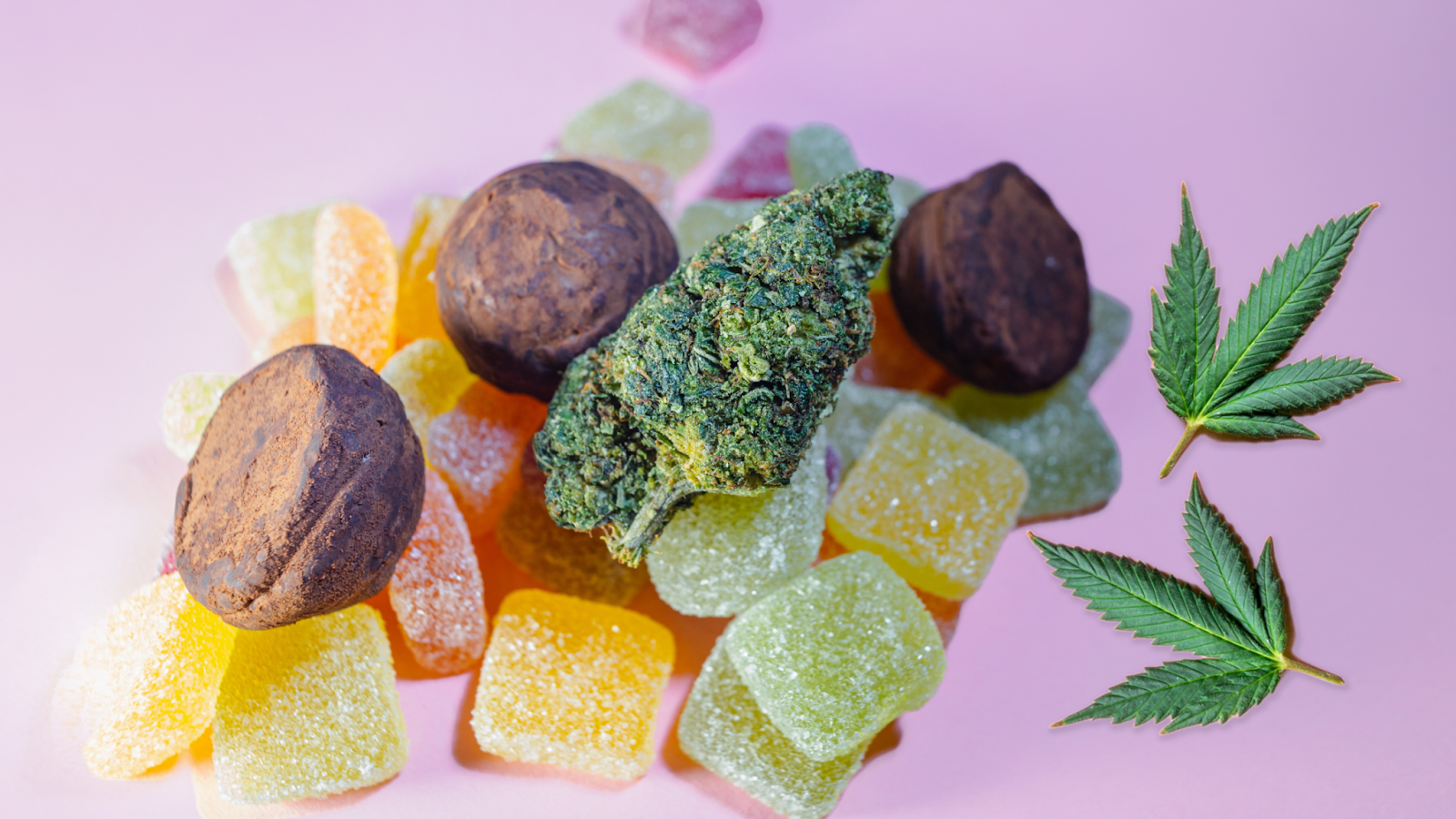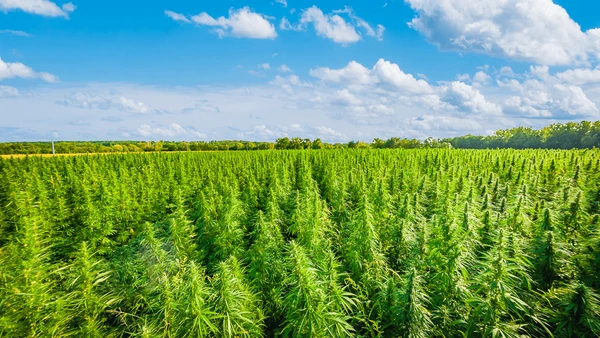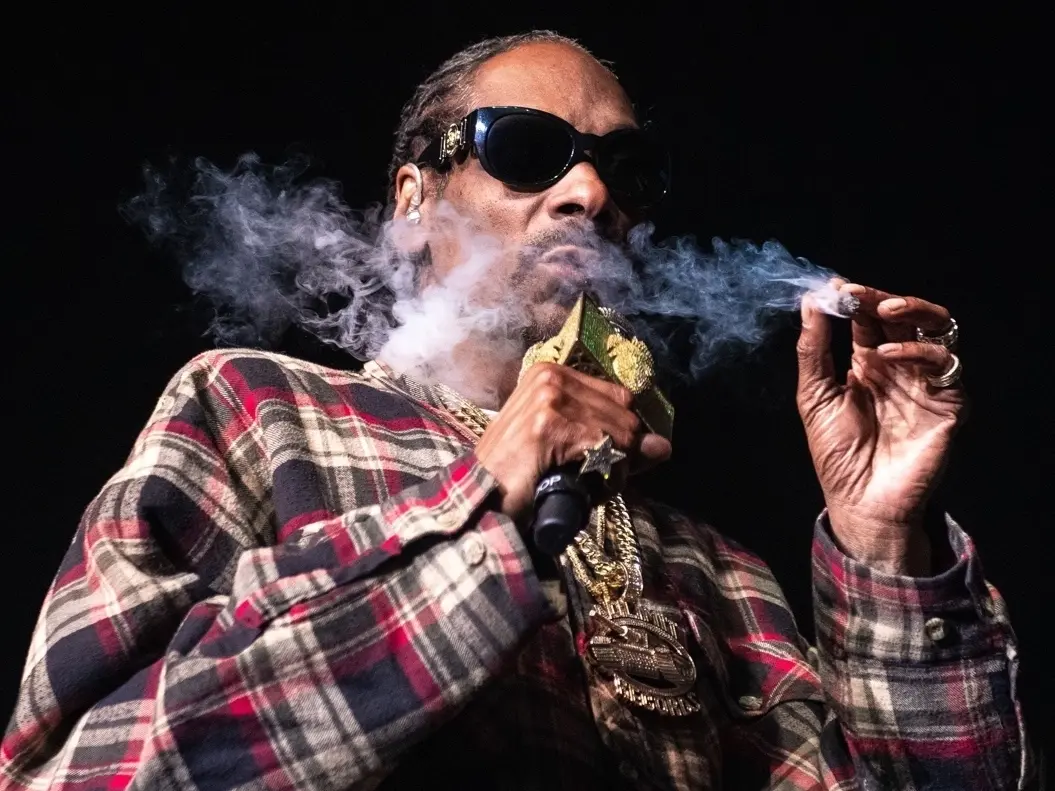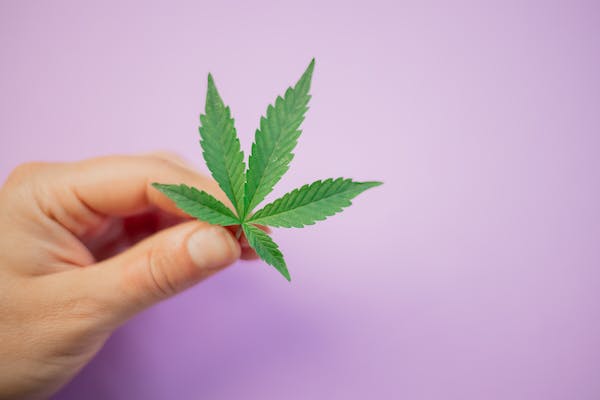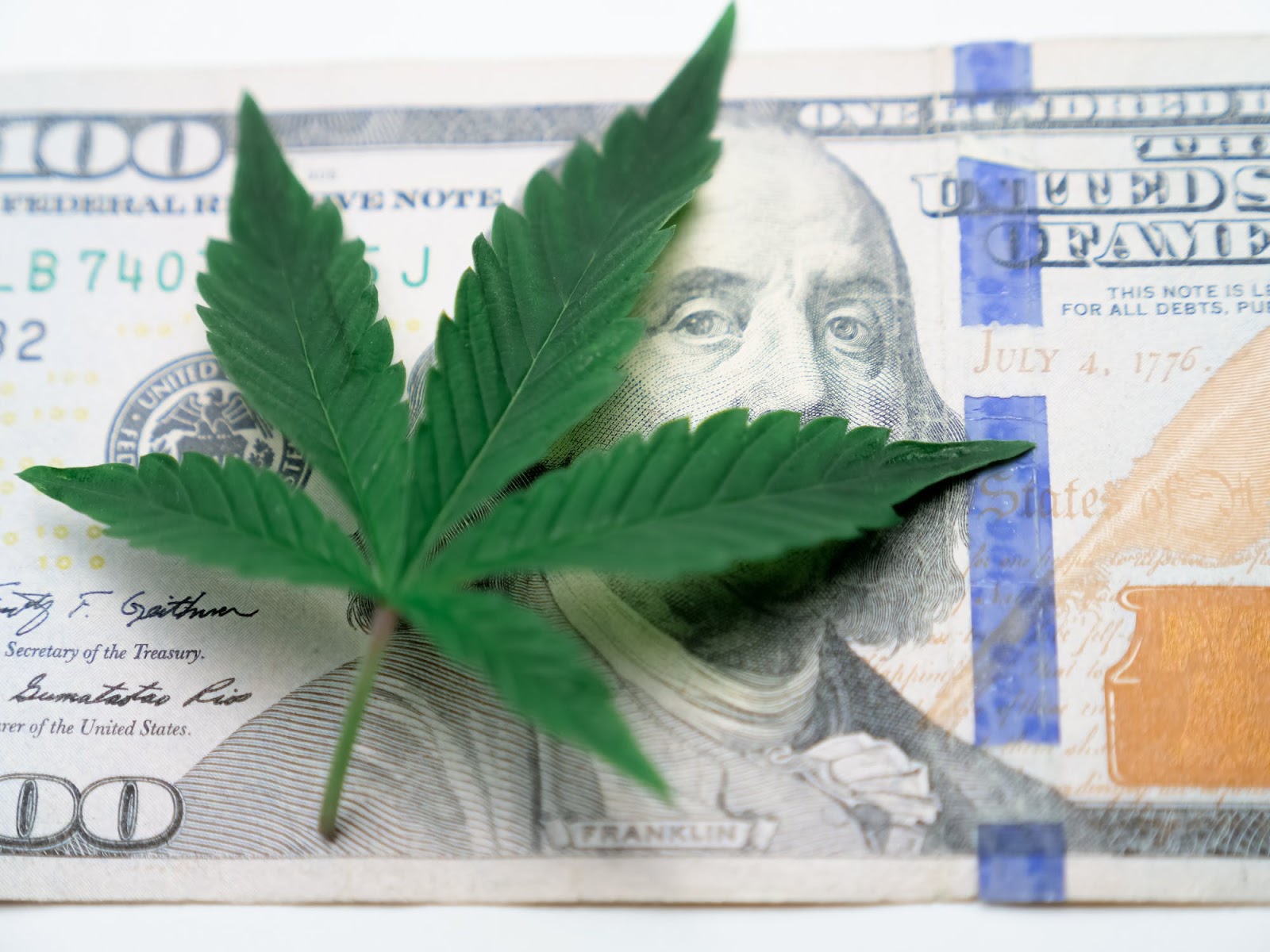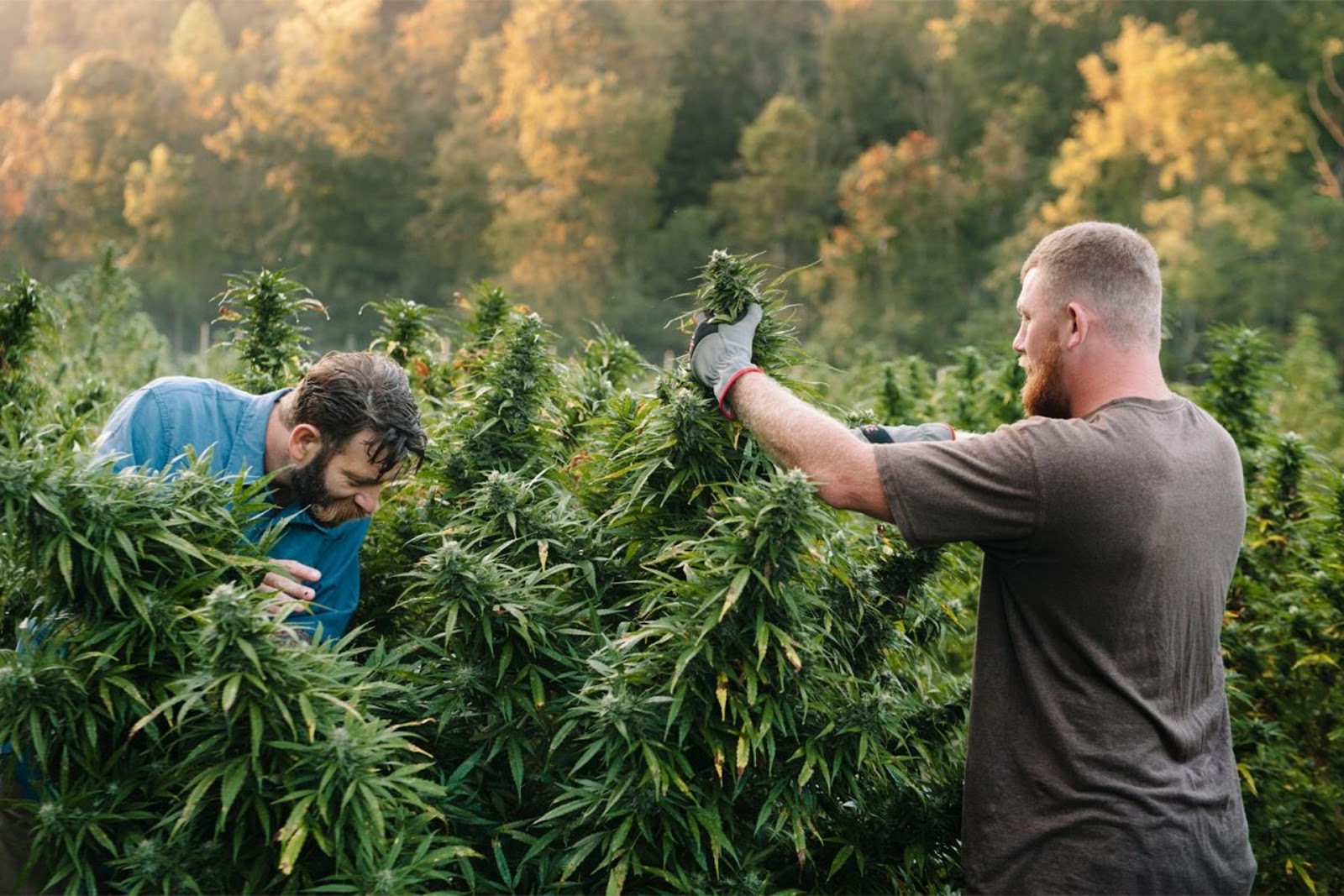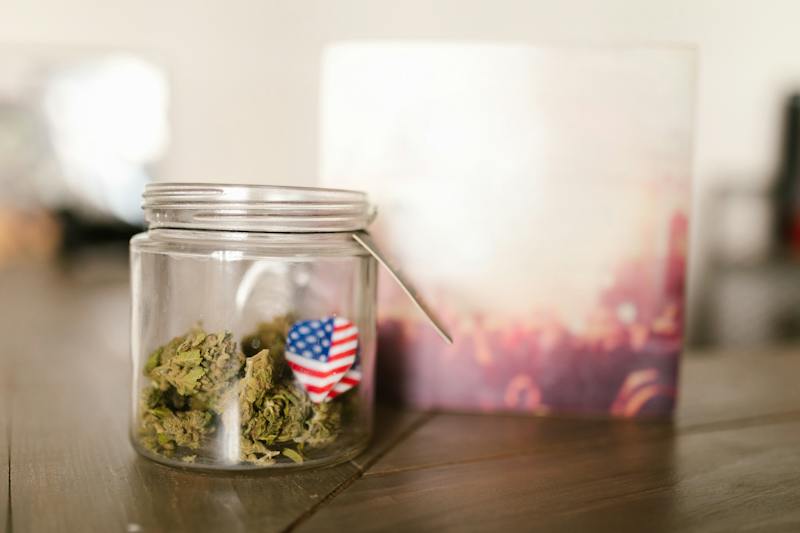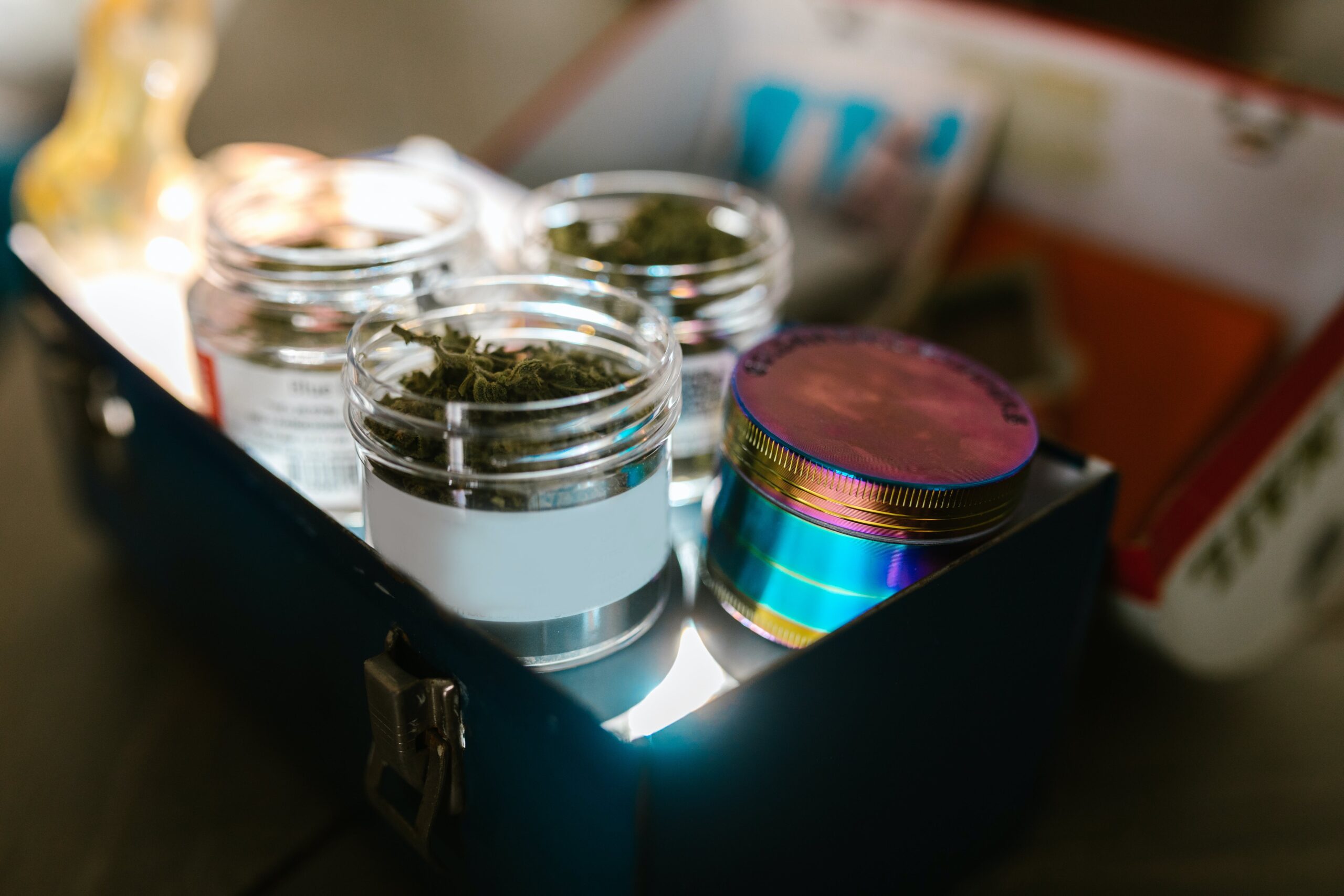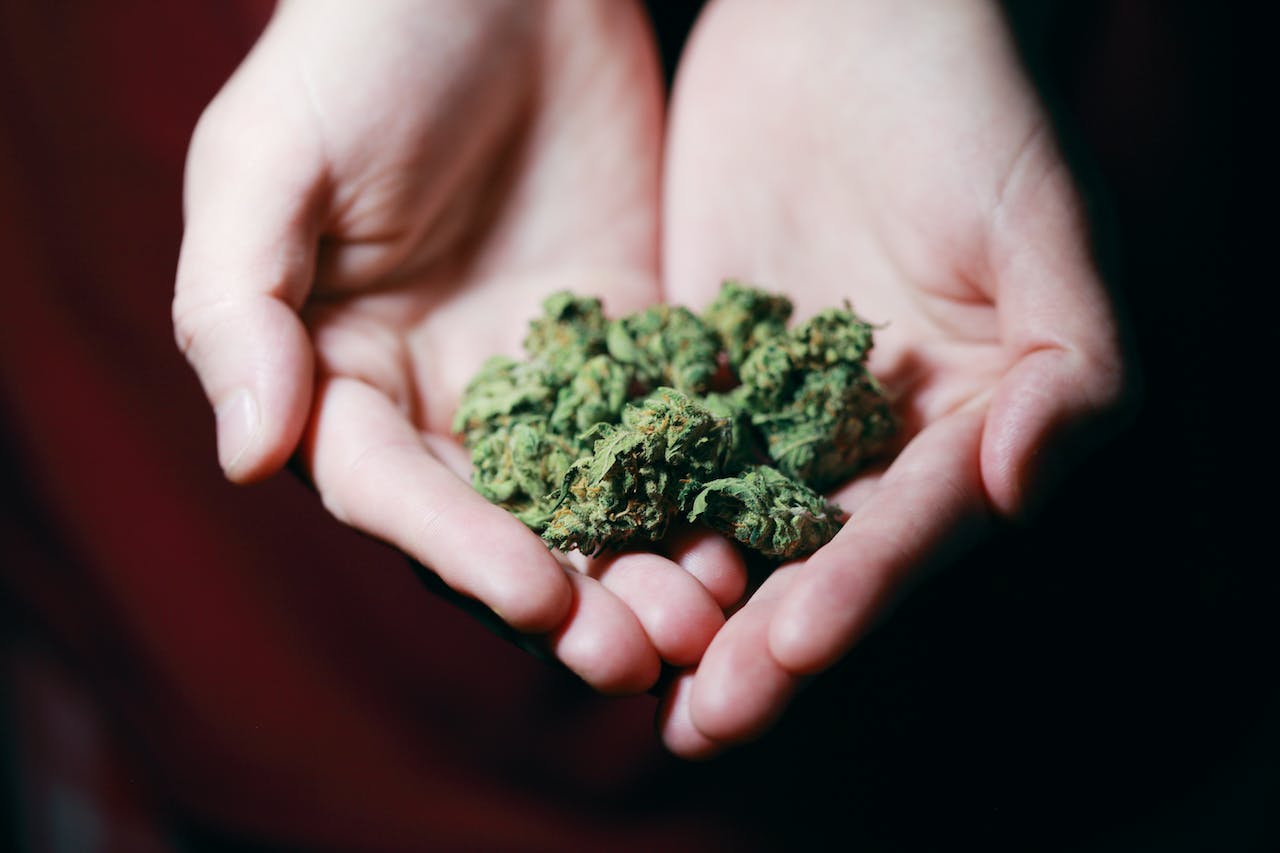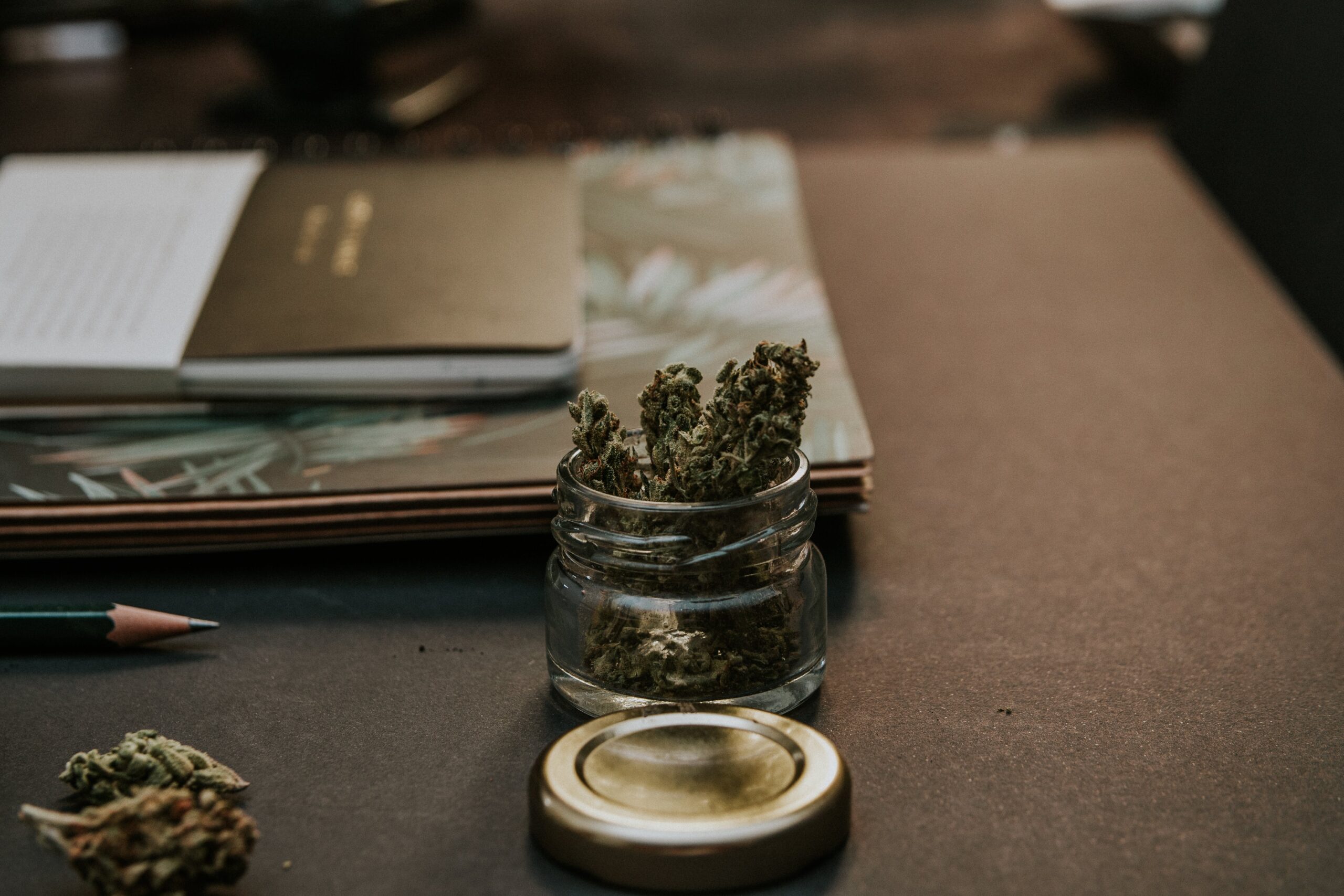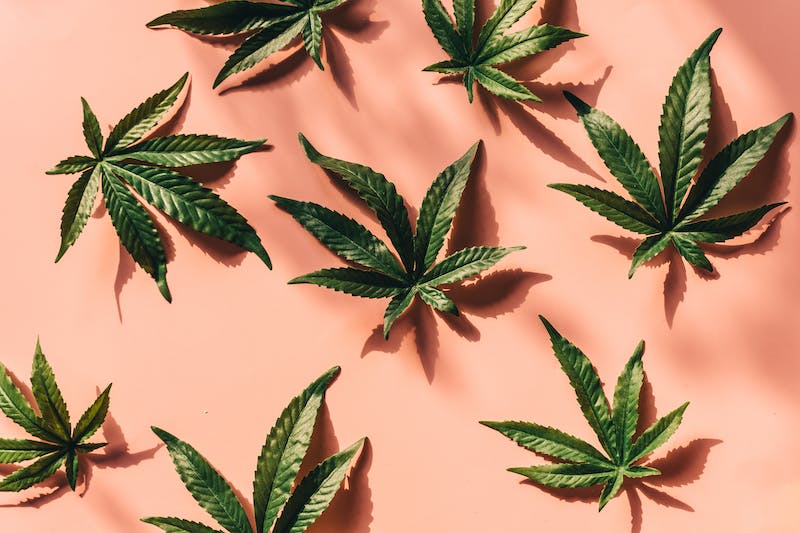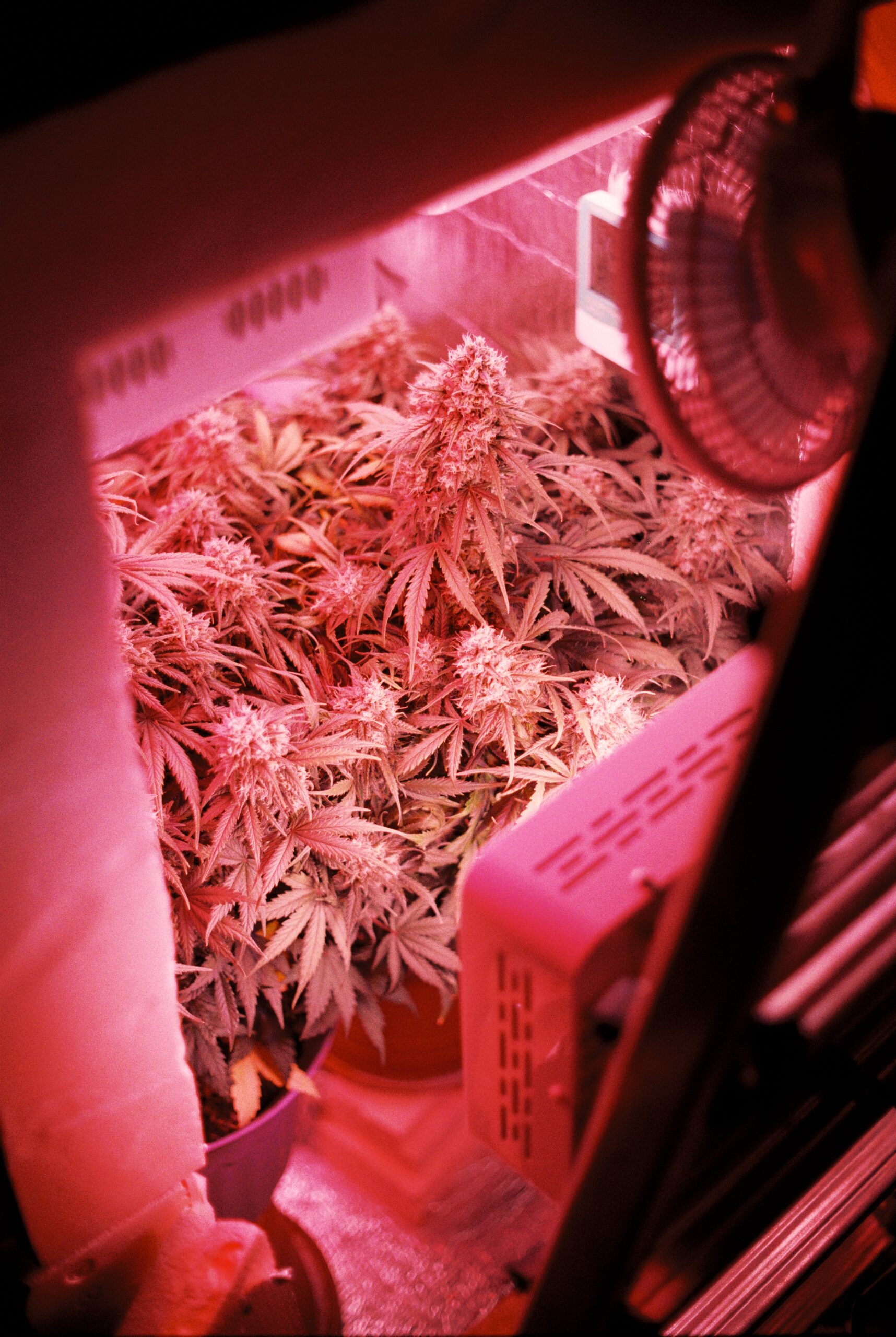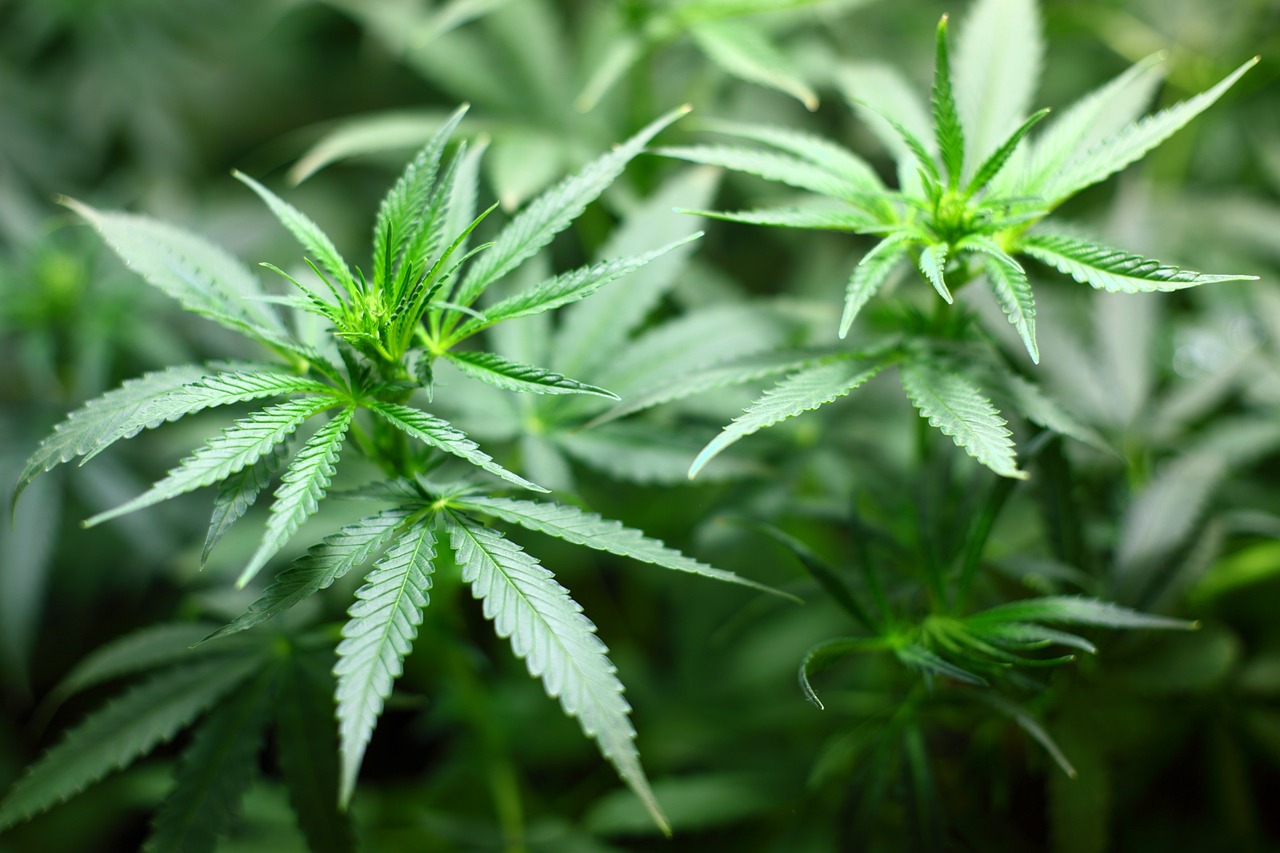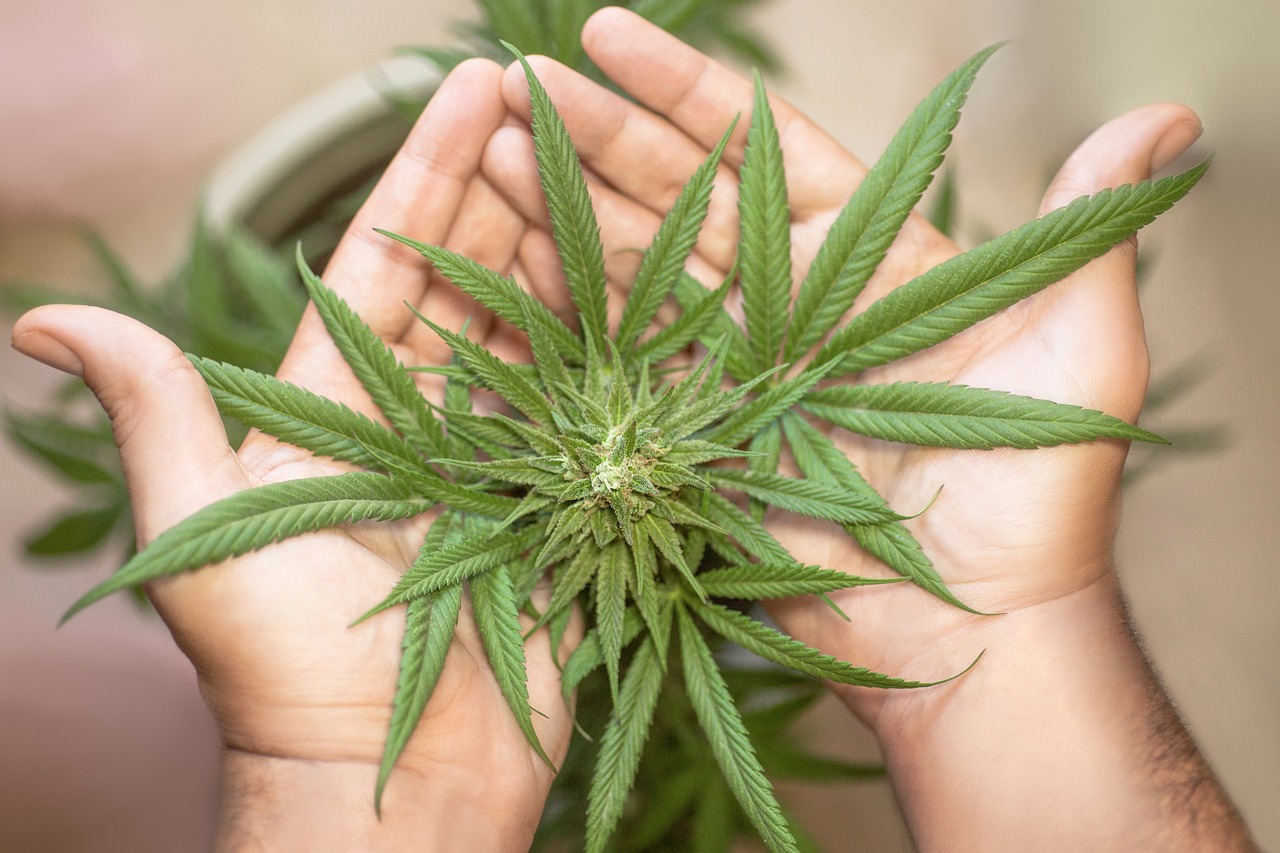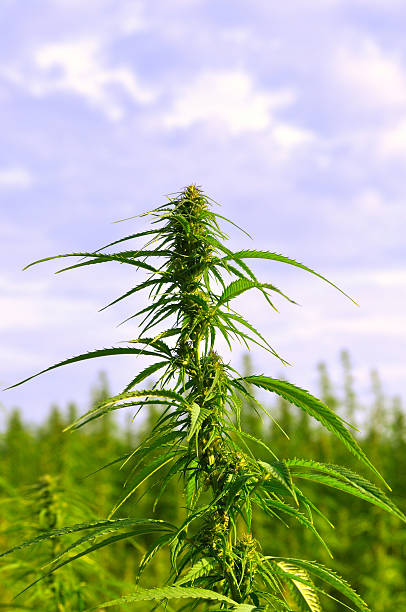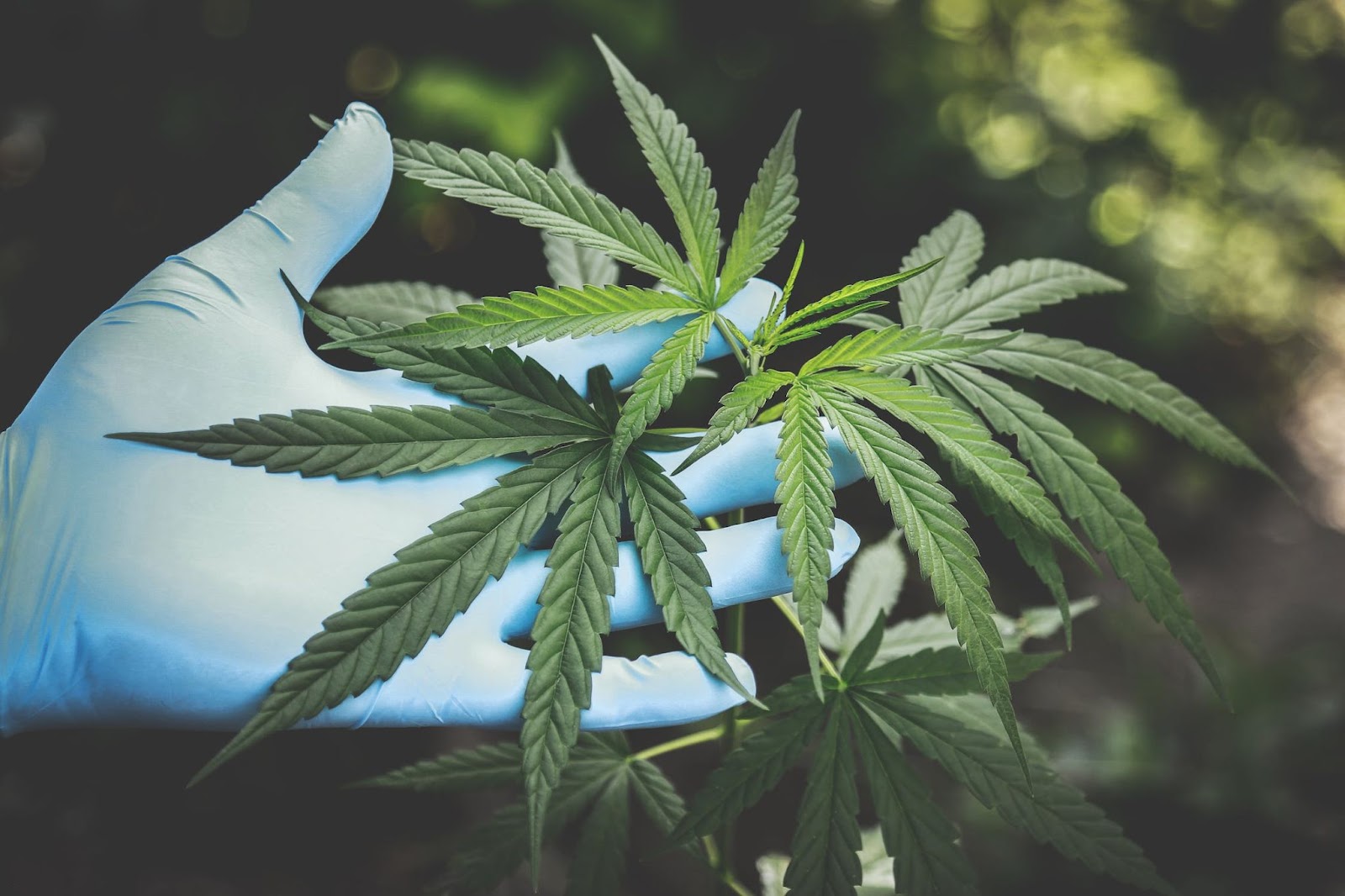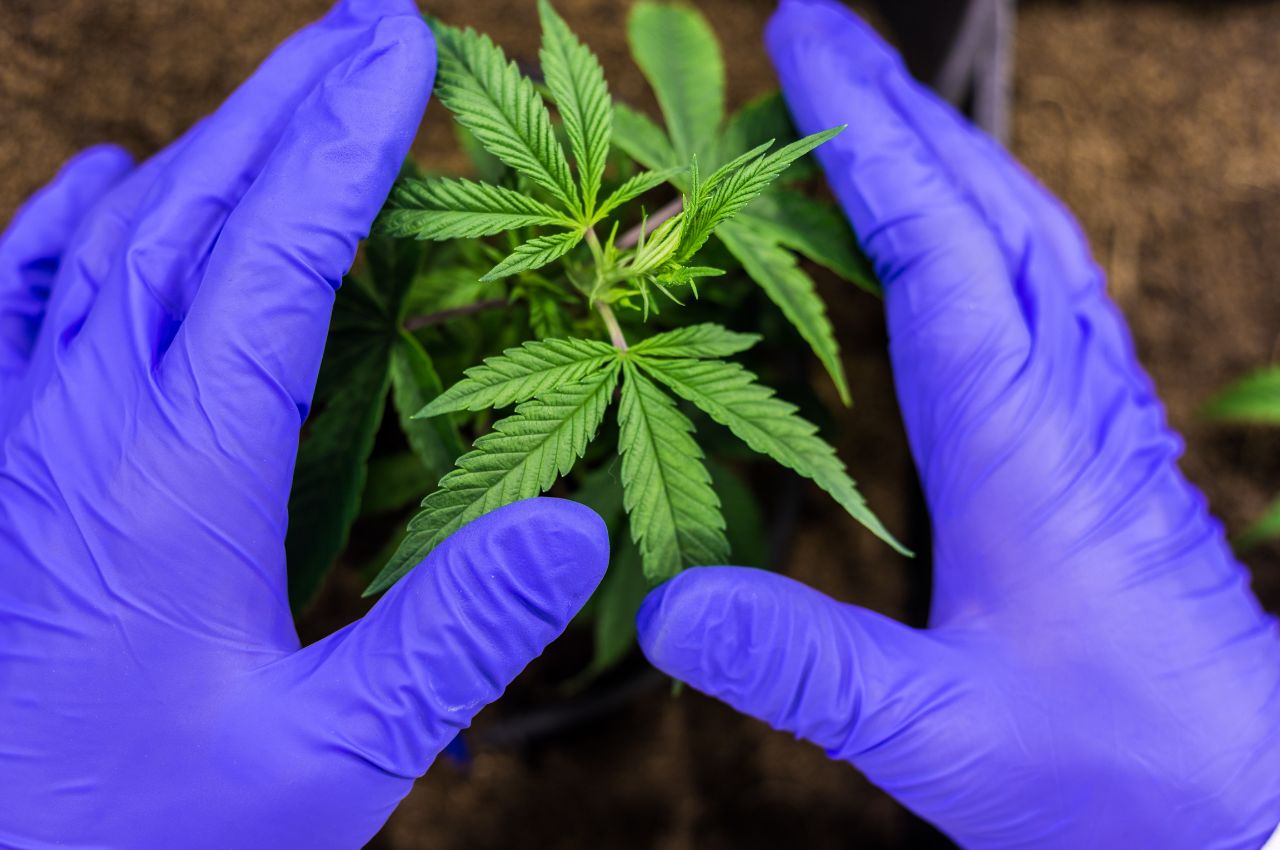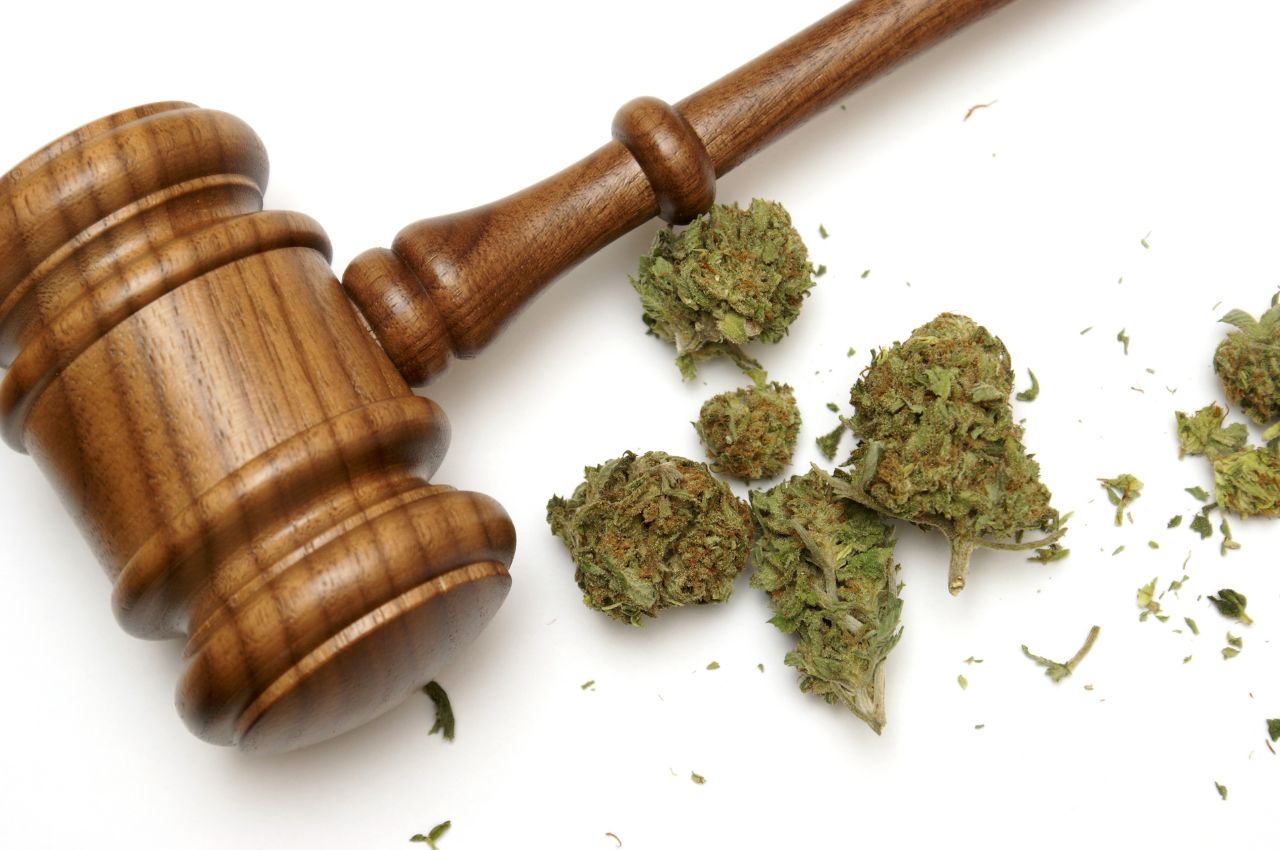A decade after the legalization of cannabis for casual use by adults, scientists are grappling with the challenge of providing evidence-based guidance on the health risks it can have for teenagers. Krista Lisdahl, a clinical neuropsychologist at the esteemed University of Wisconsin-Milwaukee, has devoted two decades to studying cannabis use among adolescents. Her studies have deepened her concern not just as a scientist but also as a parent to a teenage son. She envisions her son in a world where drugs have become increasingly prevalent, yet Lisdahl is struggling to present evidence-based recommendations.
In a culture where anti-drug campaigns have dwindled, and conflicting messages on cannabis risk are abundant, teenagers are still in the dark about the health hazards associated with cannabis. With the growing acceptance of cannabis, blanket warnings have been rendered almost useless as adults have easy access to the drug. Lisdahl emphasizes the need for more conclusive evidence so parents can start discussing drug risks with their children.
Ten years after the legalization of cannabis, the data has shown no significant increase in cannabis usage among teens. However, there are discernible trends toward more problematic usage. Approximately one-third of regular adolescent cannabis users have exhibited signs of cannabis use disorder. Experimental studies have been paused due to cannabis illegality in many places, further challenging advanced studies on the diverse products and potencies available.
Nora Volkow, director of the National Institute on Drug Abuse, has expressed concern about society unwittingly embracing a significant public health problem that is similar to the tobacco epidemic. In response, an Adolescent Brain Cognitive Development (ABCD) study was initiated in 2015 that aimed to monitor brain development in over 10,000 children from ages 9 to 10. As the participants, now aged between 16 and 18, have begun encountering cannabis, the study is likely to provide a comprehensive understanding of the drug’s impact.
Contrary to initial worries, cannabis legalization hasn’t spiked its use among adolescents. For instance, in Colorado, surveys indicate a decline in cannabis use among students aged between 14 and 18. However, variations exist, as Uruguay witnessed an initial surge in usage among those aged 18 to 21, only to revert to pre-legalization levels.
The easy availability of drugs has posed potential health risks, particularly concerning psychosis. A Danish study has suggested a link between cannabis use disorder and schizophrenia, attributing around 15% of schizophrenia cases due to cannabis use. However, causation remains unclear, raising questions about self-medication and other influencing factors.
A survey conducted in the United States has revealed that 1 in 40 adolescents is addicted to cannabis, while 1 in 10 are using the drug without addiction. Even non-addicted users face elevated risks such as depression, academic struggles, and legal issues. Ariadne Rivera-Aguirre, a social epidemiologist at New York University, stresses the importance of measuring problematic levels of cannabis use. Delving into the intricate connections between cannabis and mental health, researchers have acknowledged the challenges of establishing causal relationships.
Mimicking natural cannabinoid neurotransmitters, cannabis activates receptors in the brain, particularly CB1 receptors associated with reward and executive functioning. Adolescents with strong CB1 receptors face potential risks, especially with high-potency THC products. Studies have shown that consistent cannabis use in adolescence can lead to lower average IQ scores and an increased risk of long-term use.
Researchers like James MacKillop of McMaster University and Angela Bryan in Colorado have devised creative solutions, such as mobile laboratories, to study real-world cannabis use. This initiative hints at the urgency to understand the evolving cannabis landscape and its potential impact on the teenage psyche.
As conflicting opinions surrounding cannabis legalization continue, Krista Lisdahl, along with many concerned parents and researchers, is seeking concrete guidance for teenagers. In this quest, studies are the only hope to not only elucidate the effects of cannabis but also spread awareness about policy and public discourse and empower teenagers to make better decisions.



